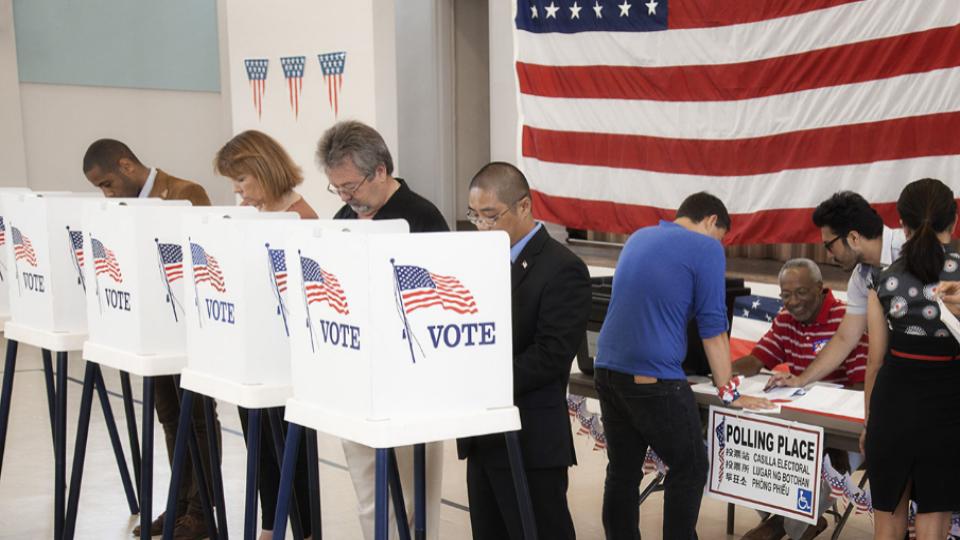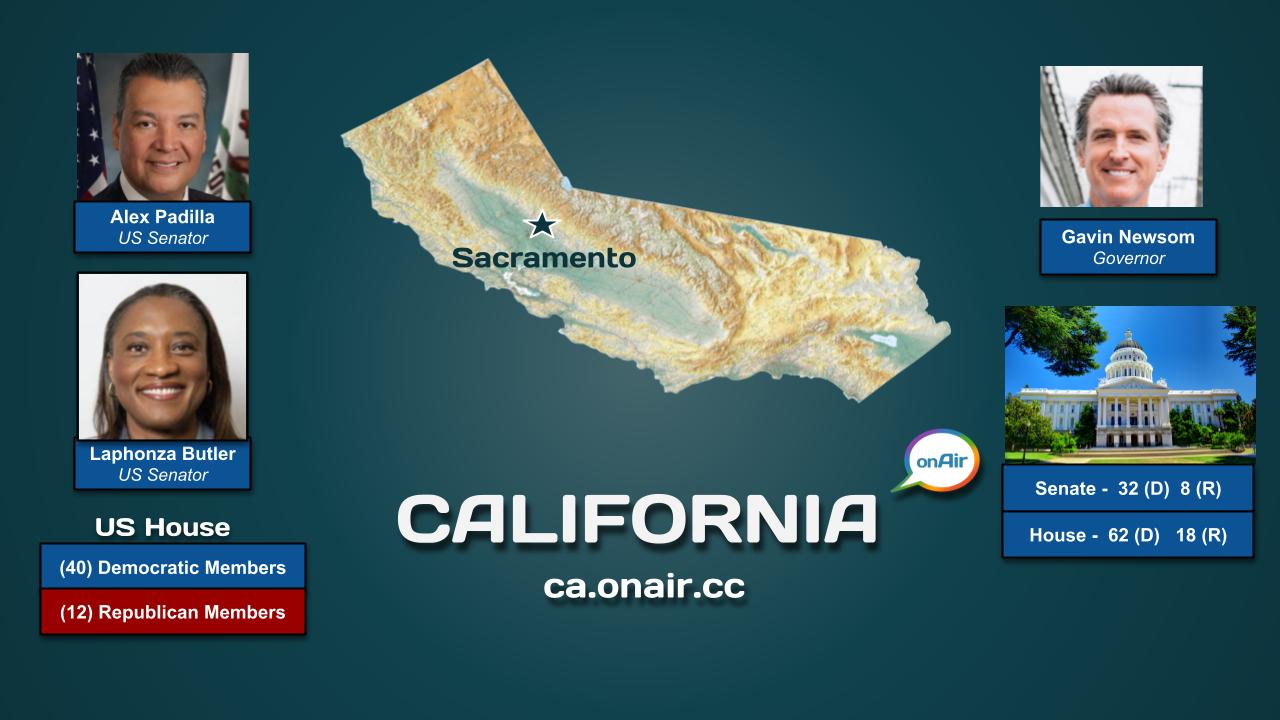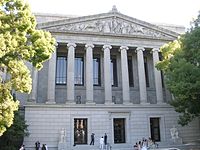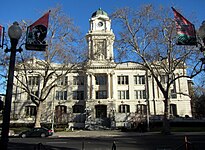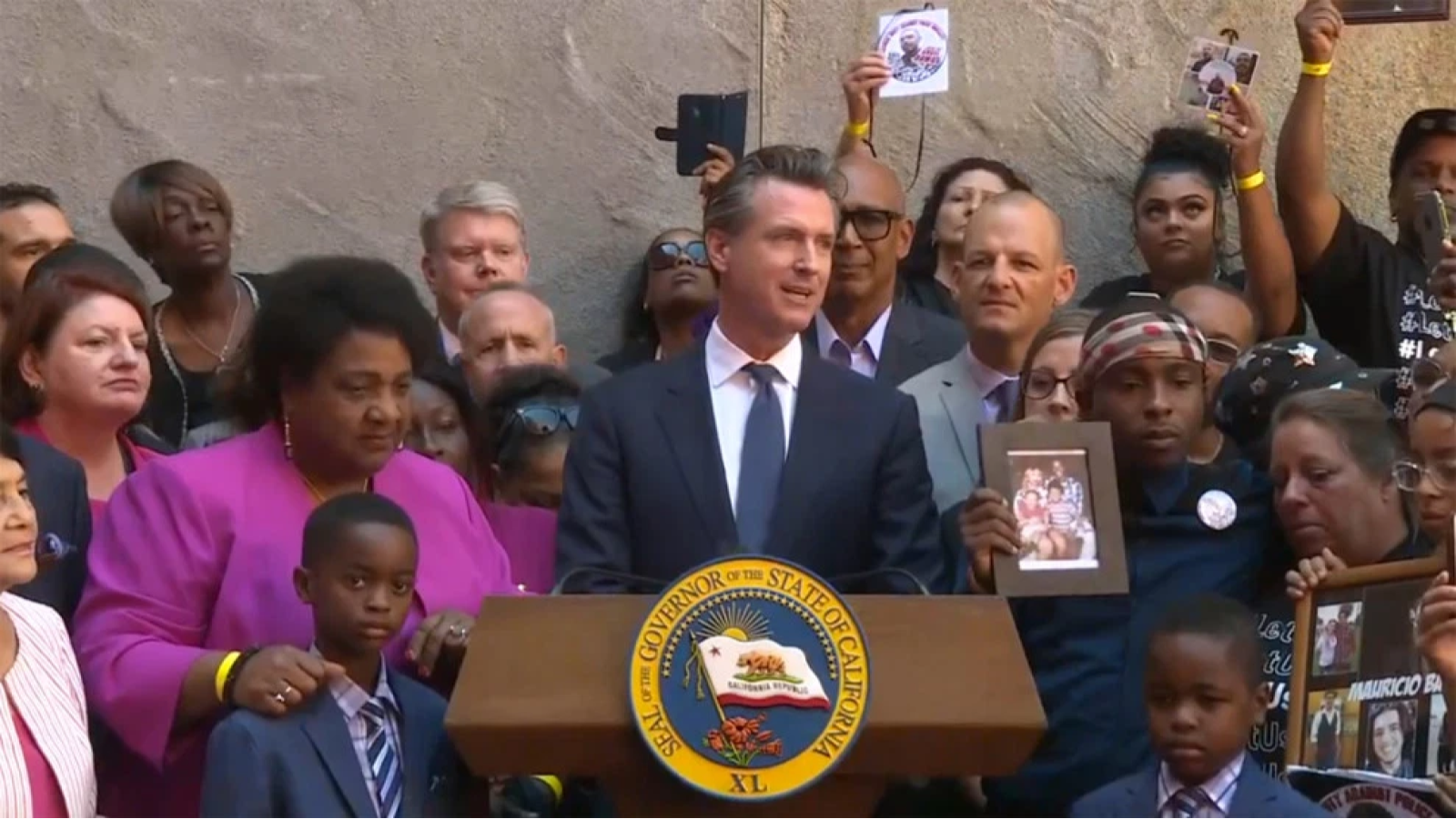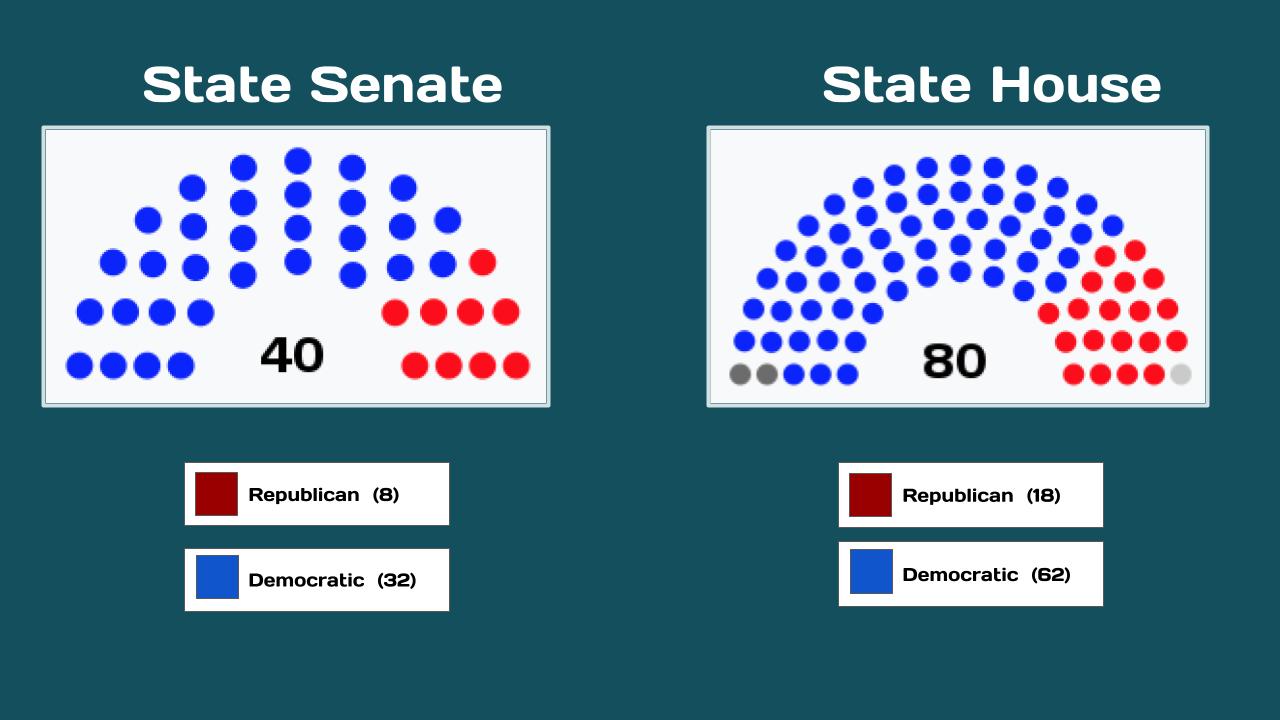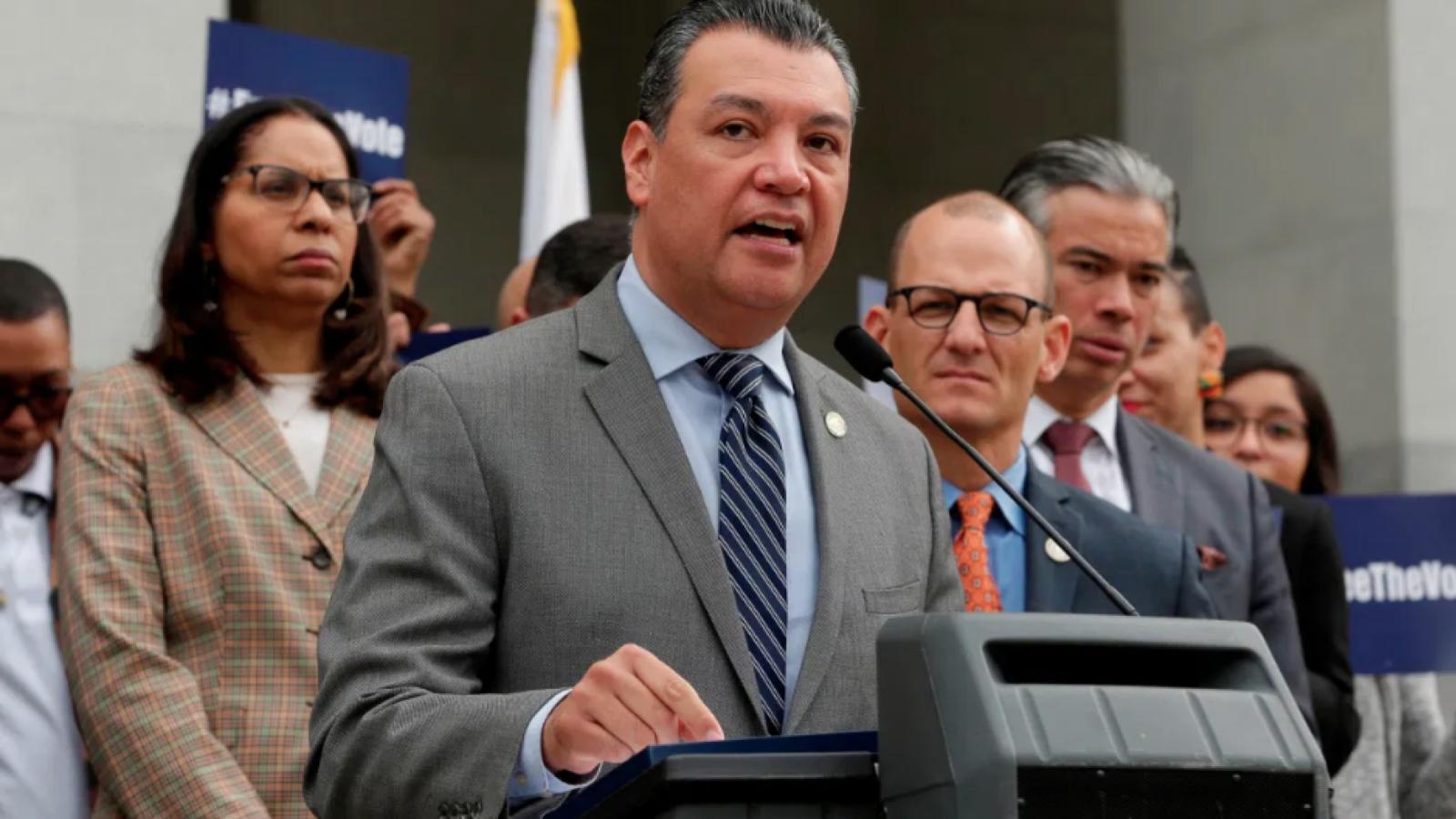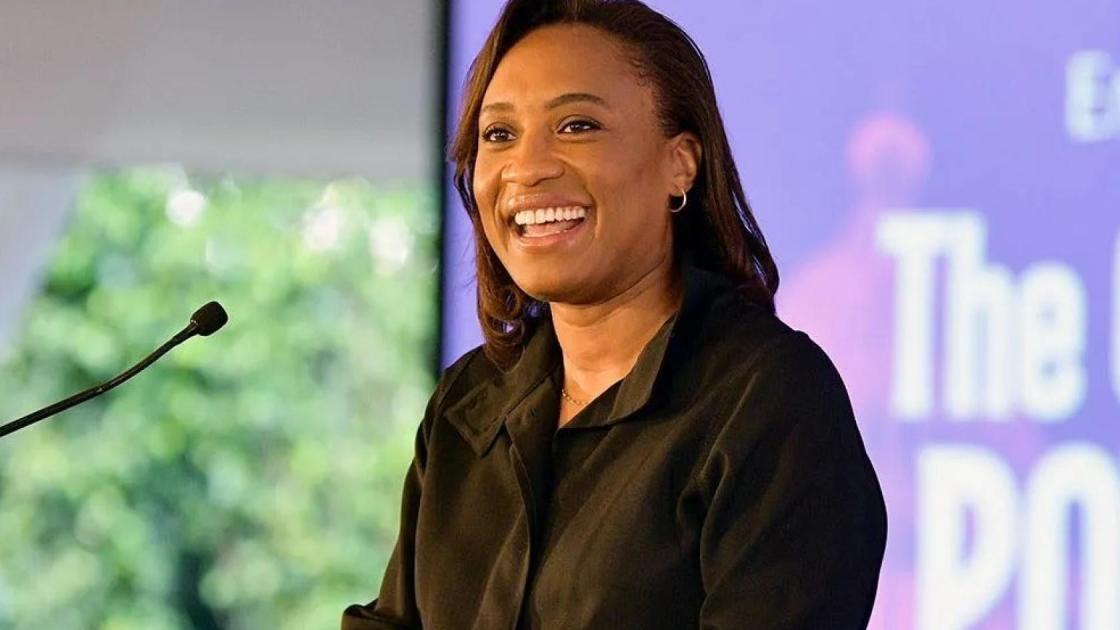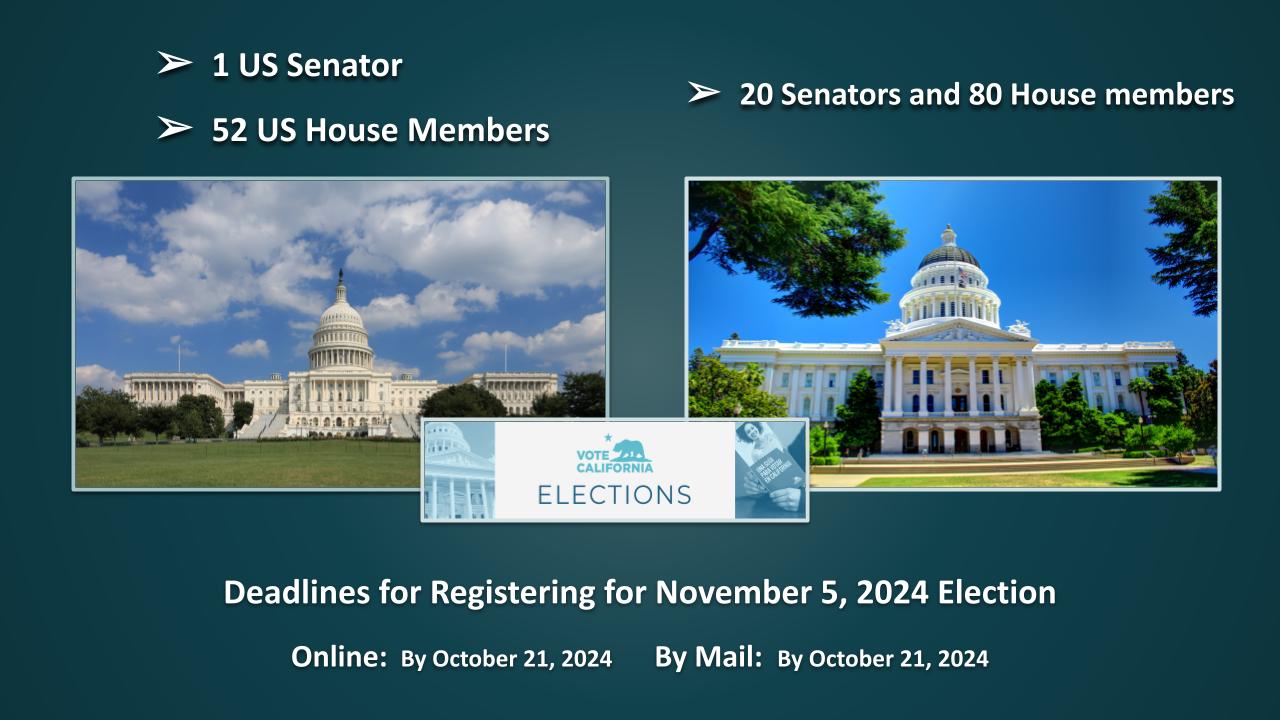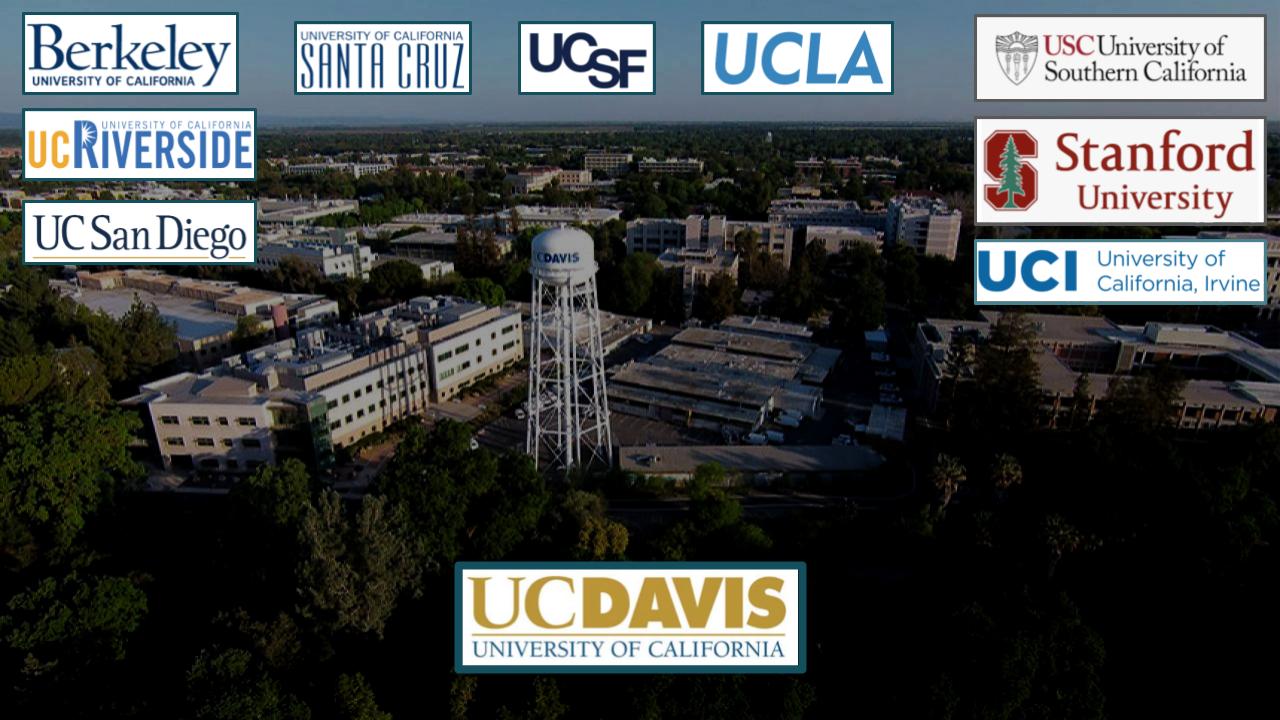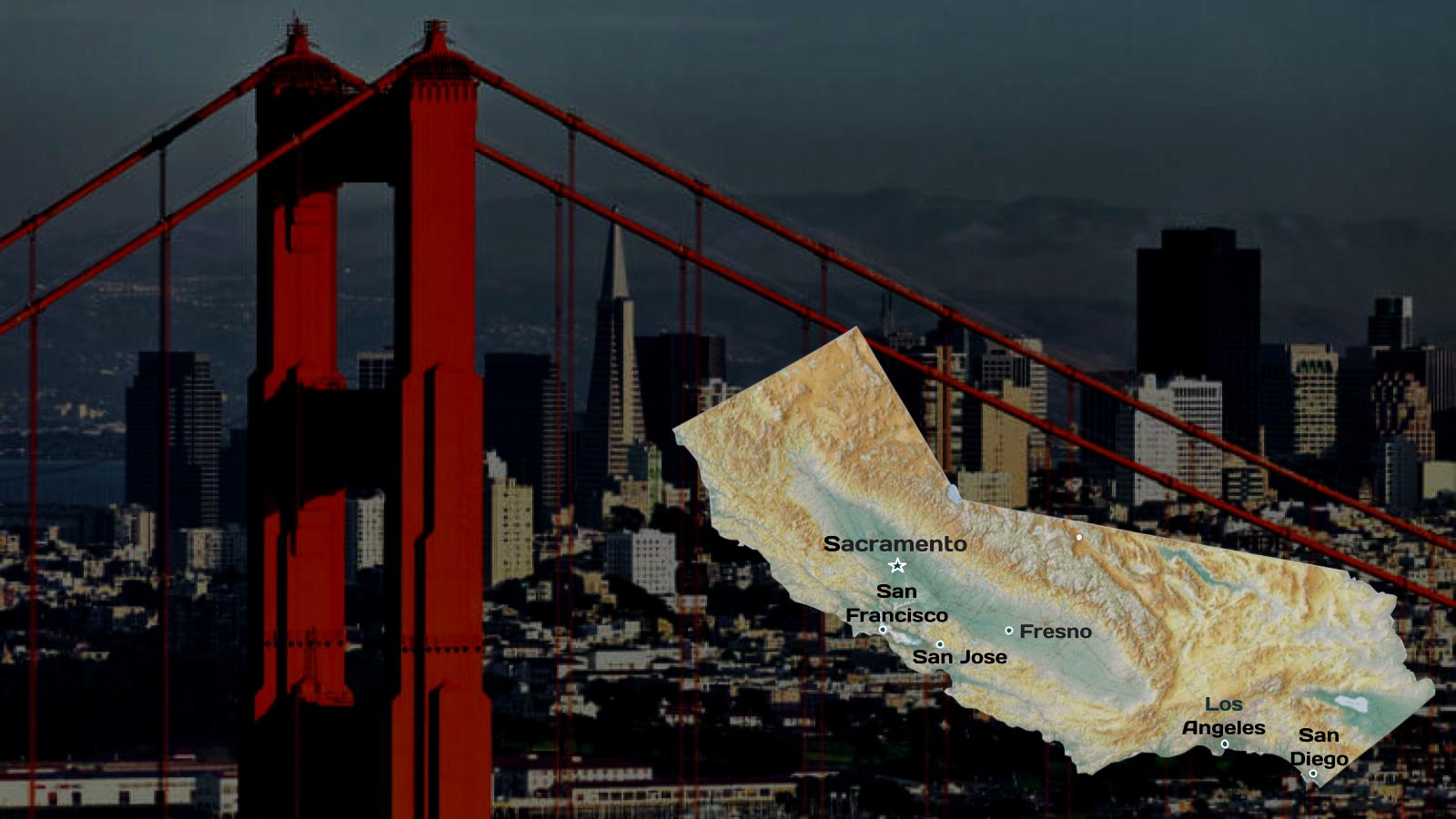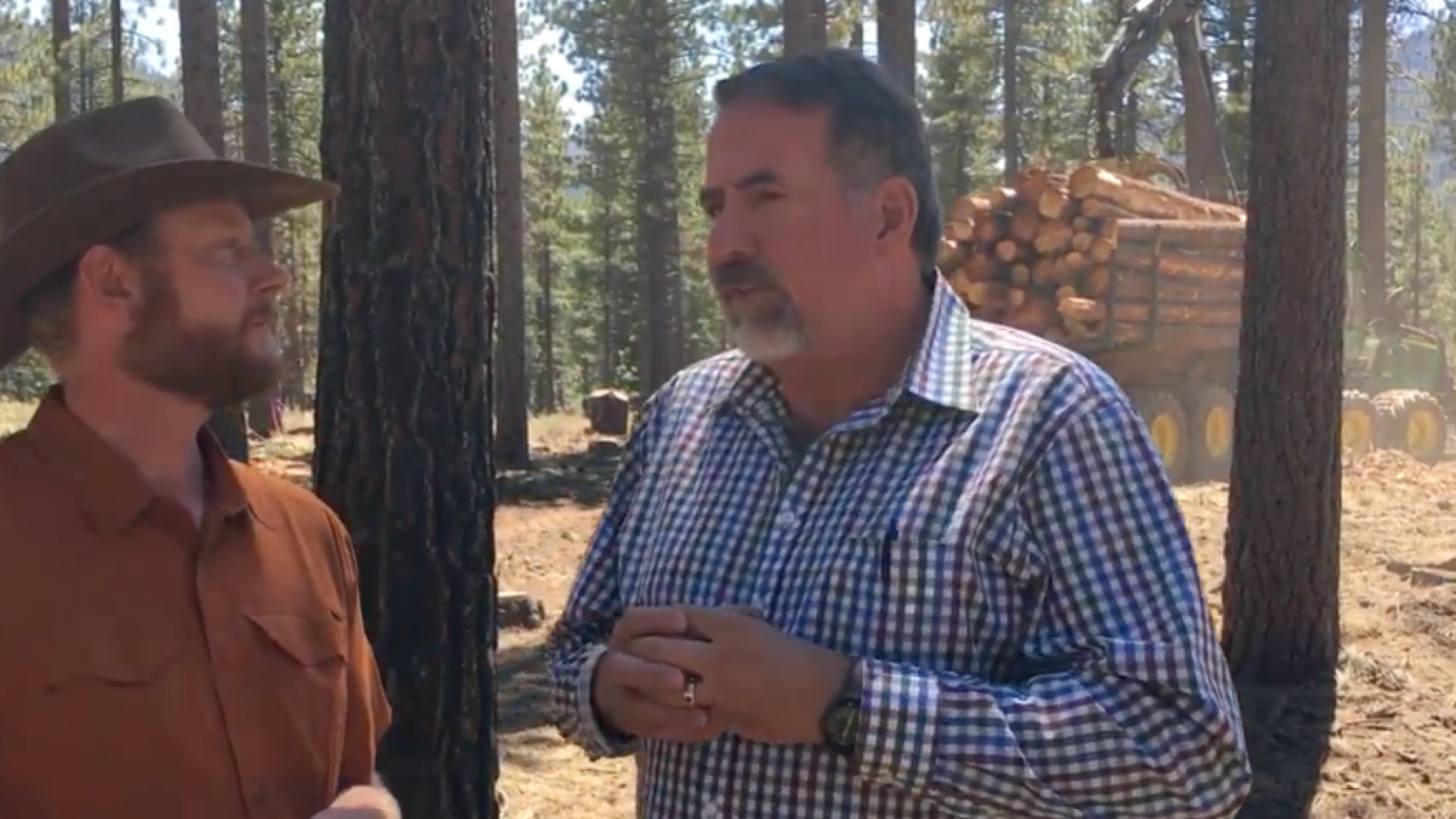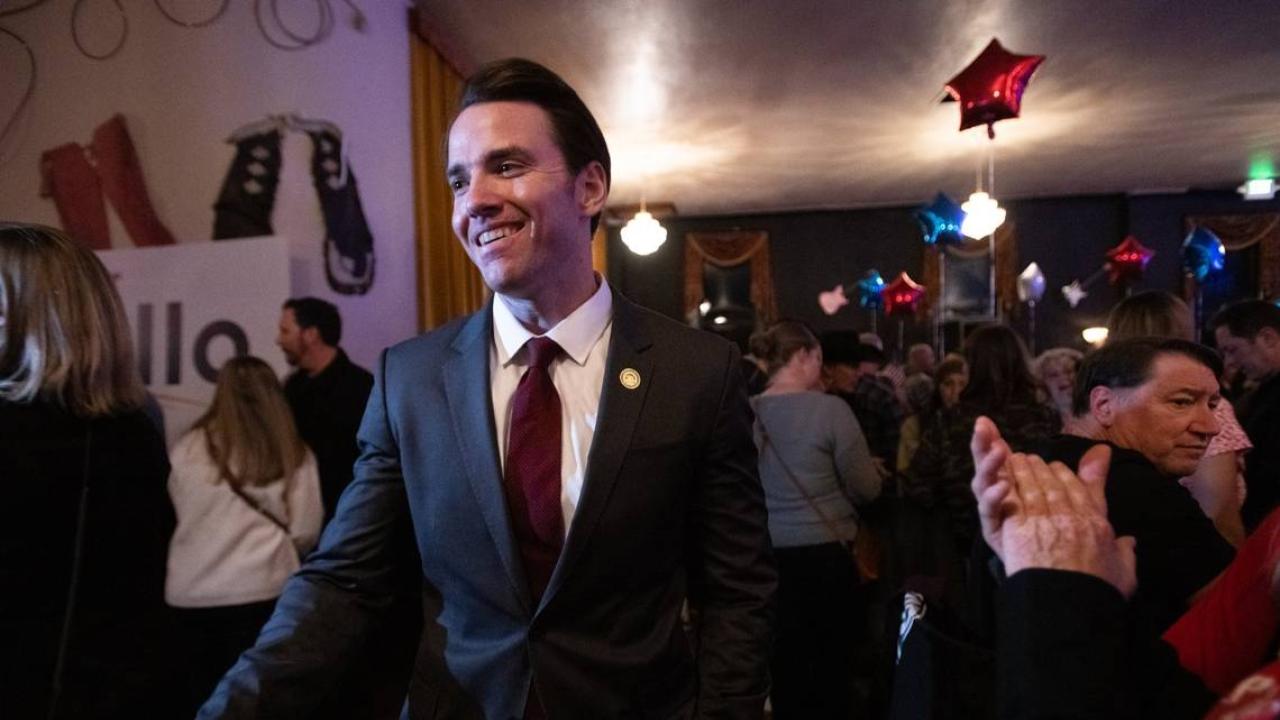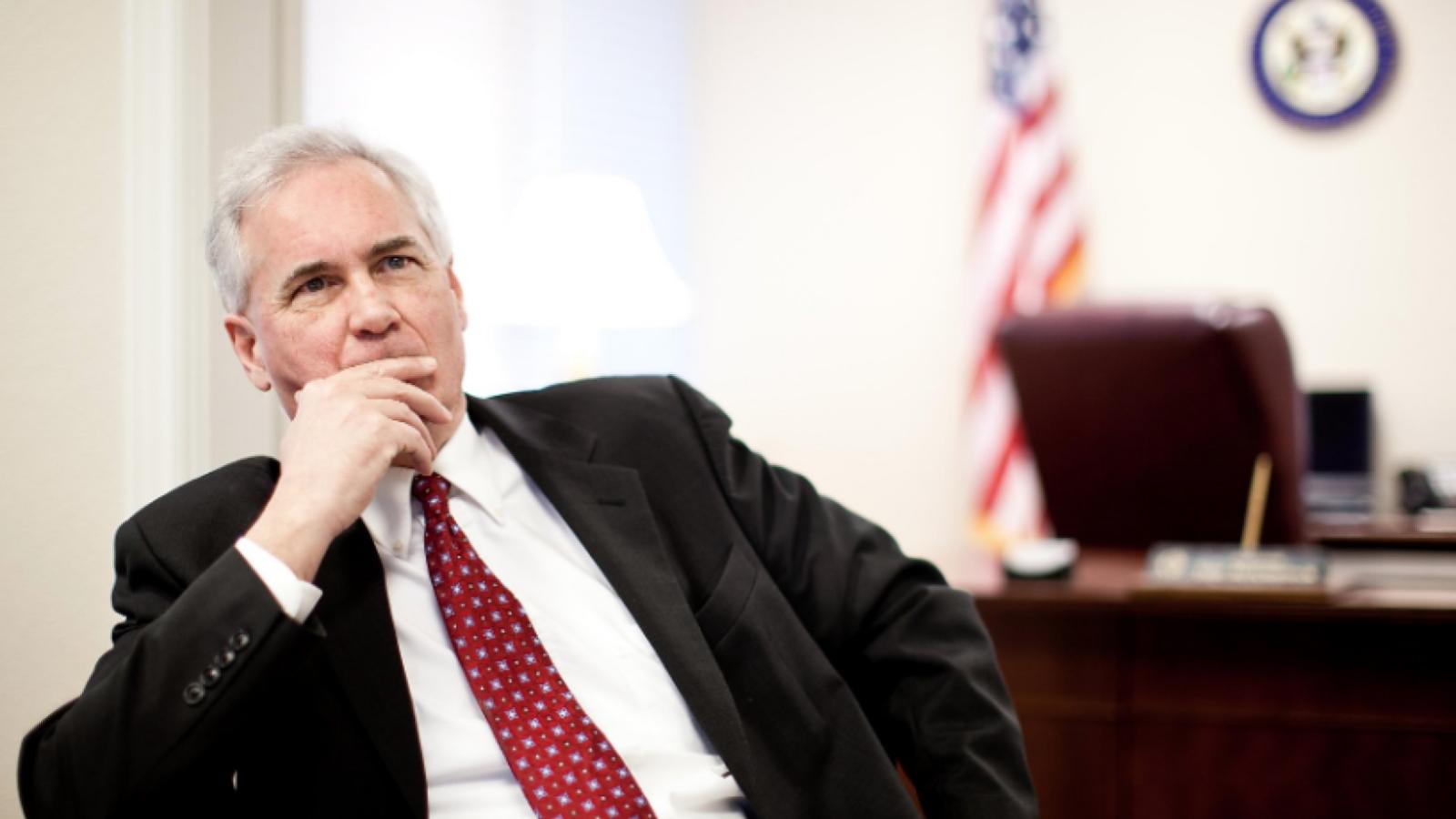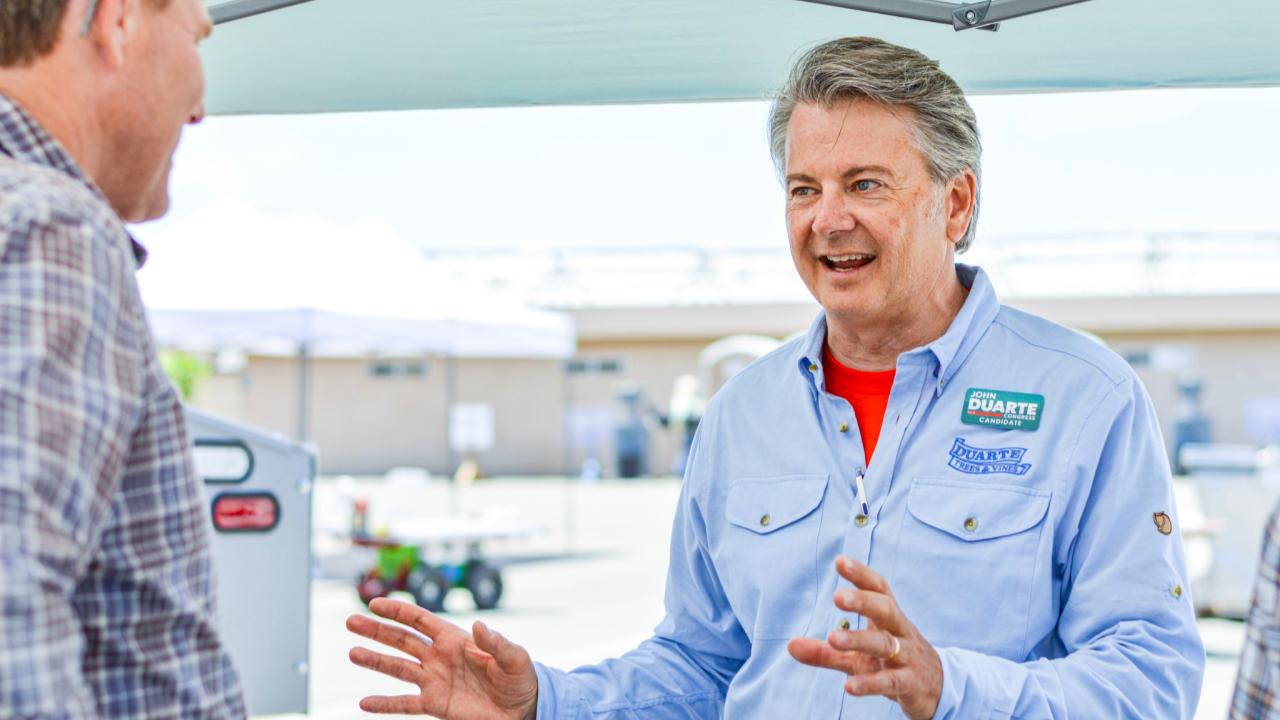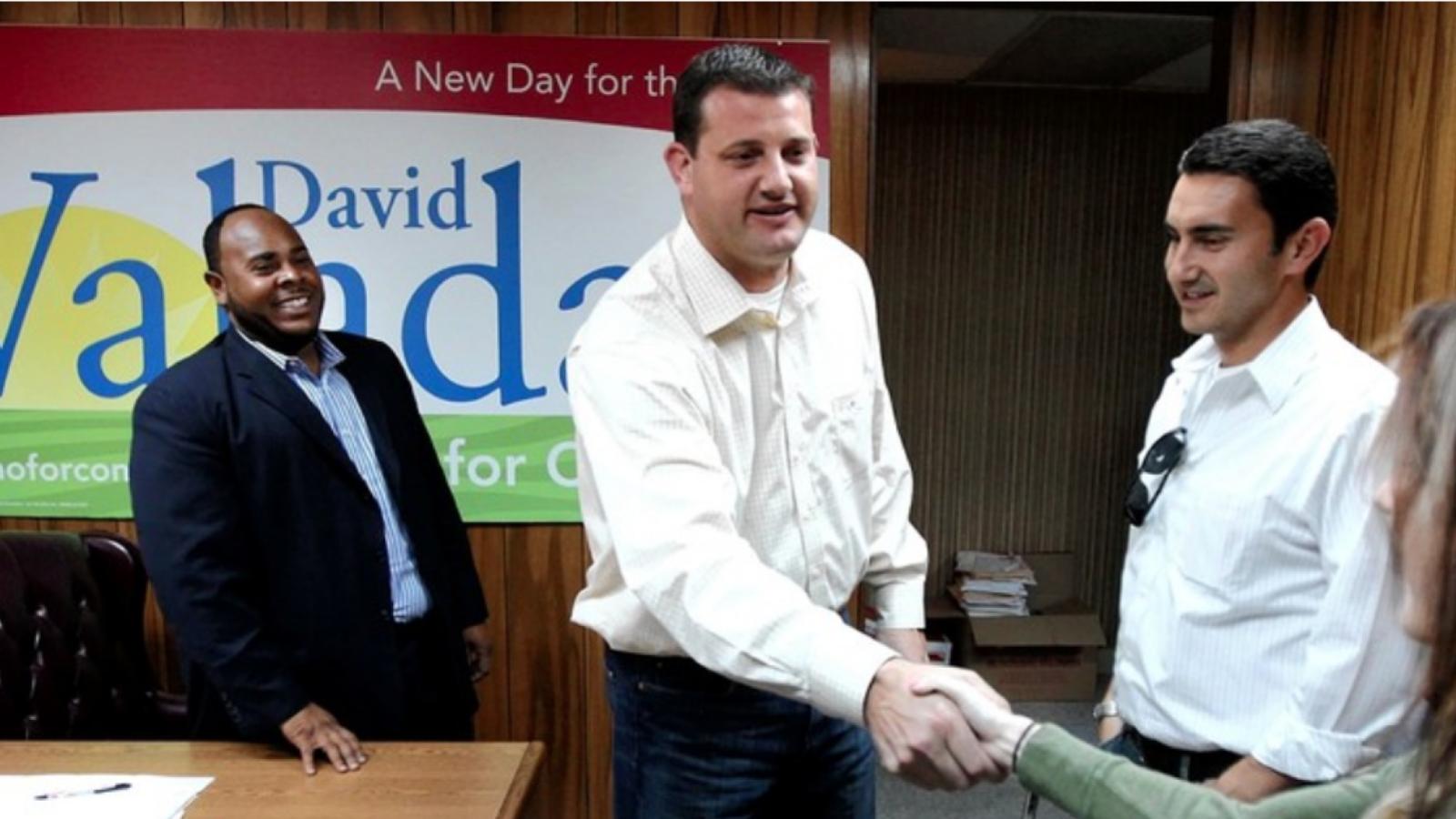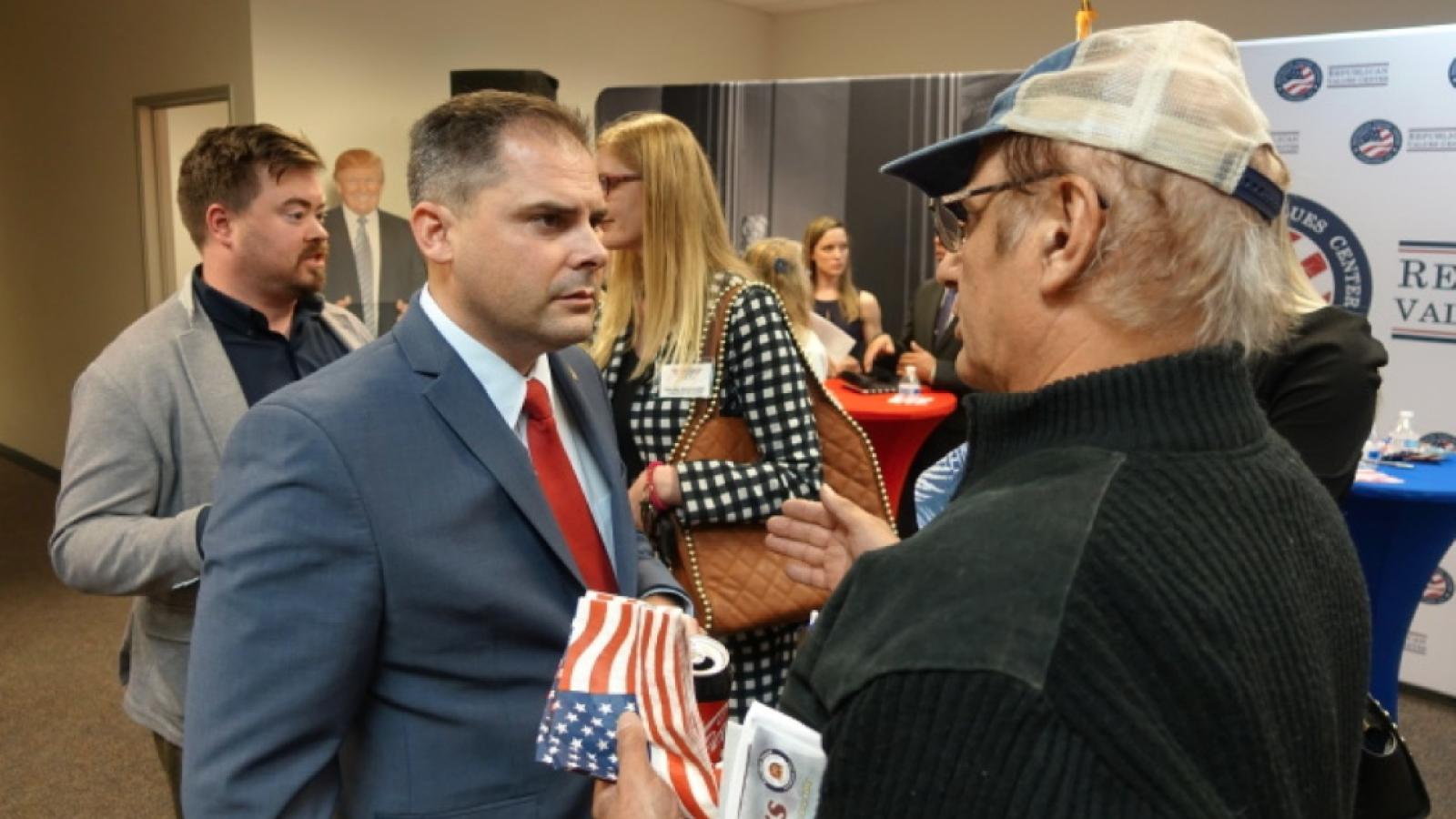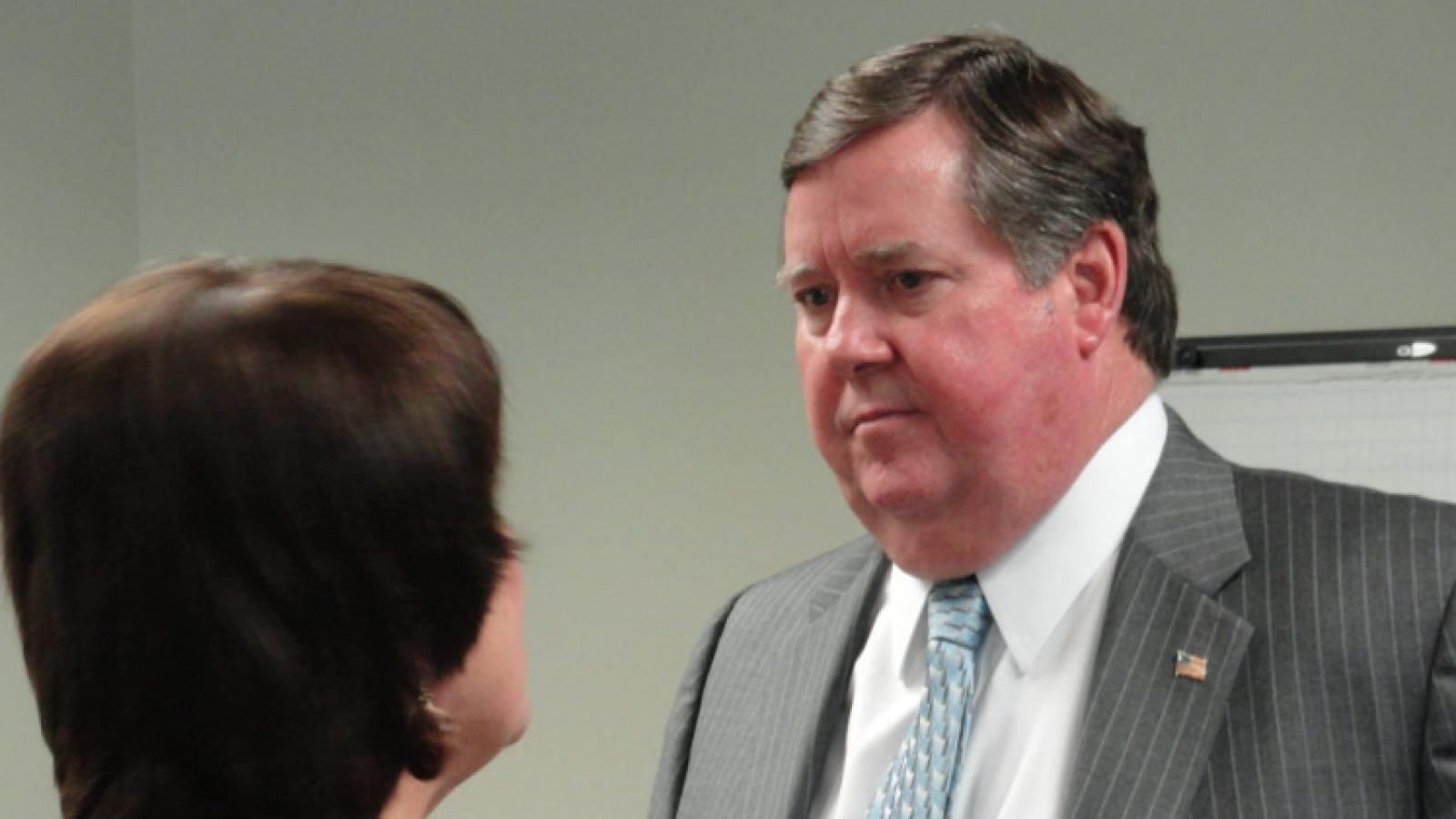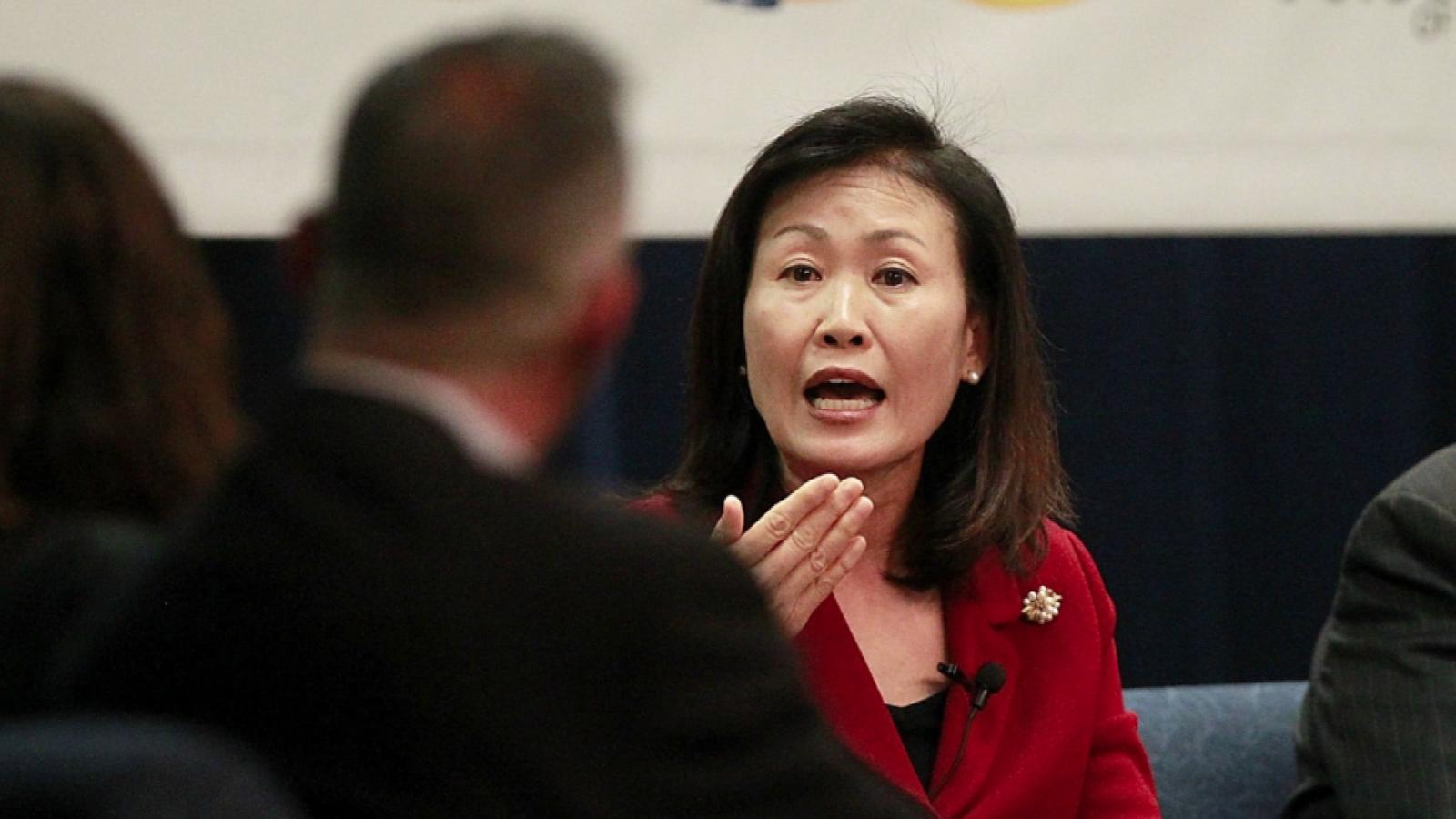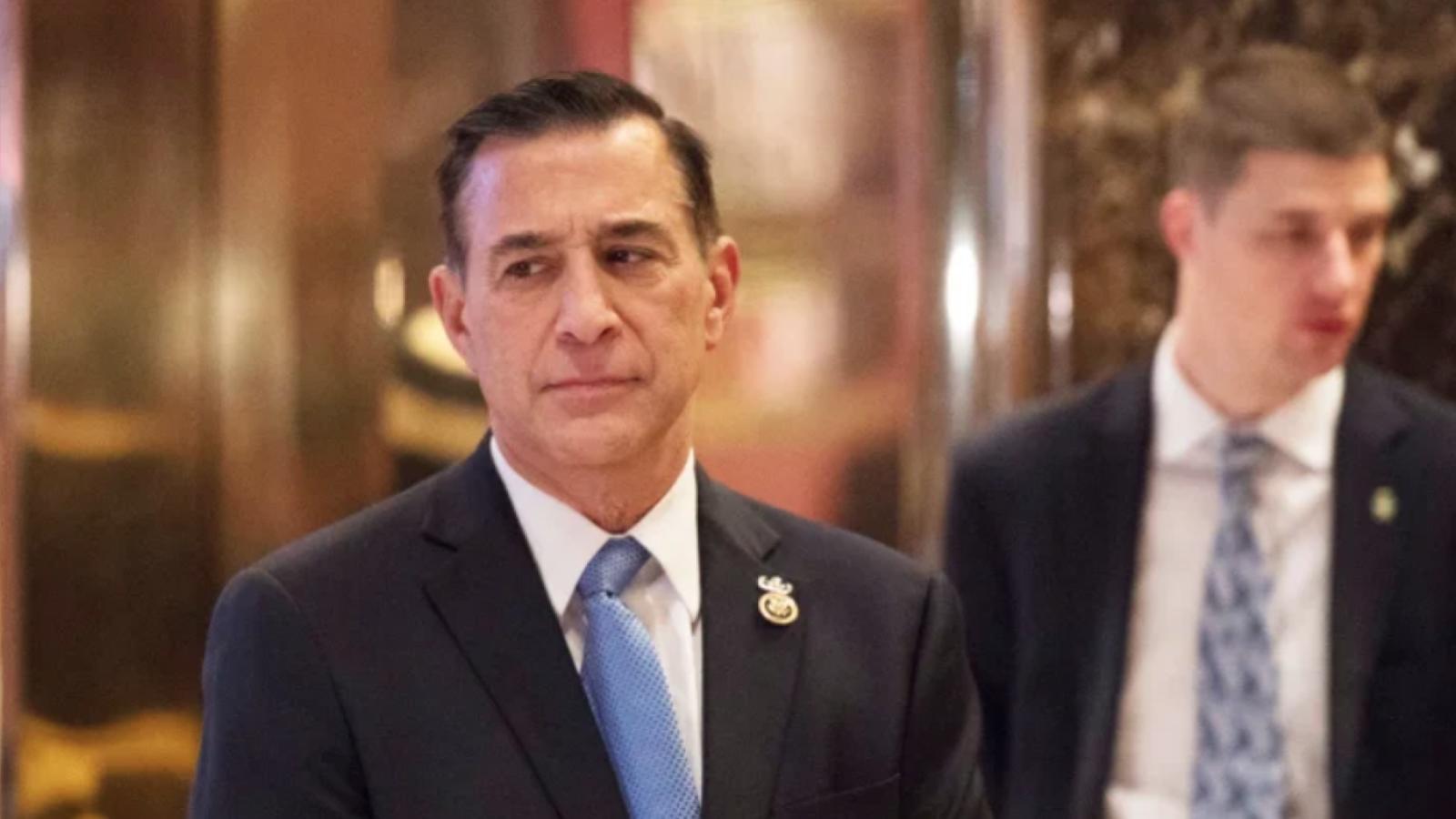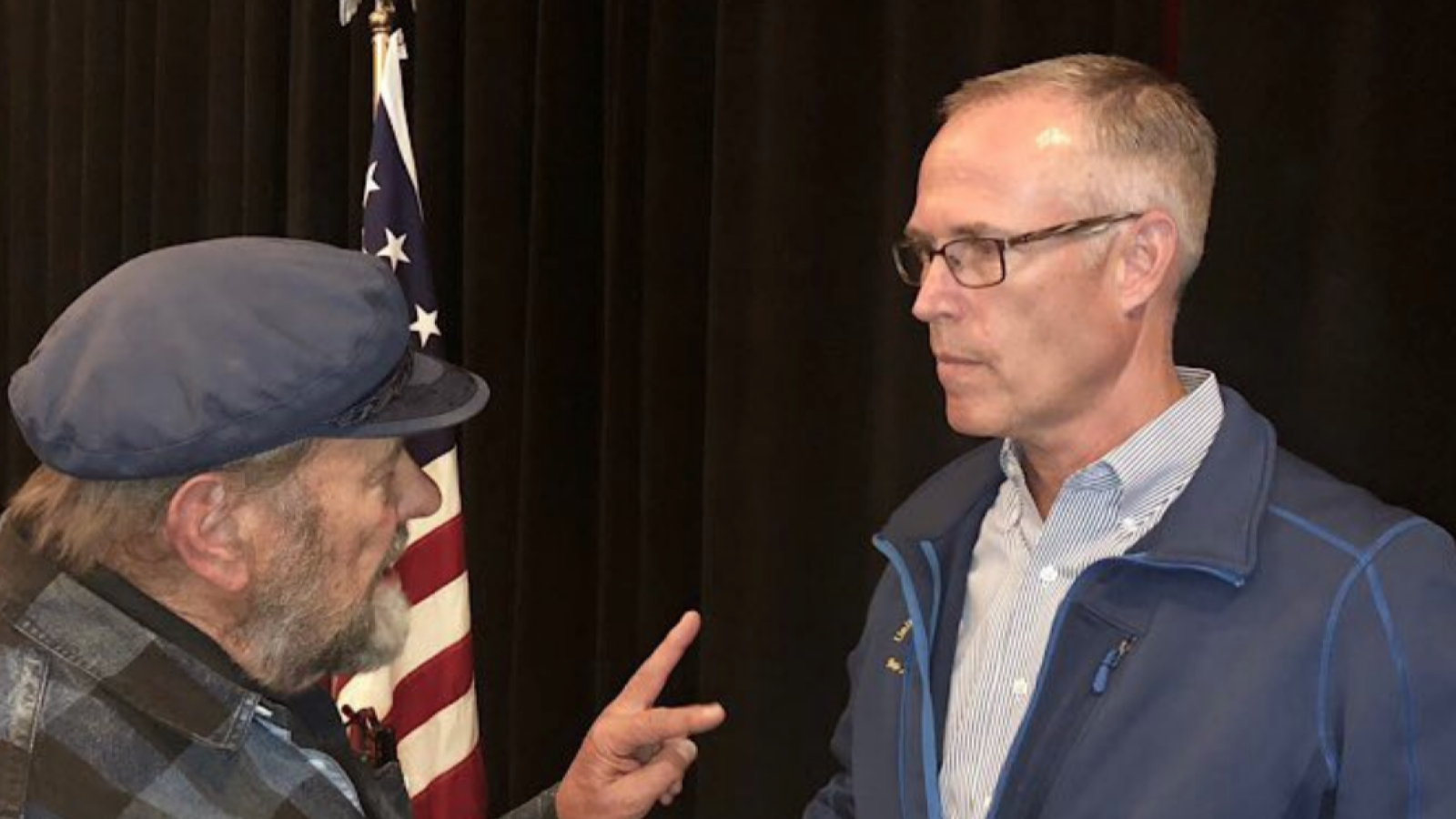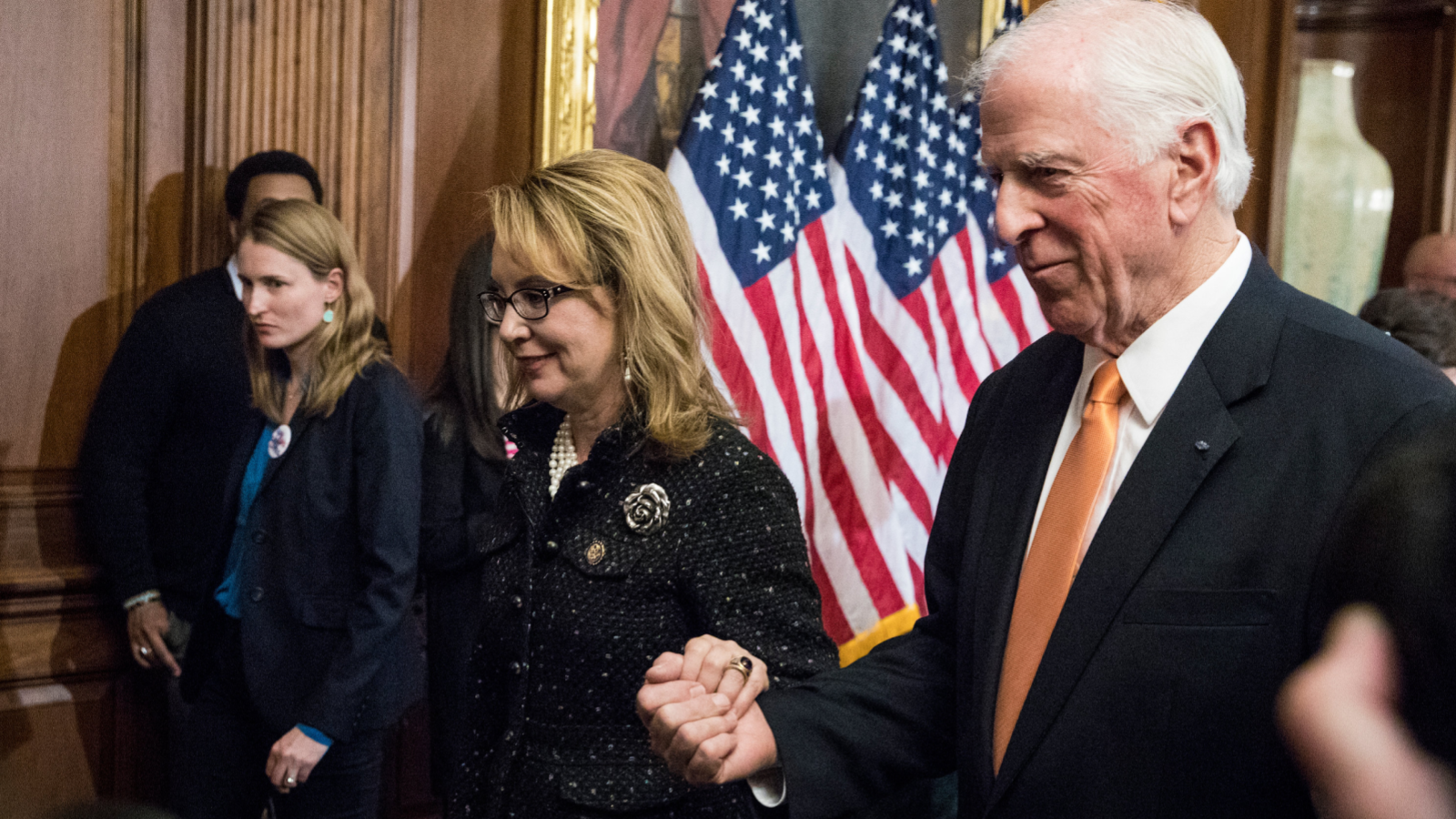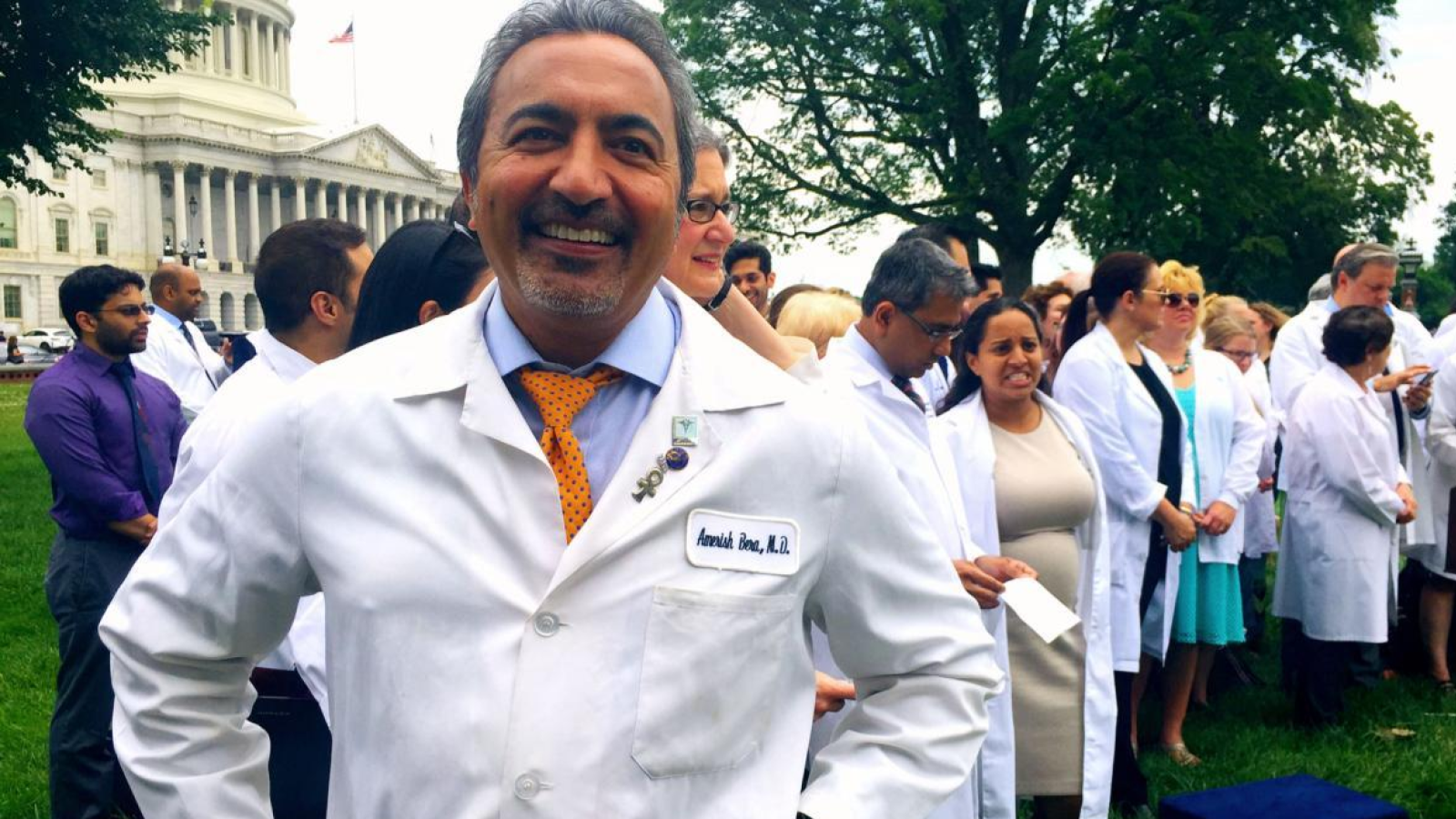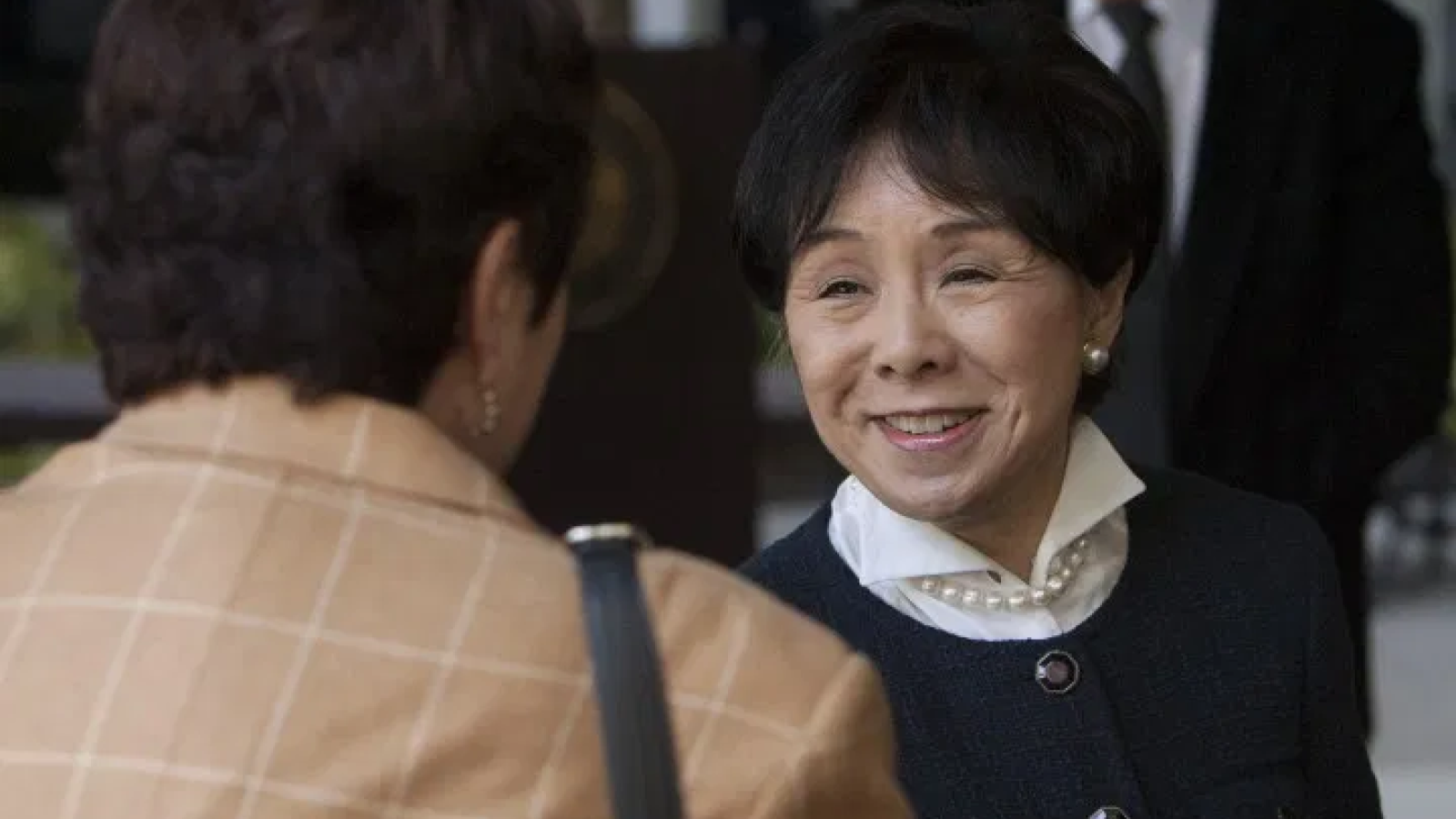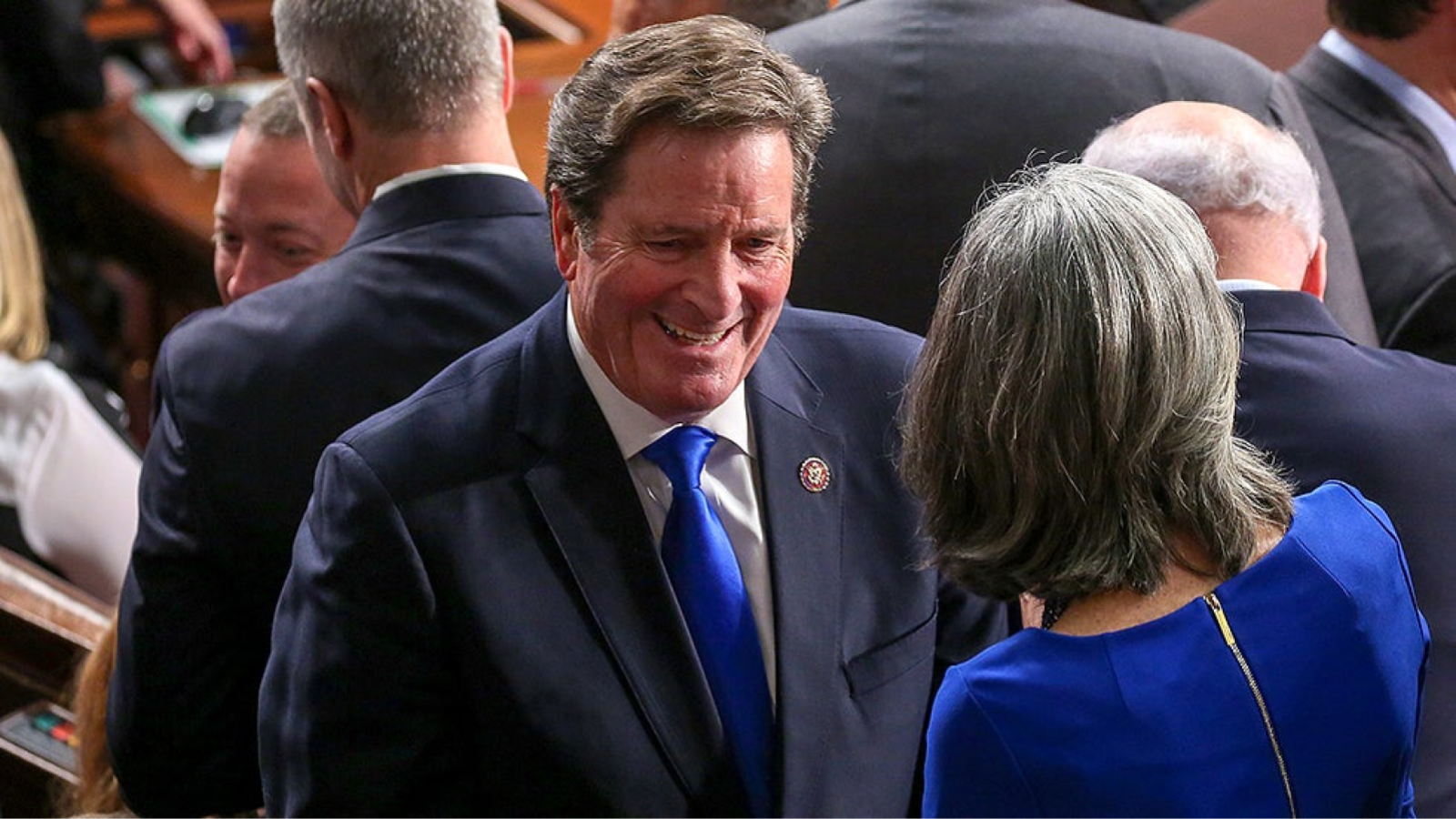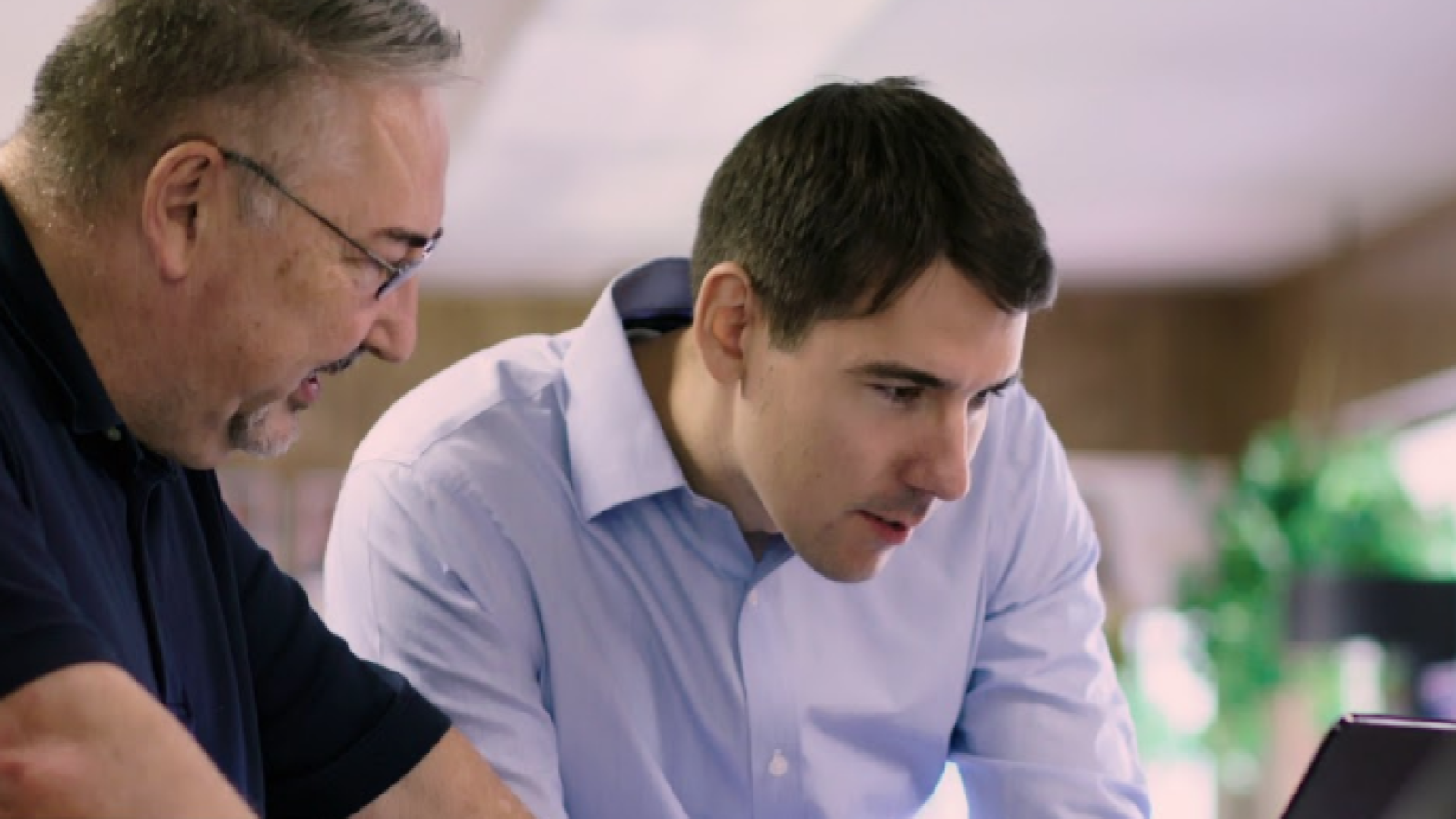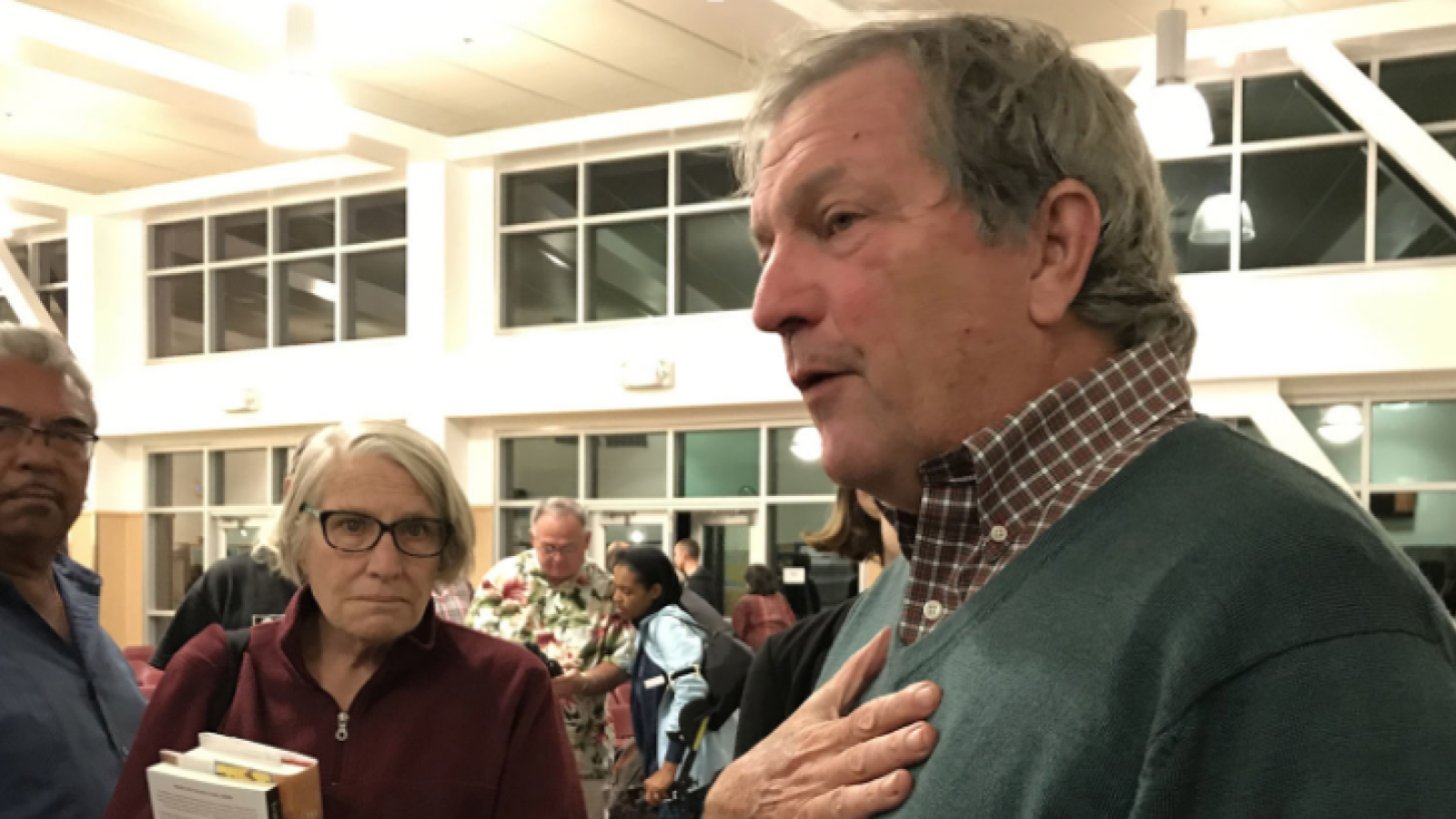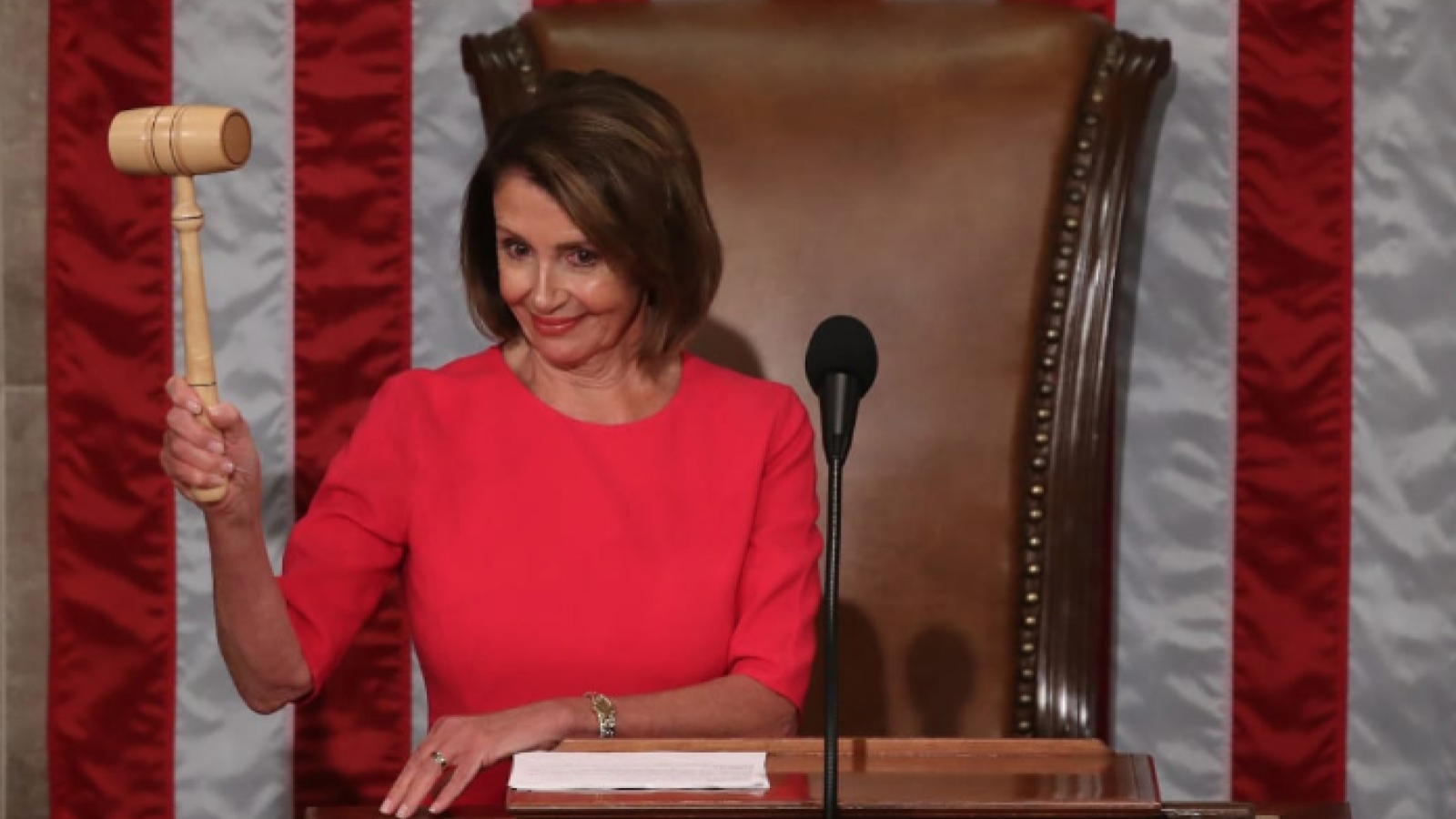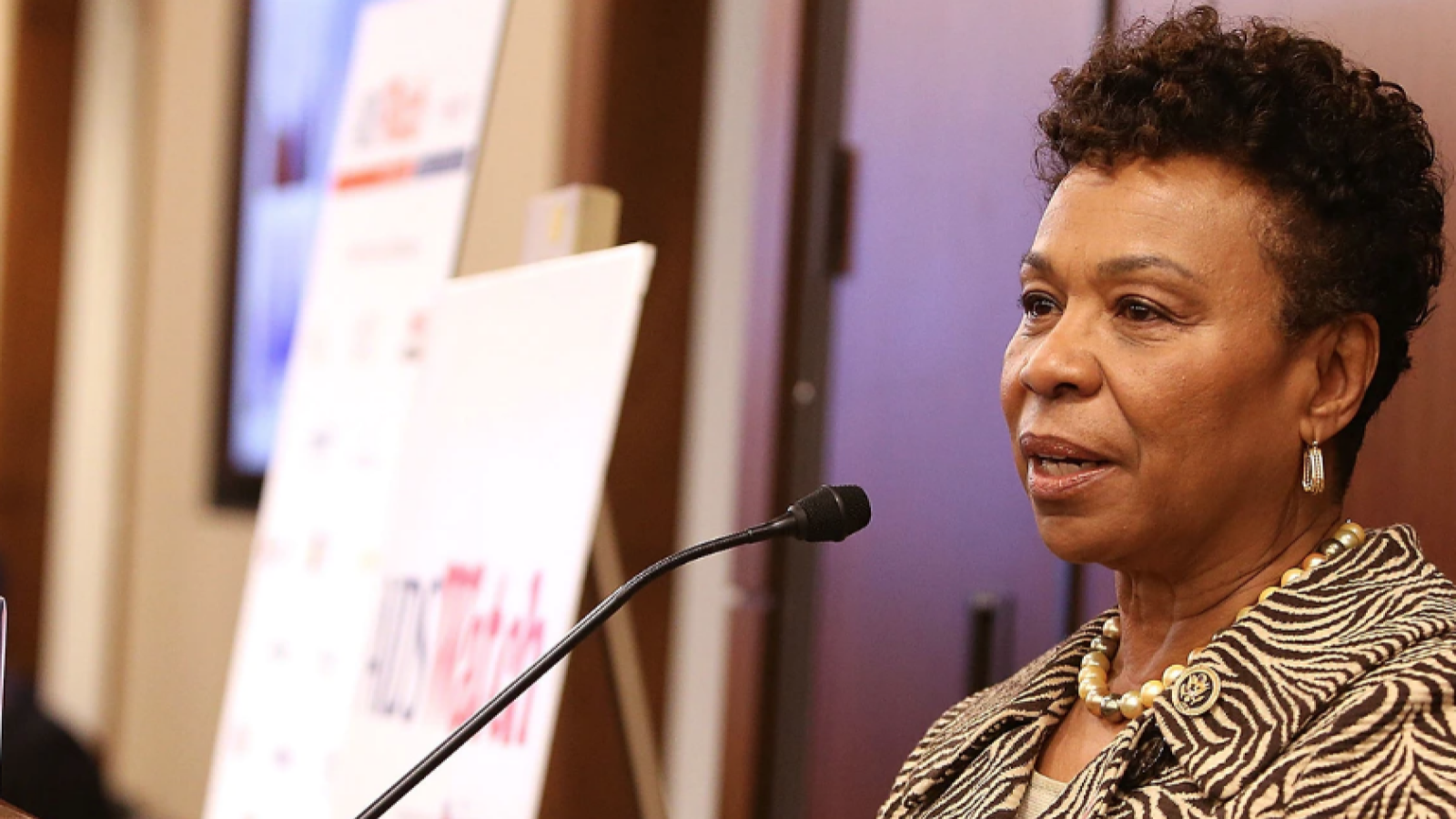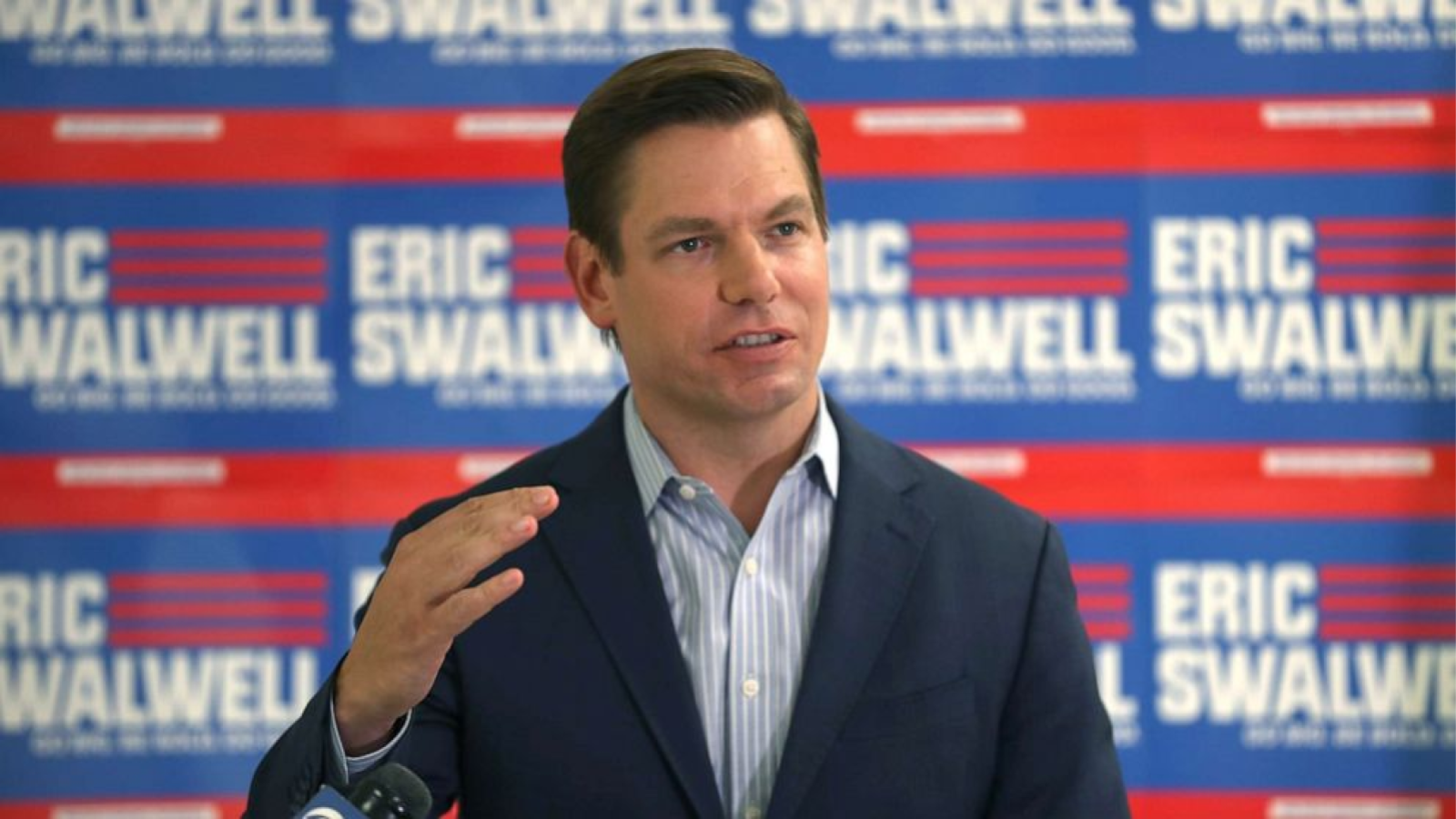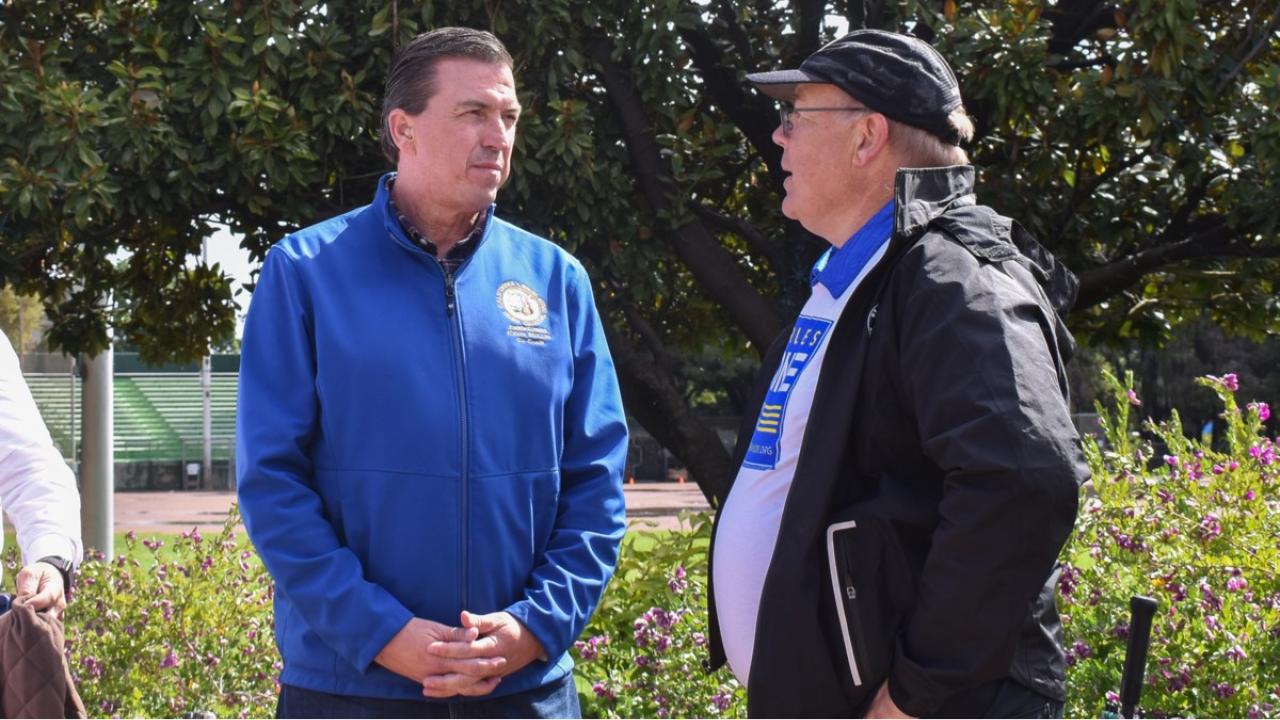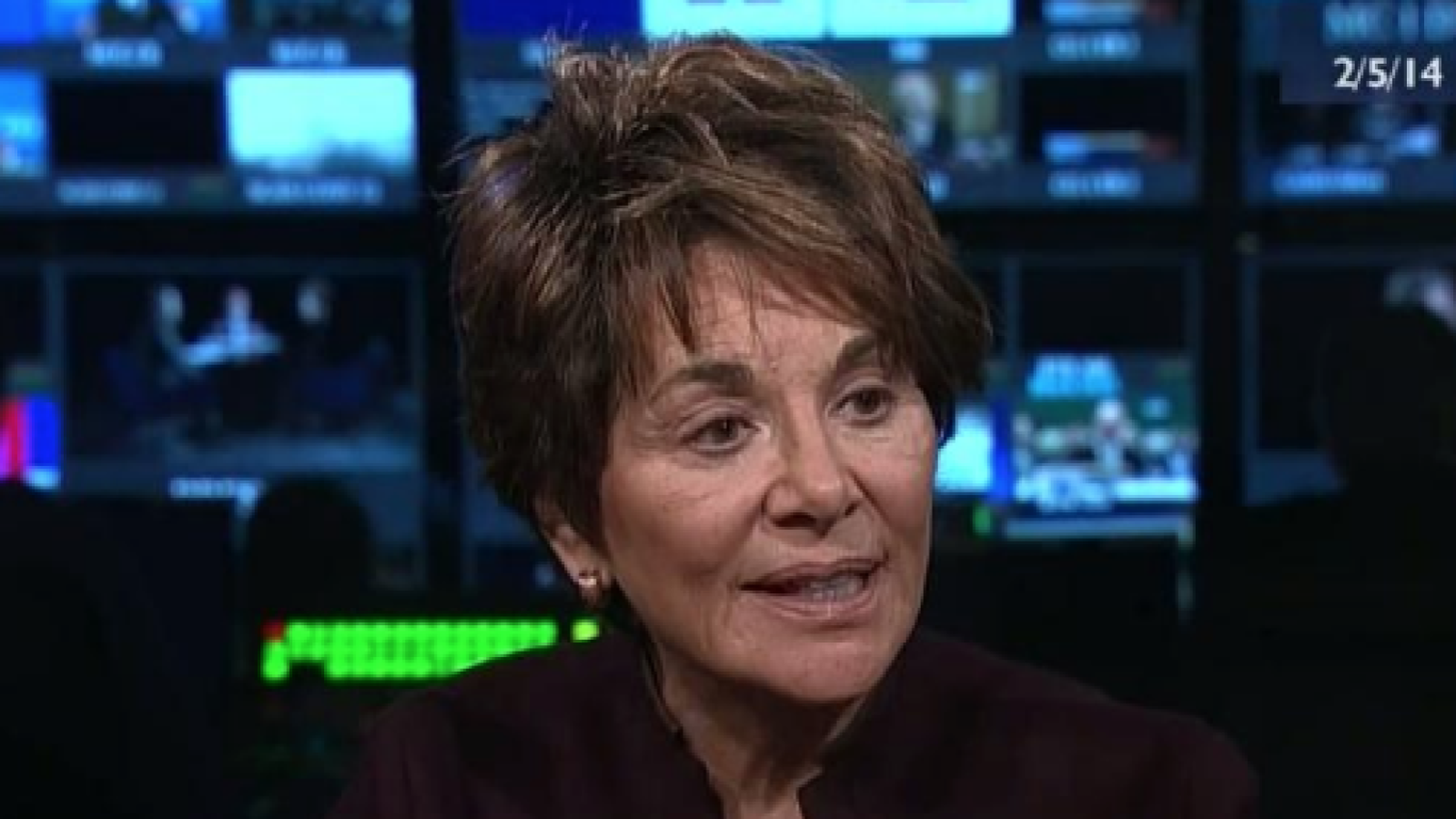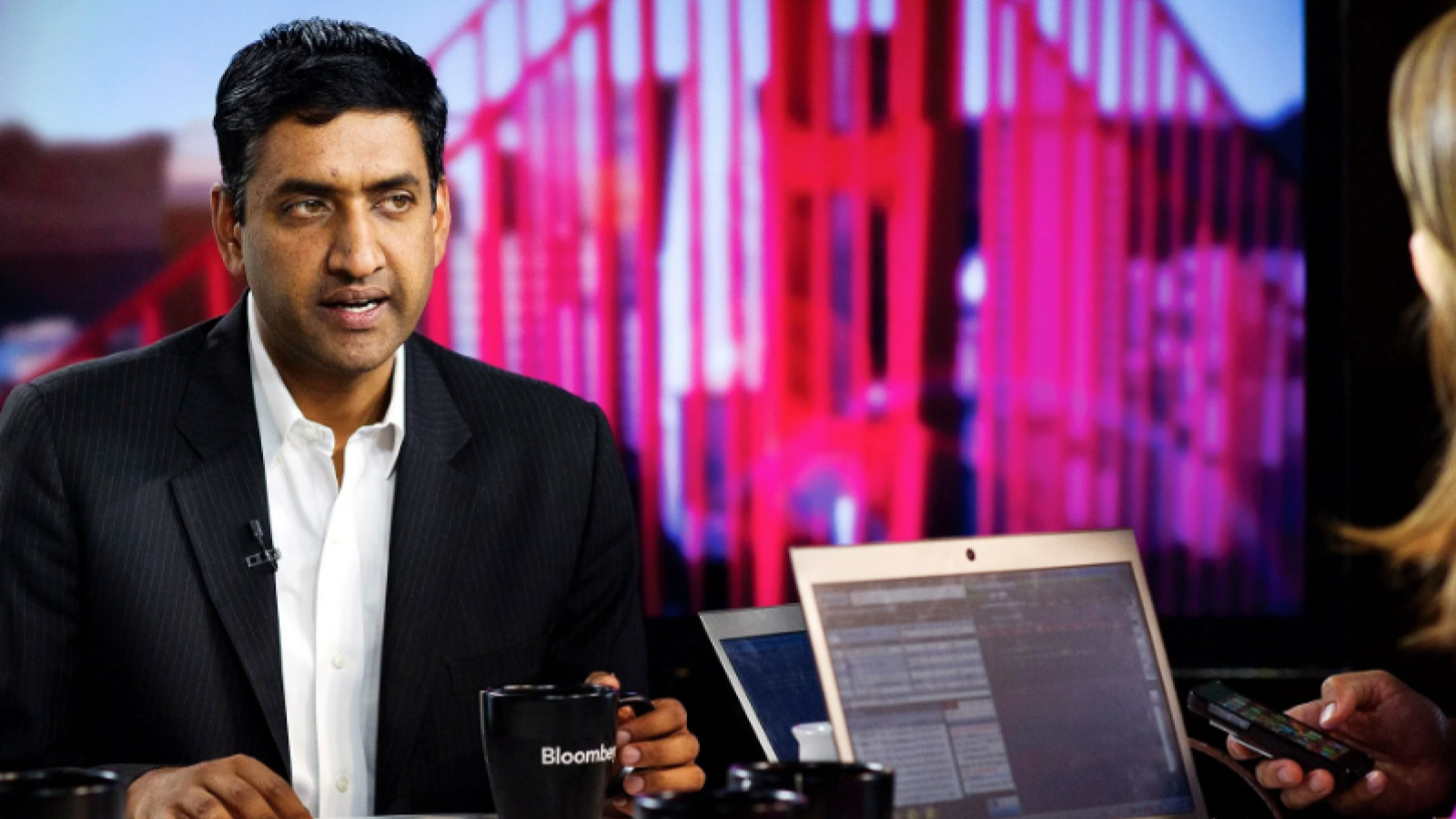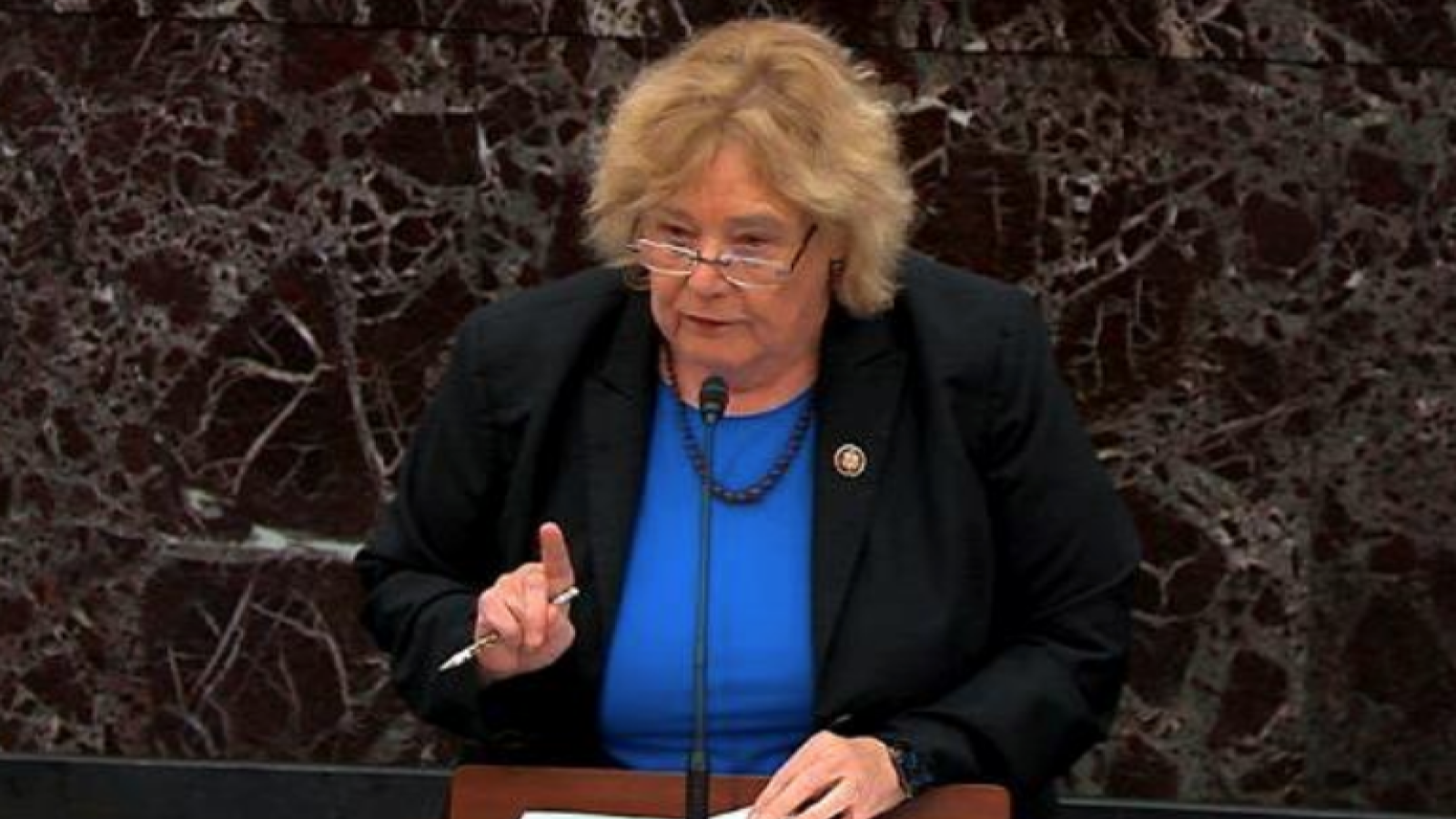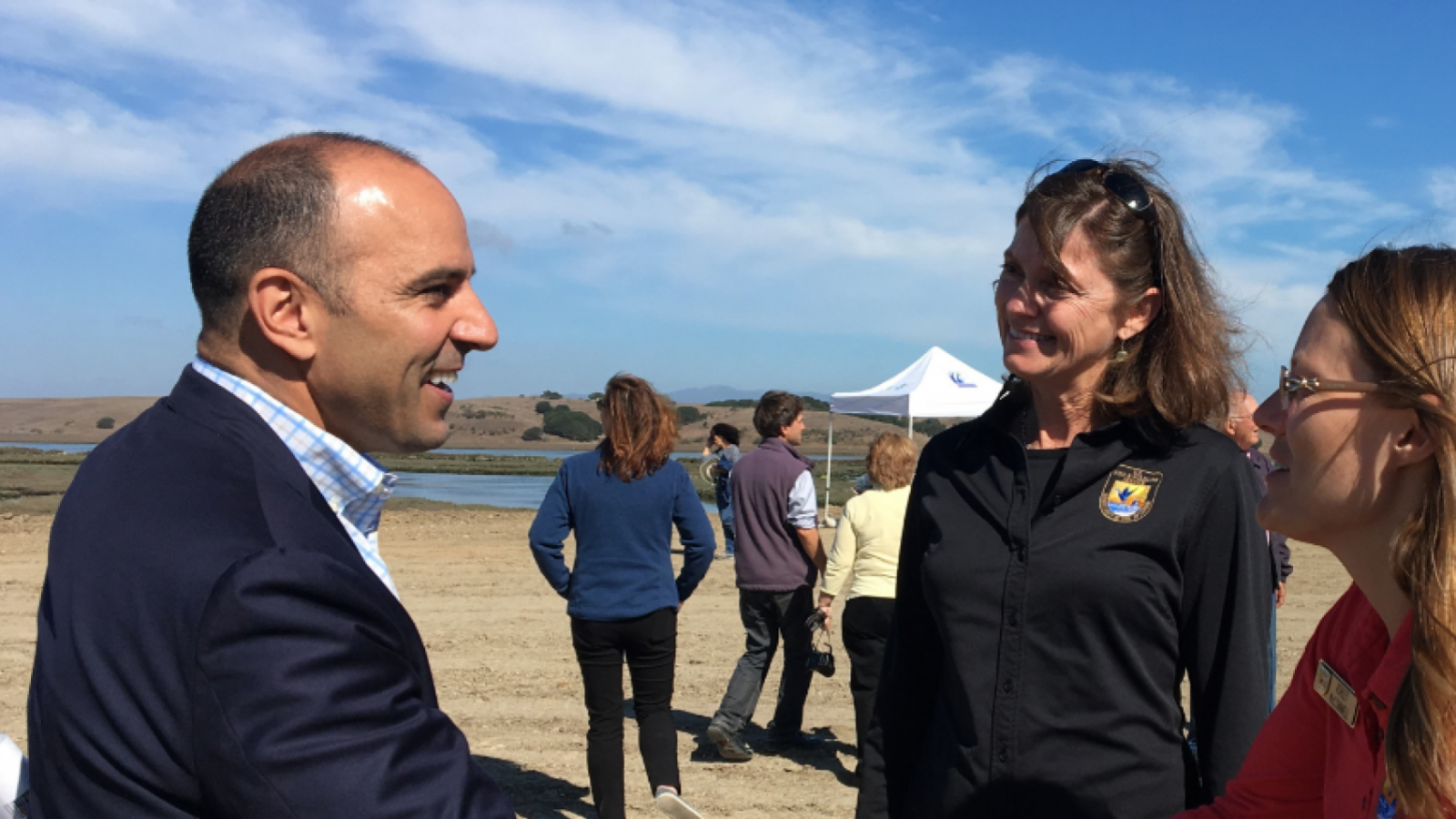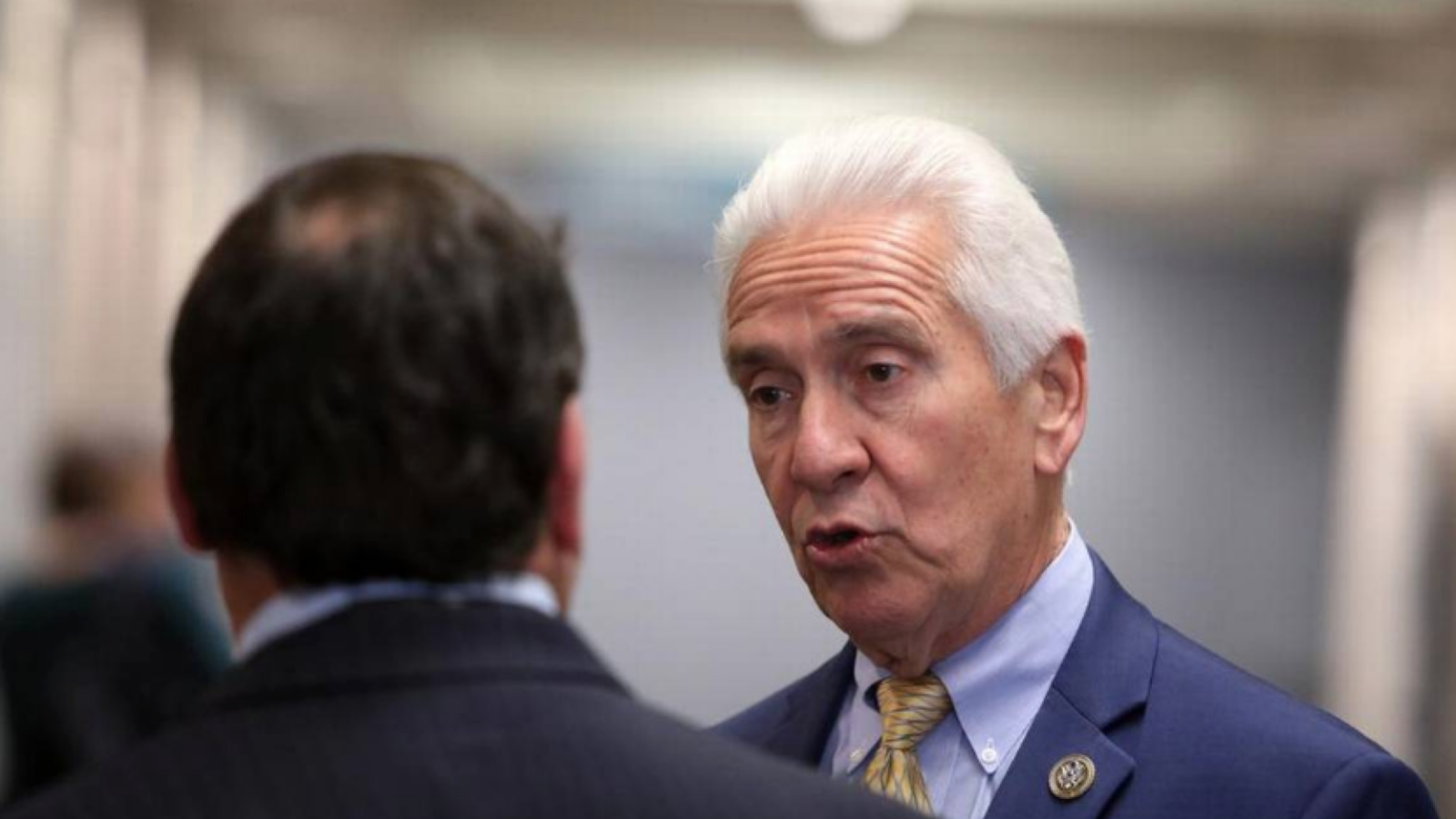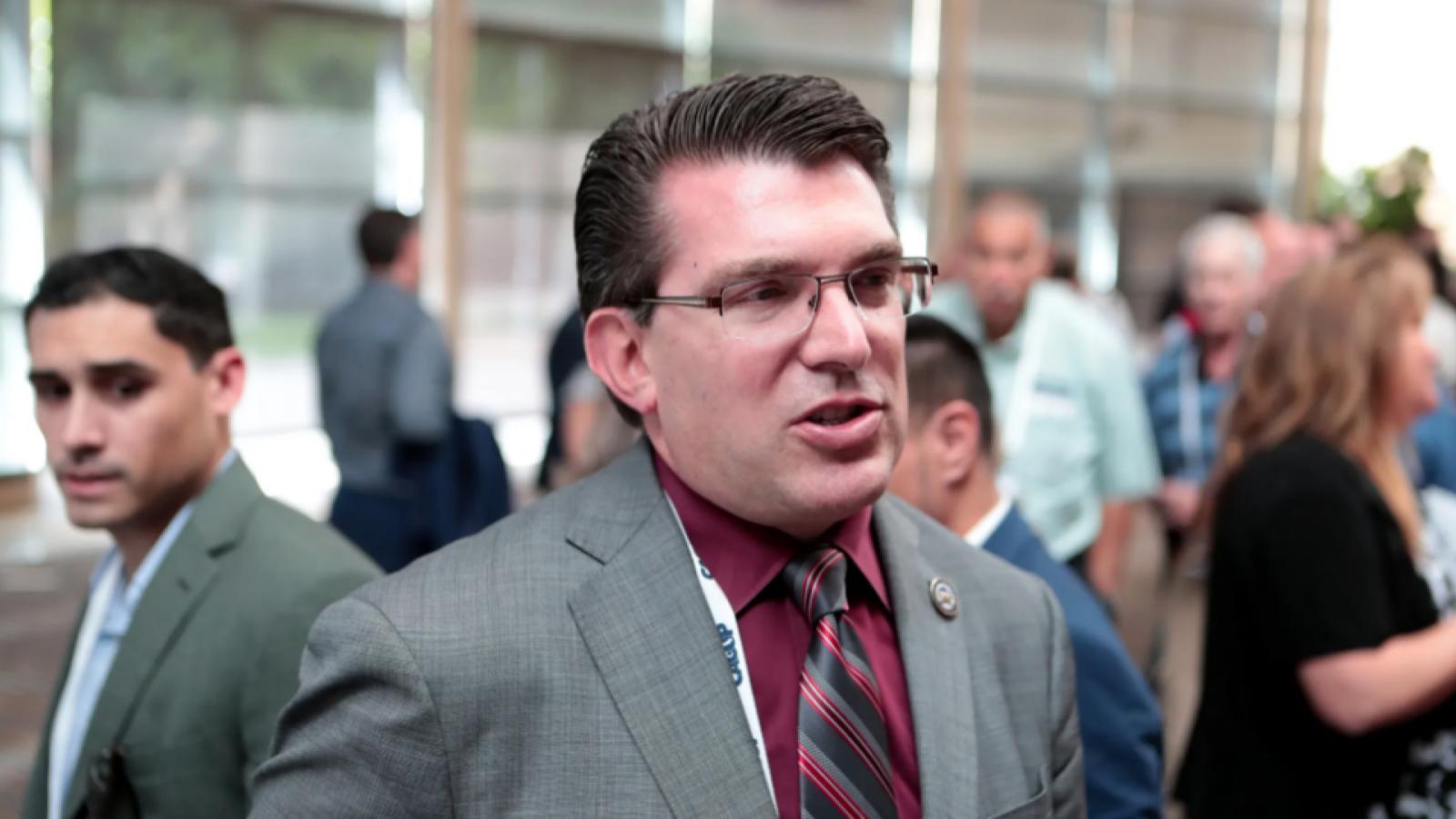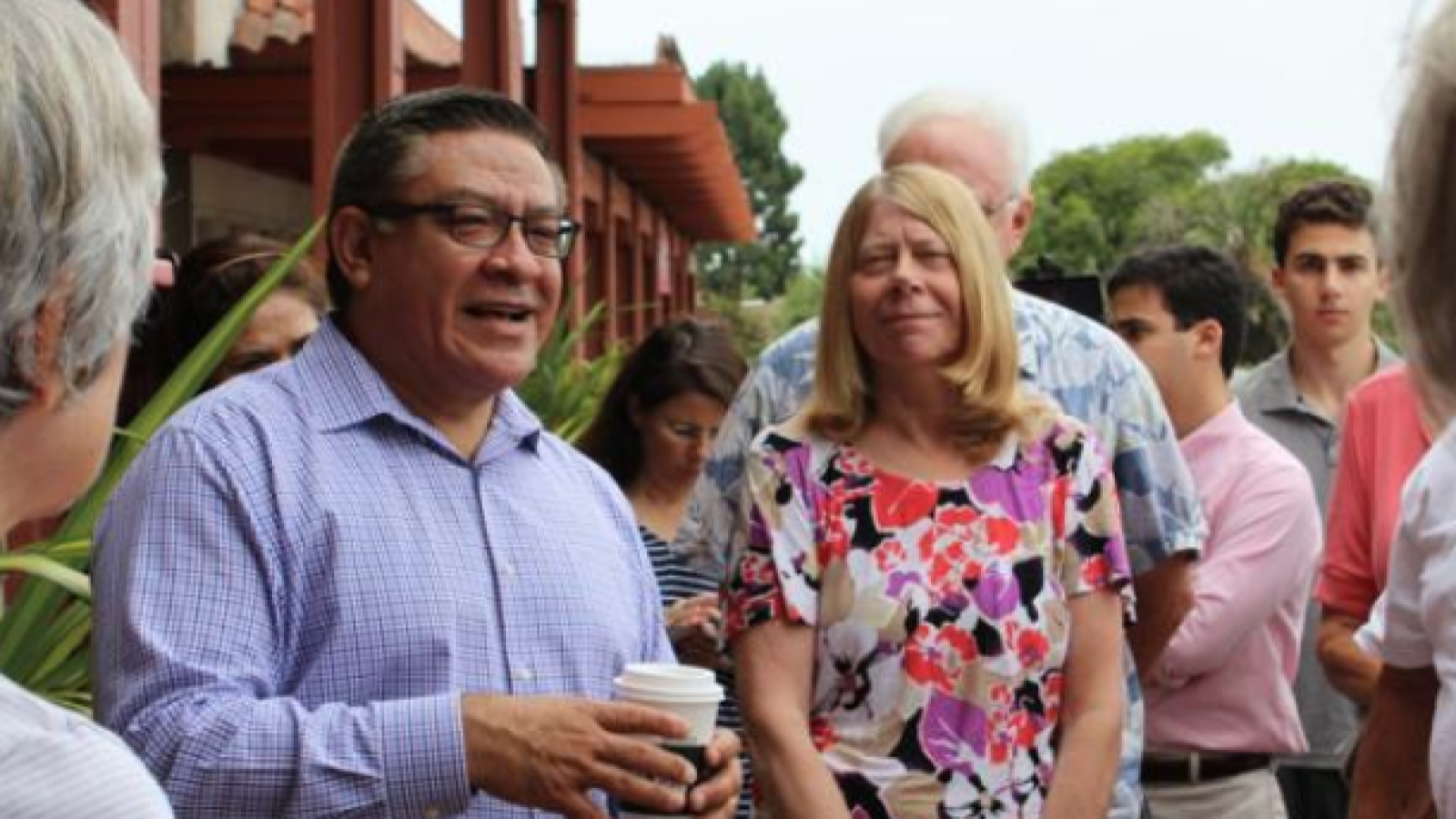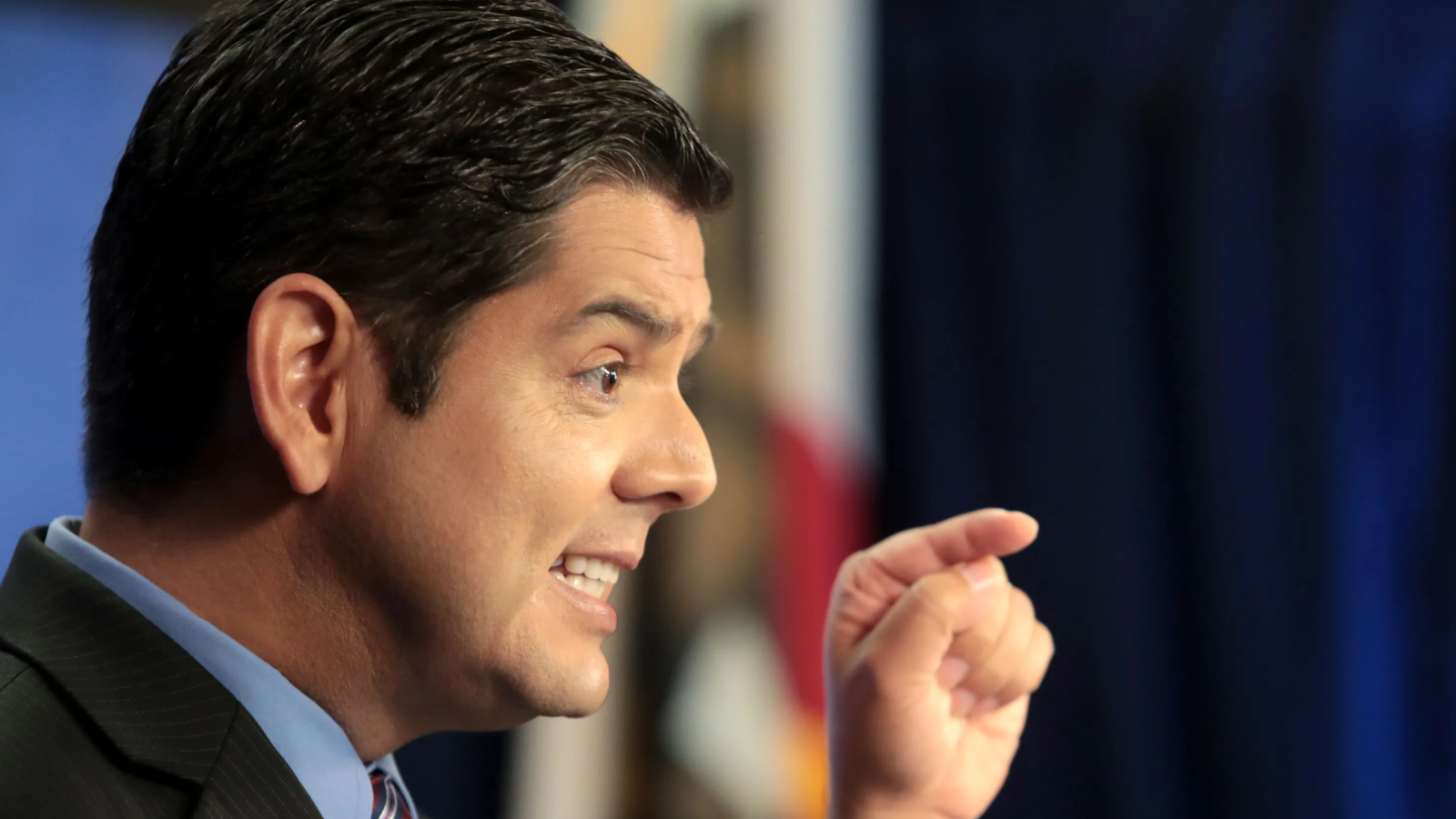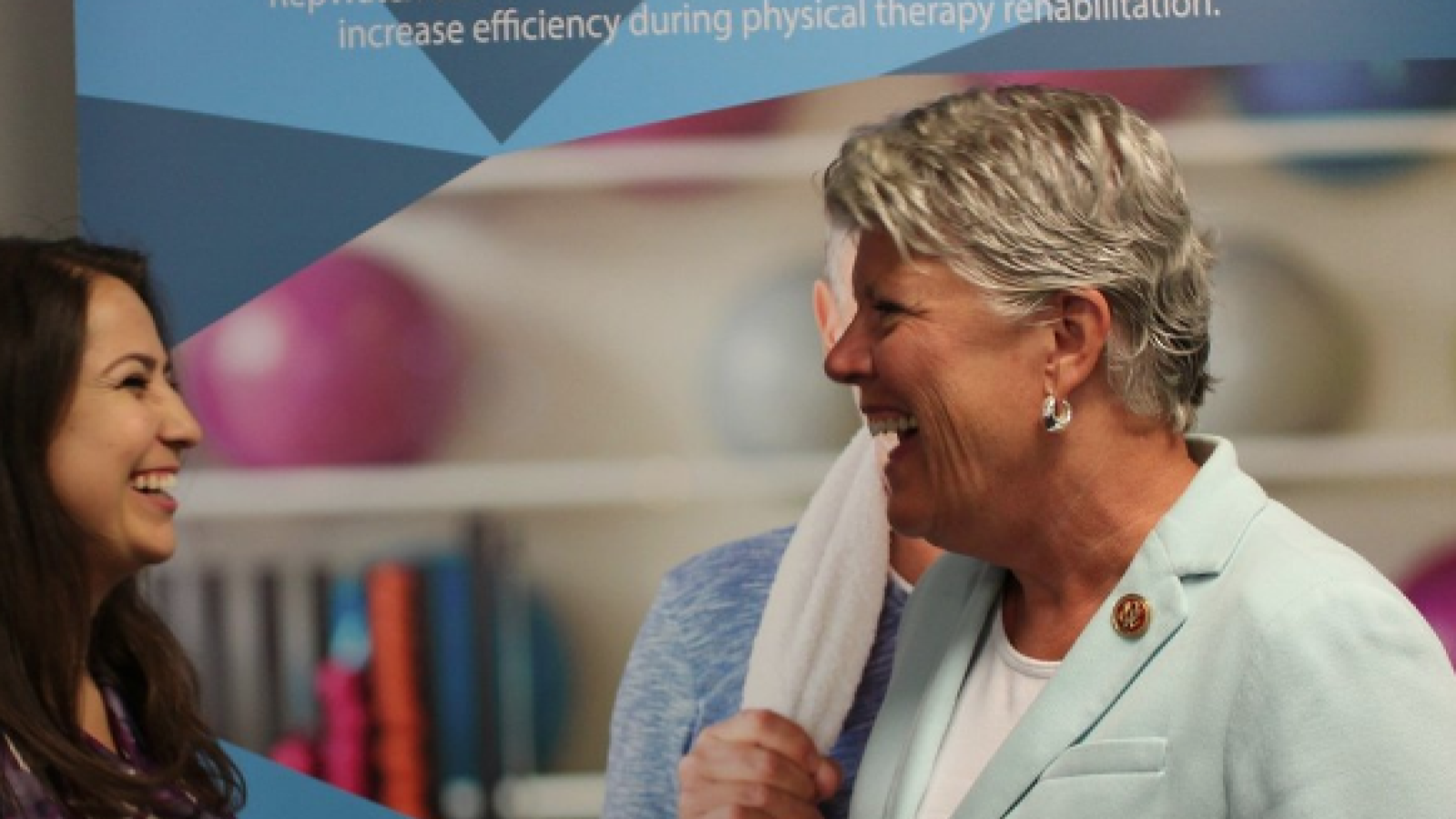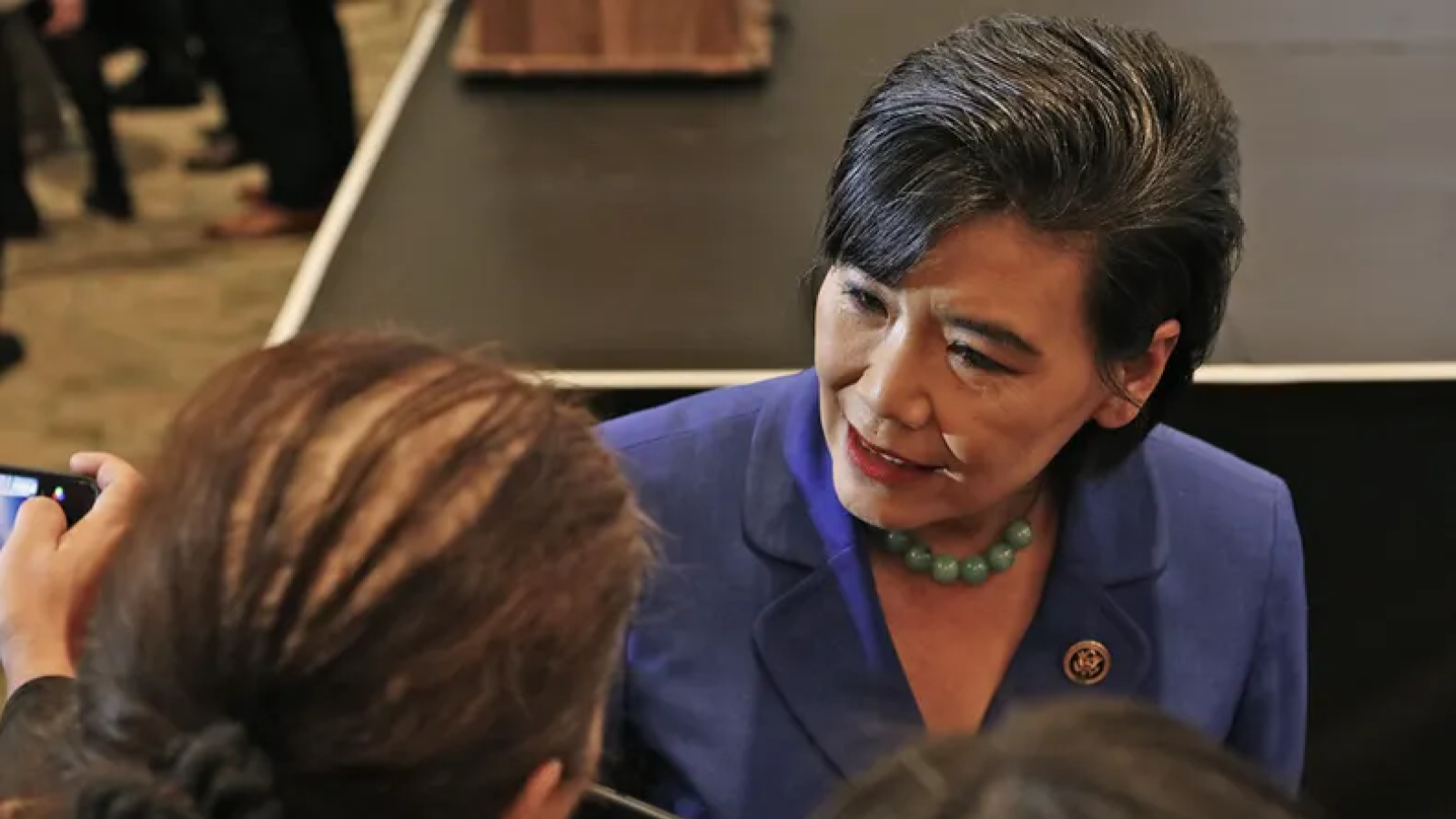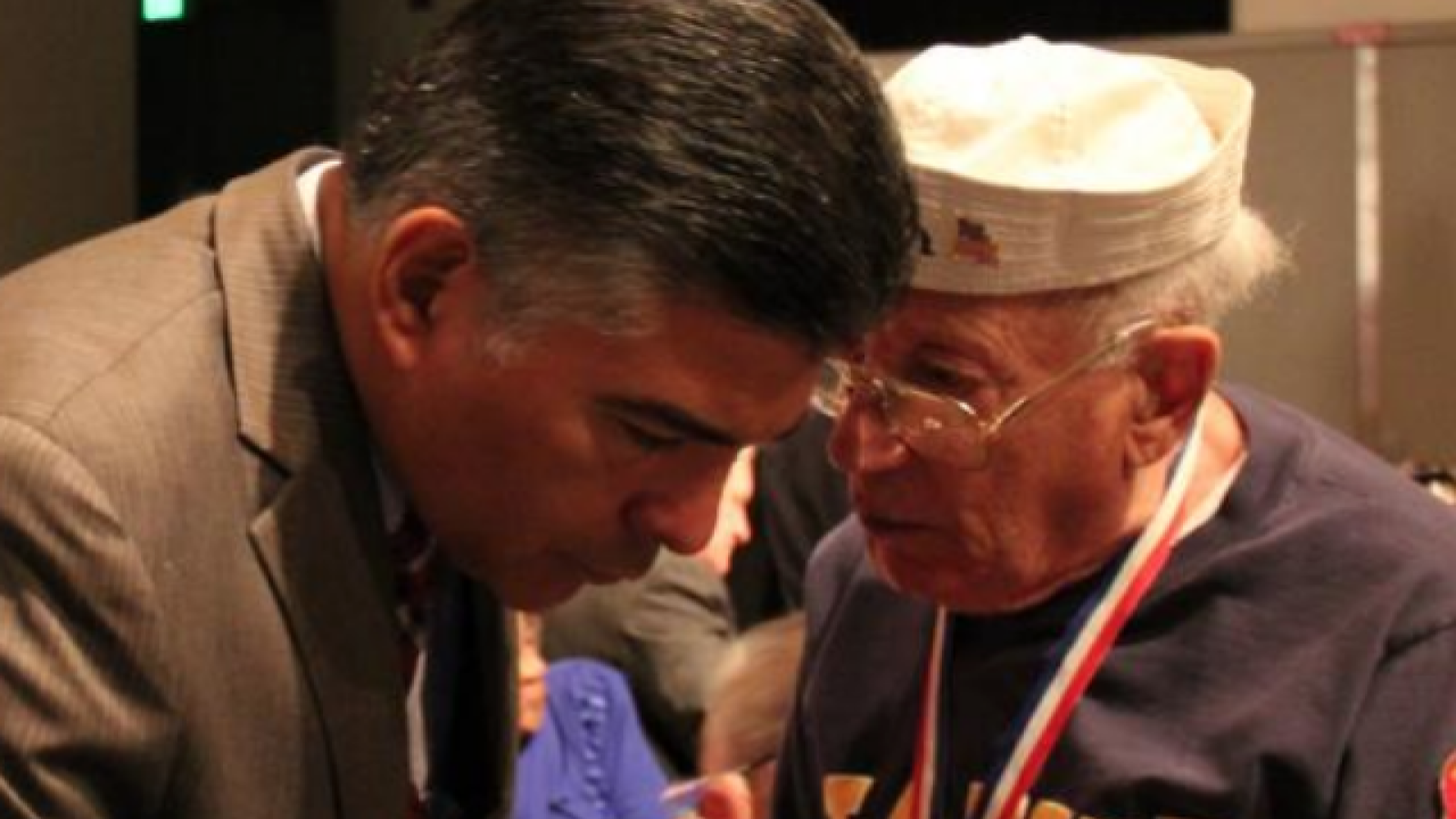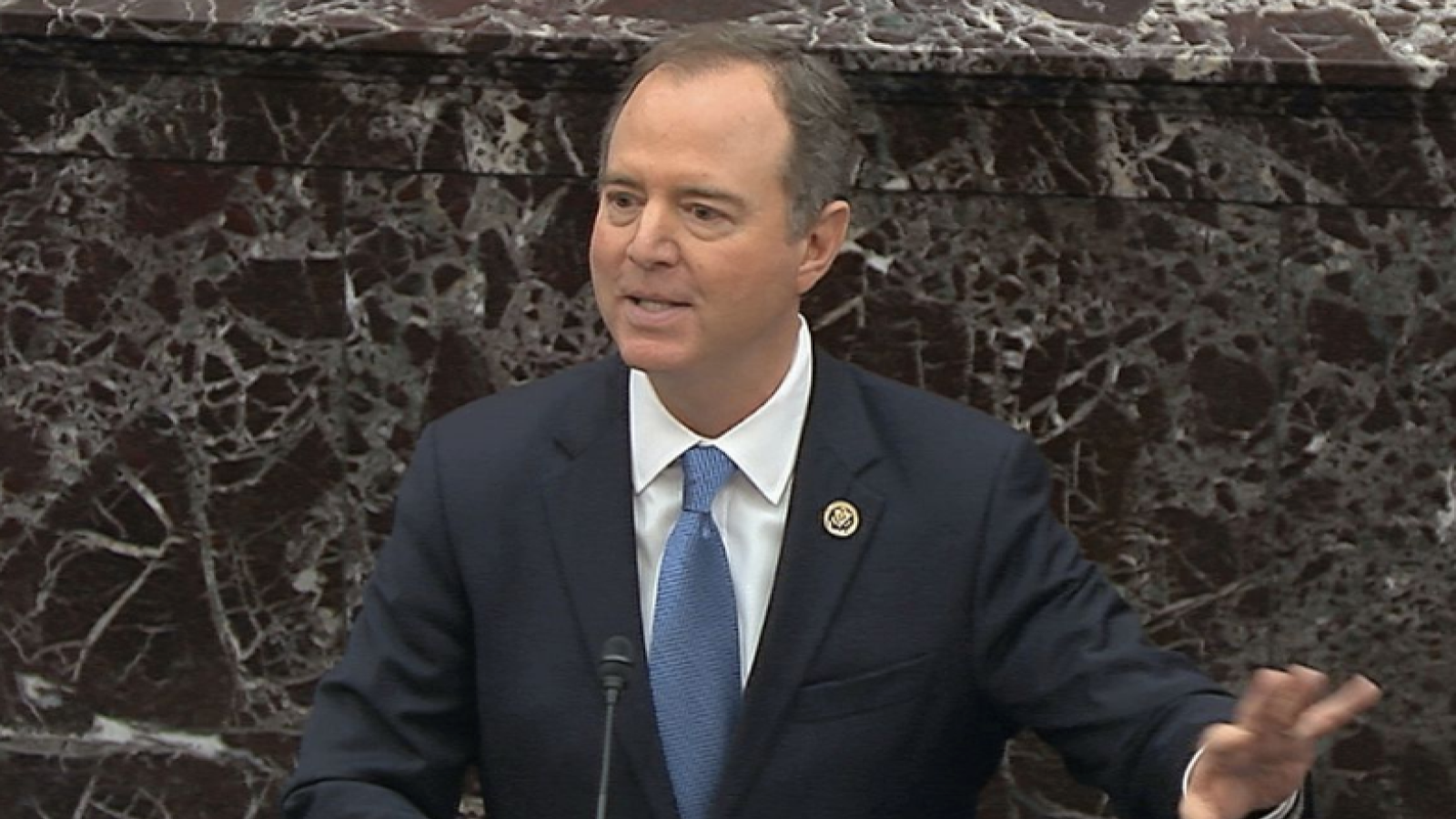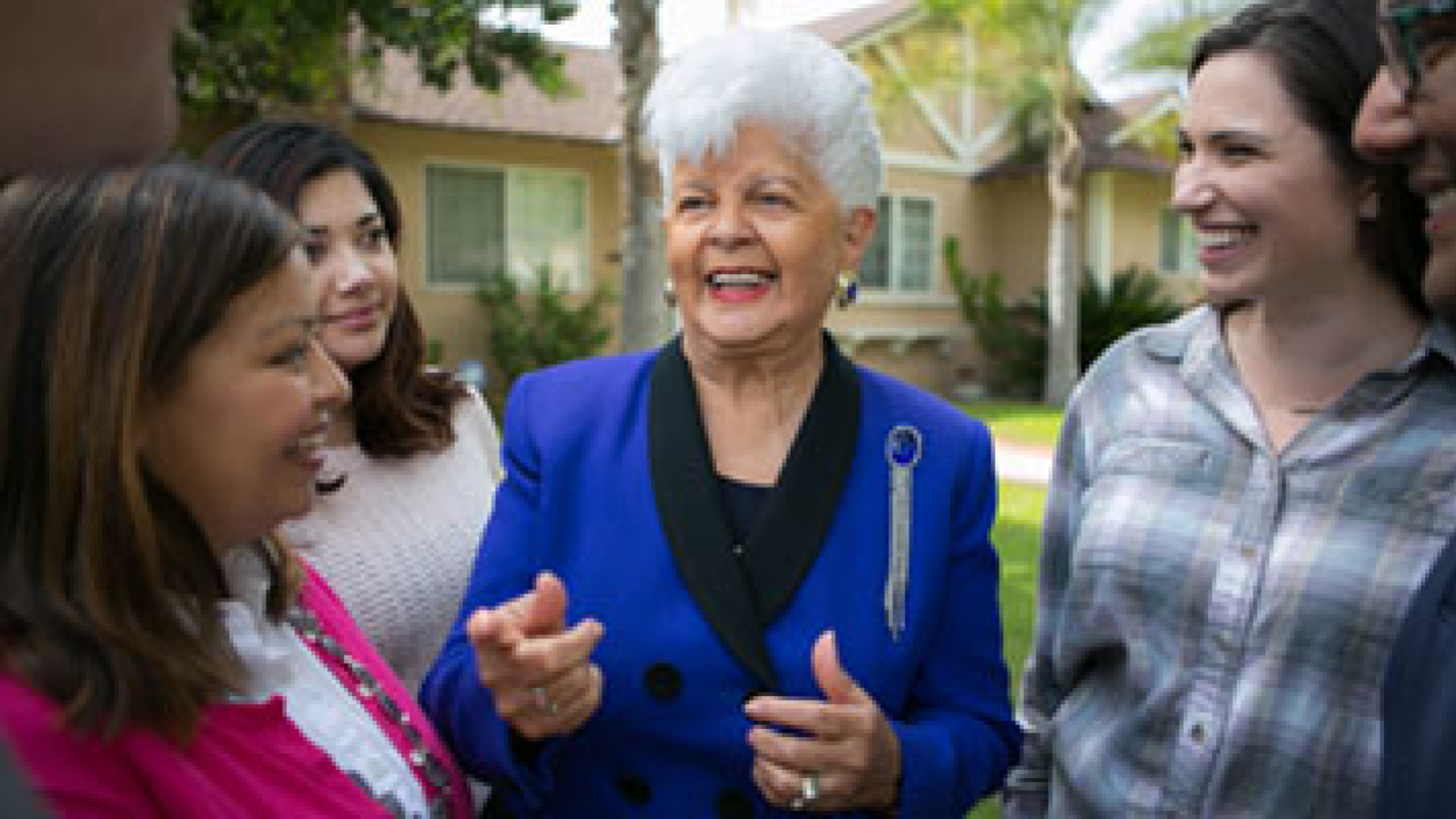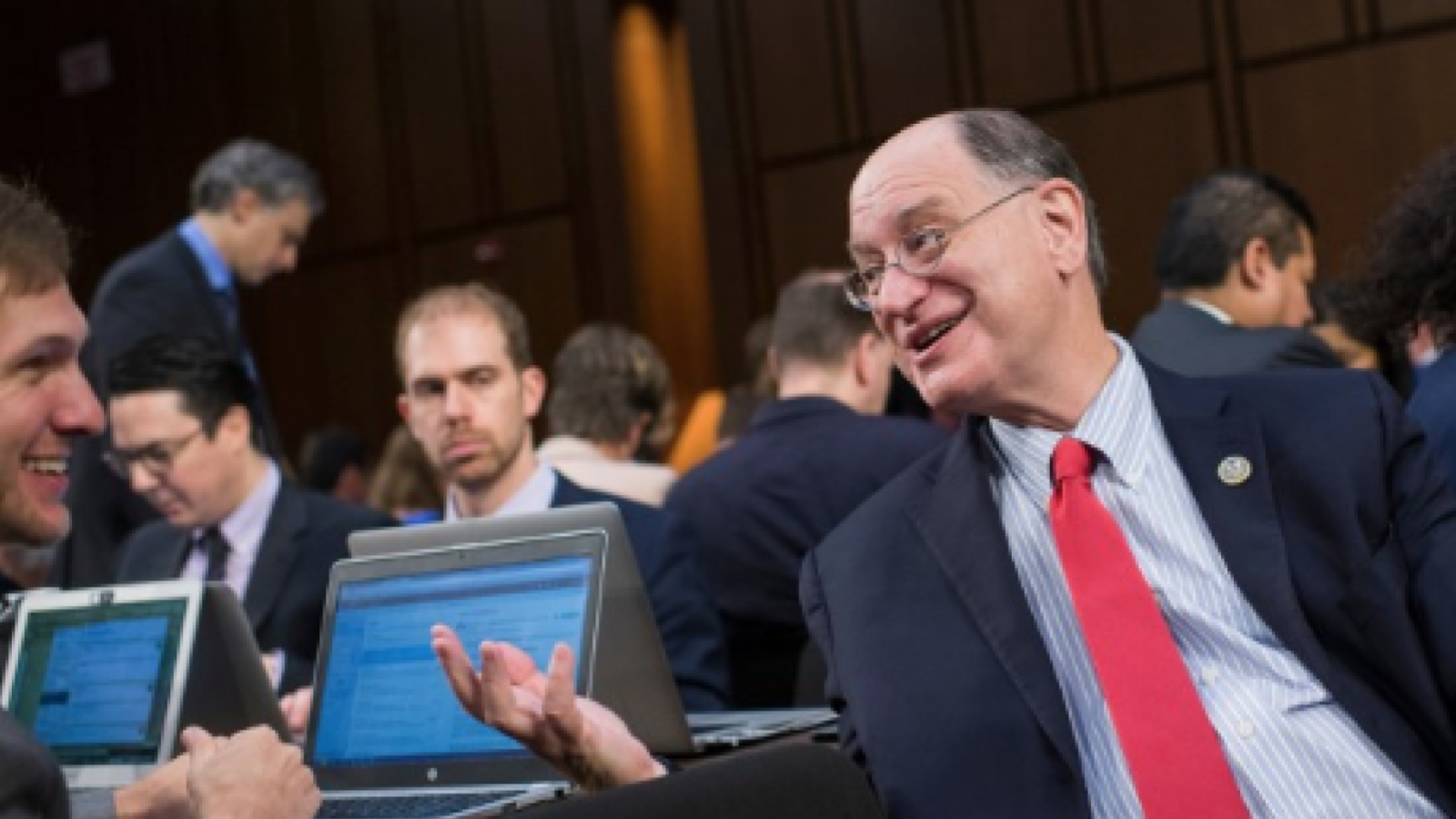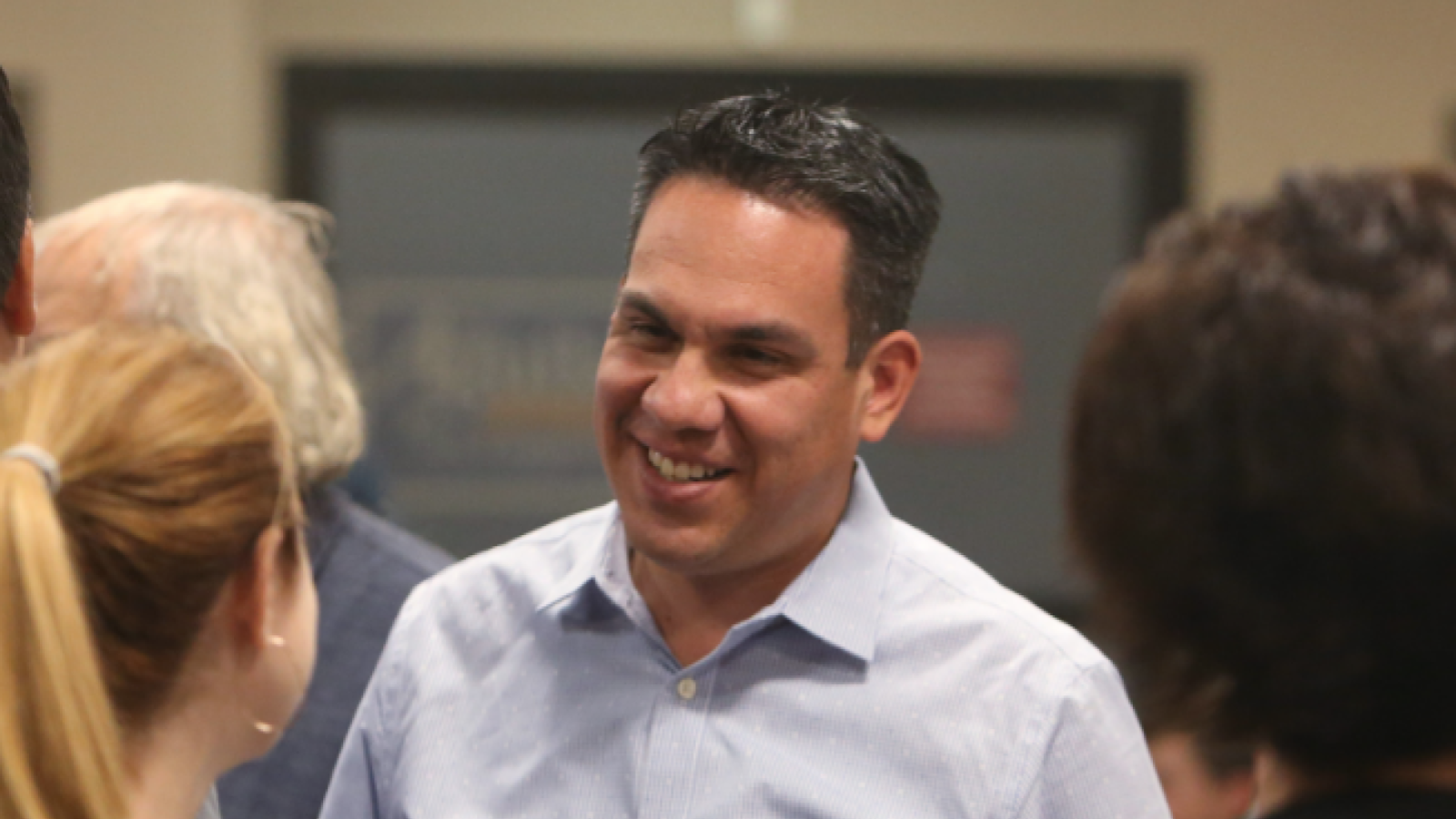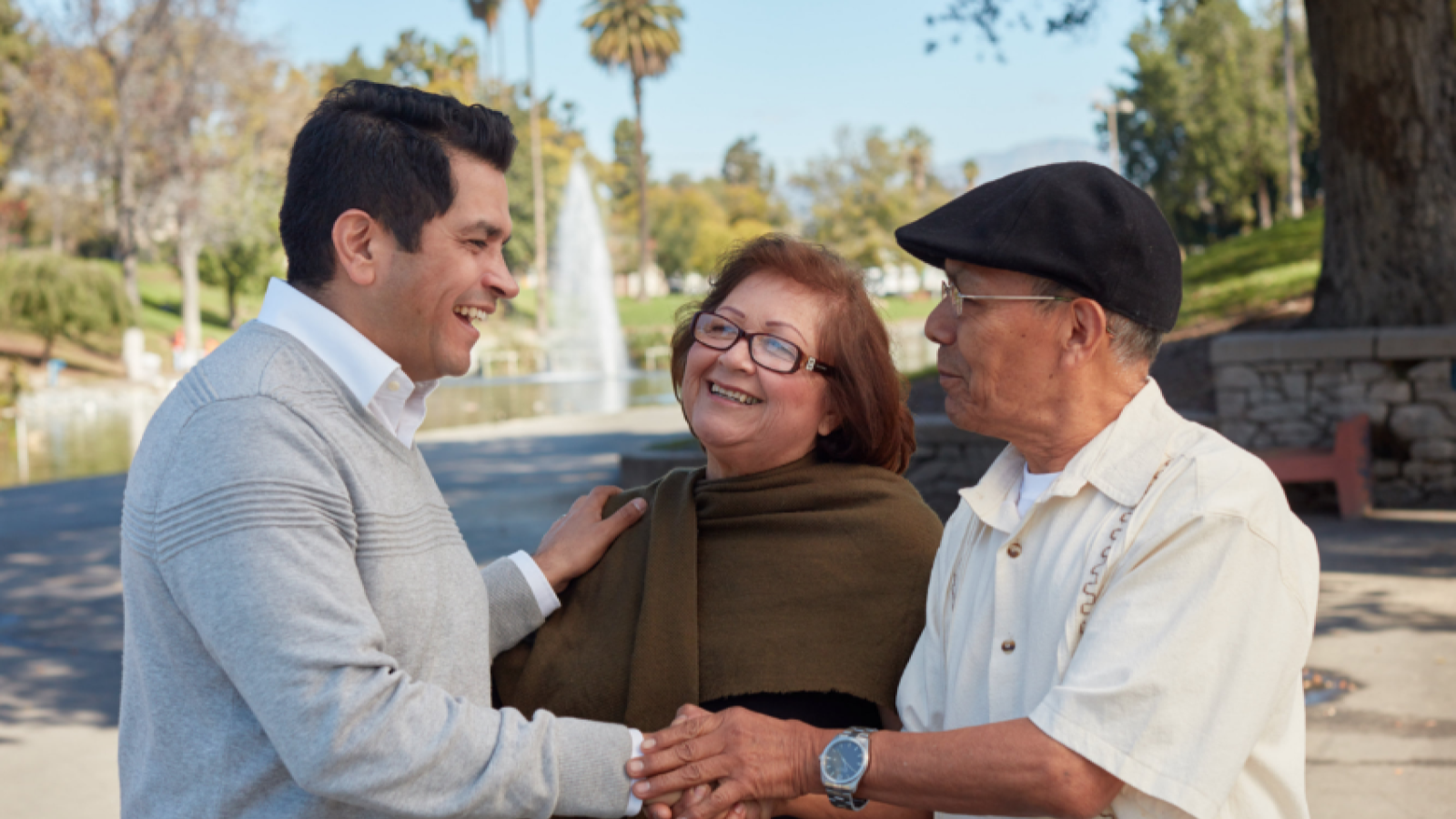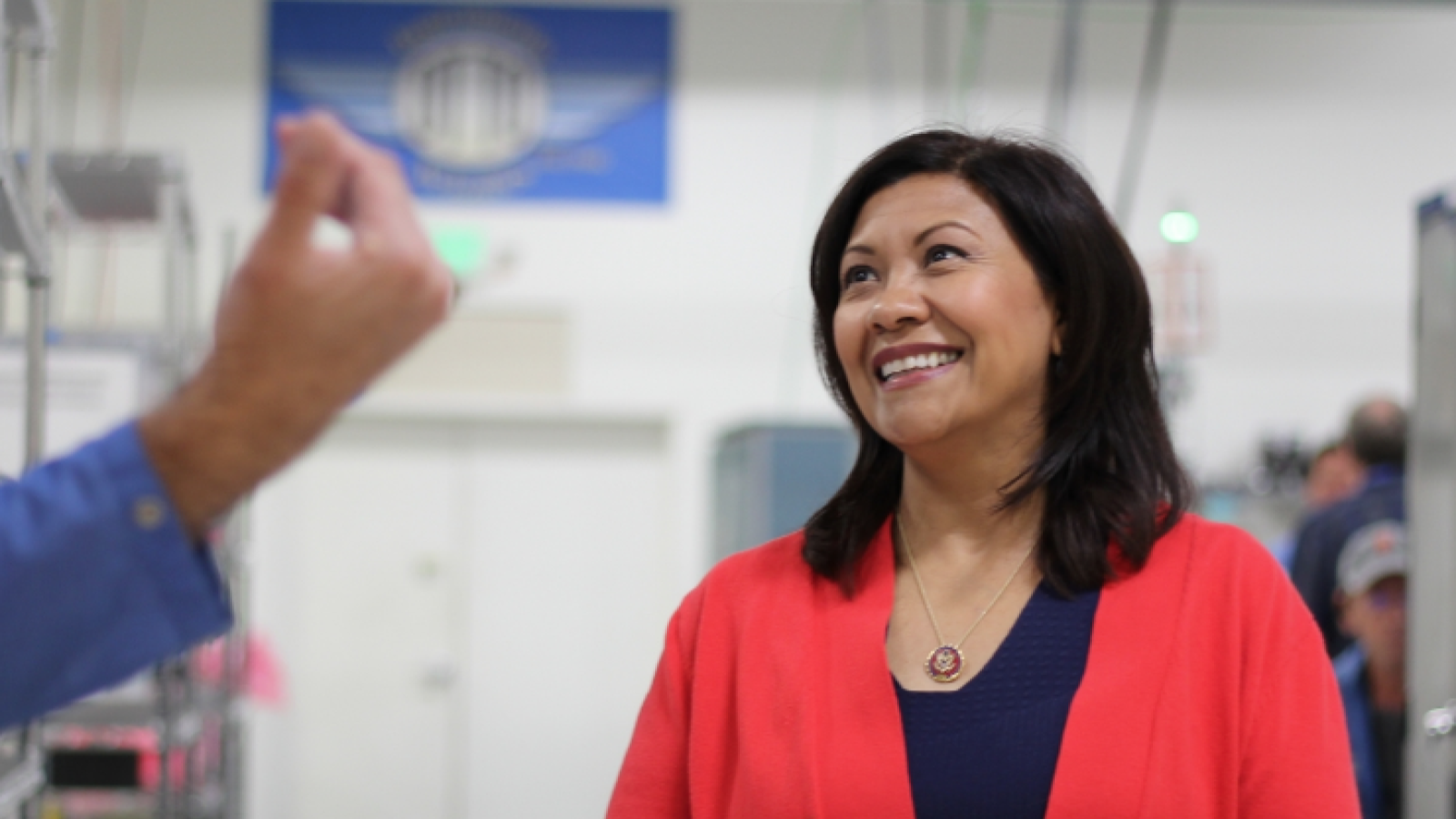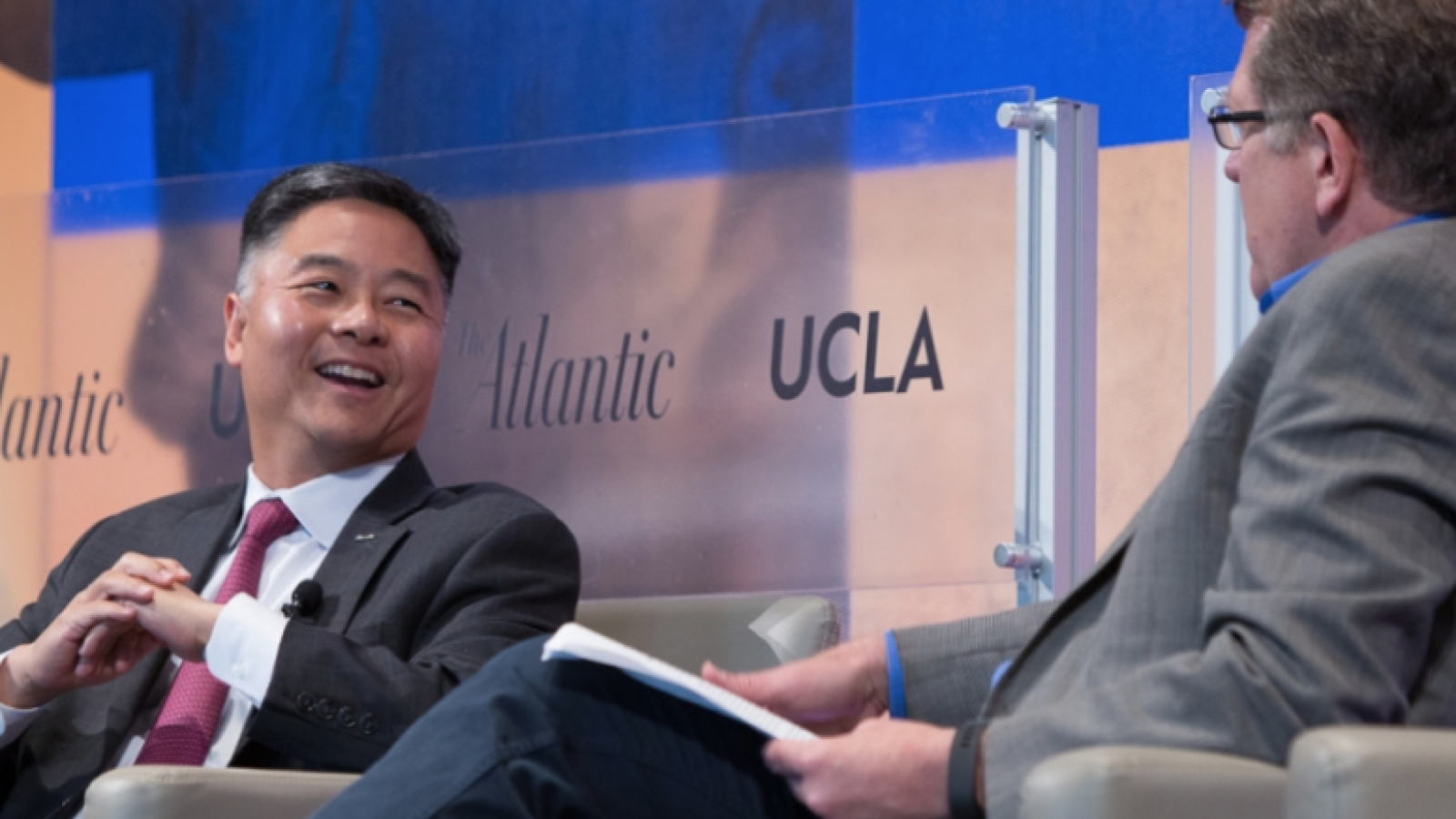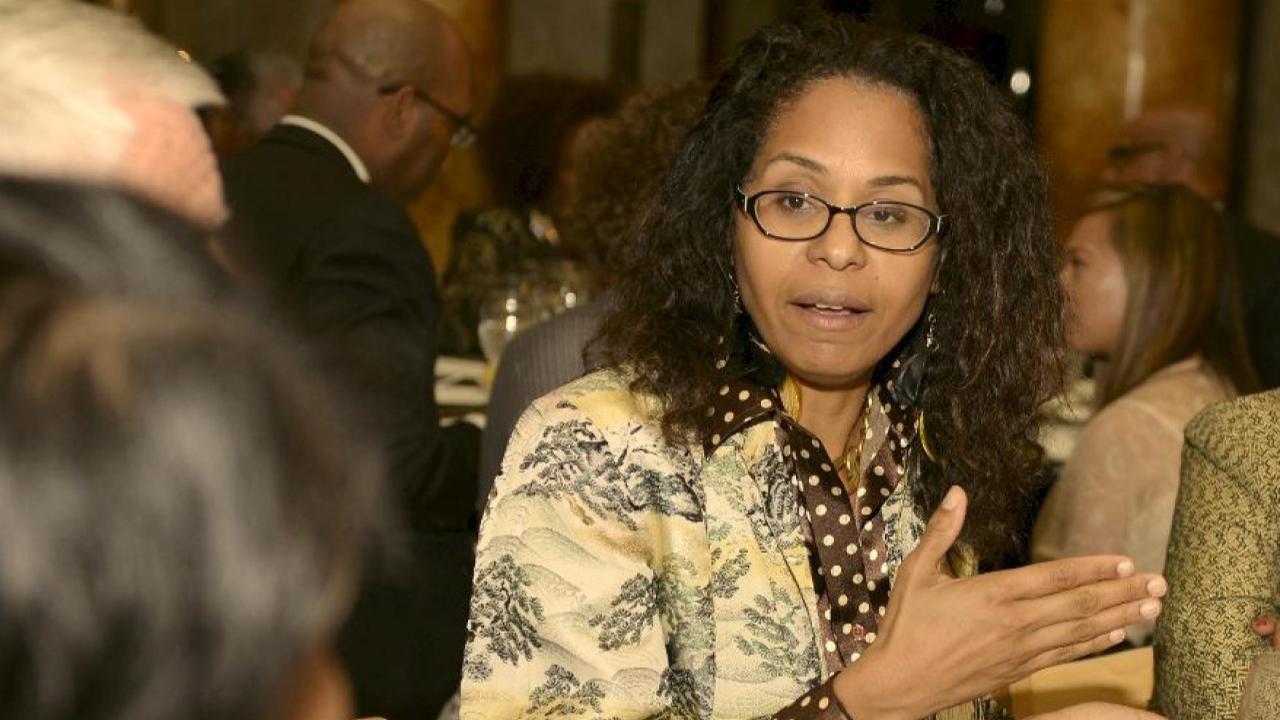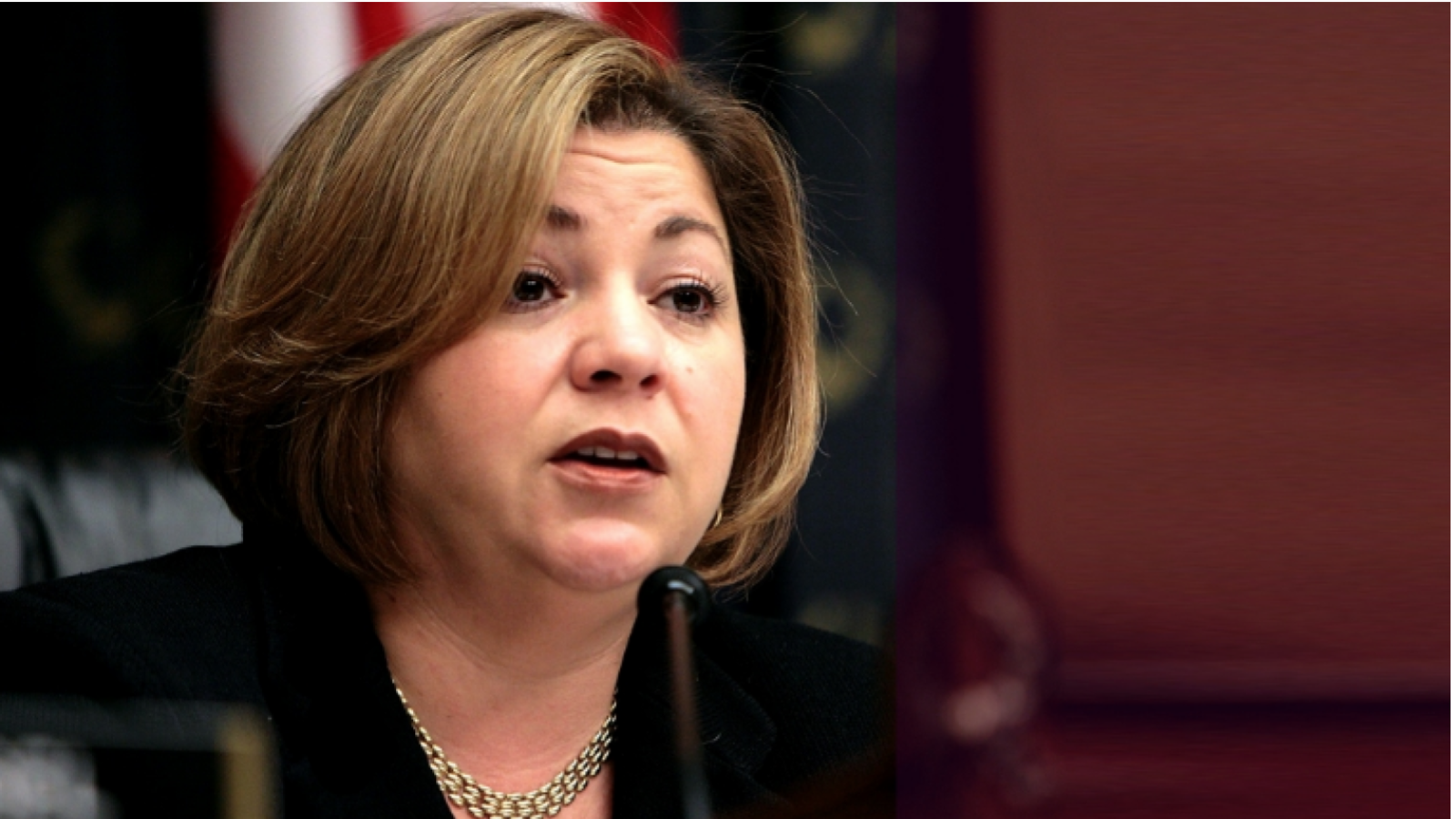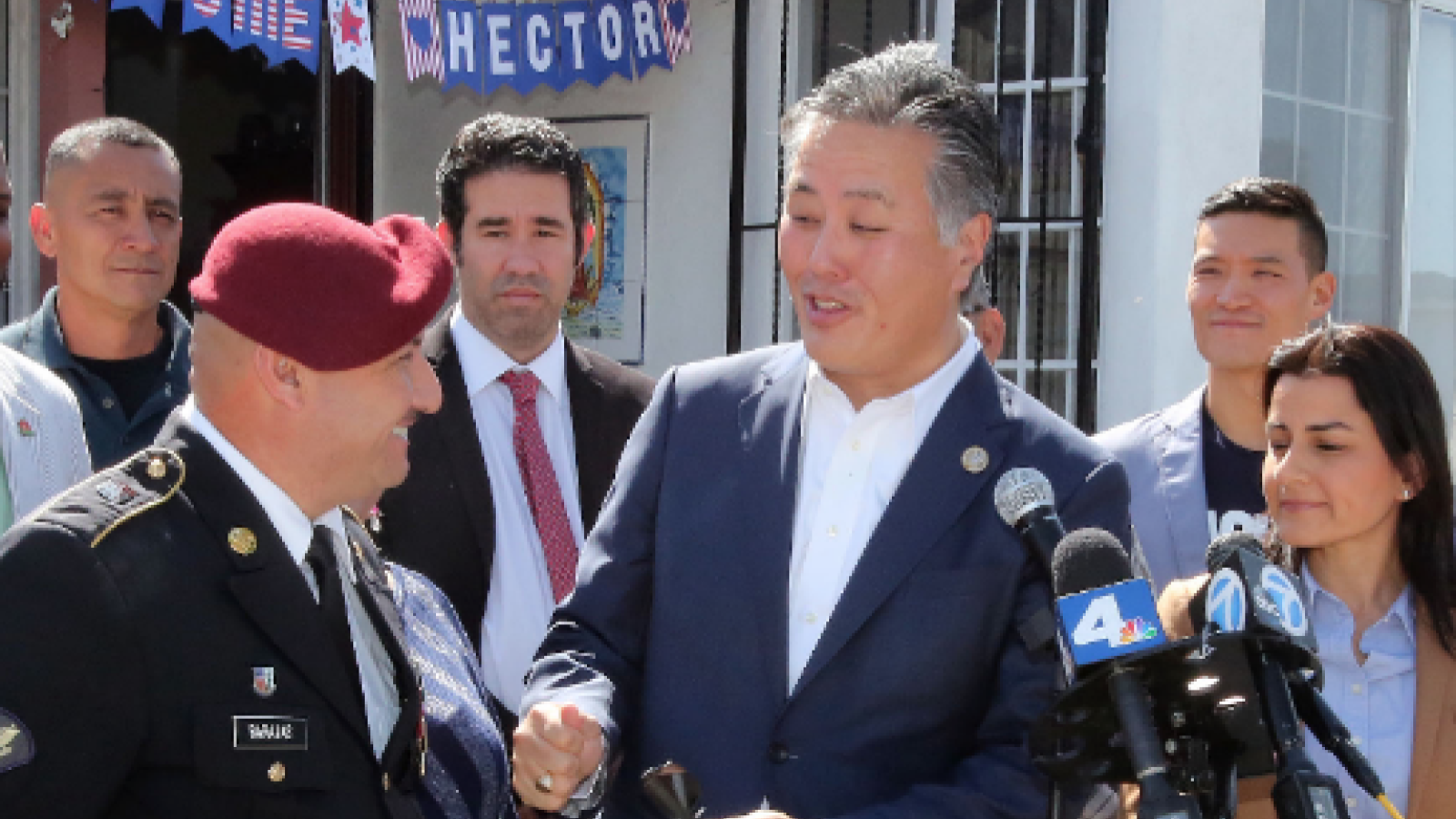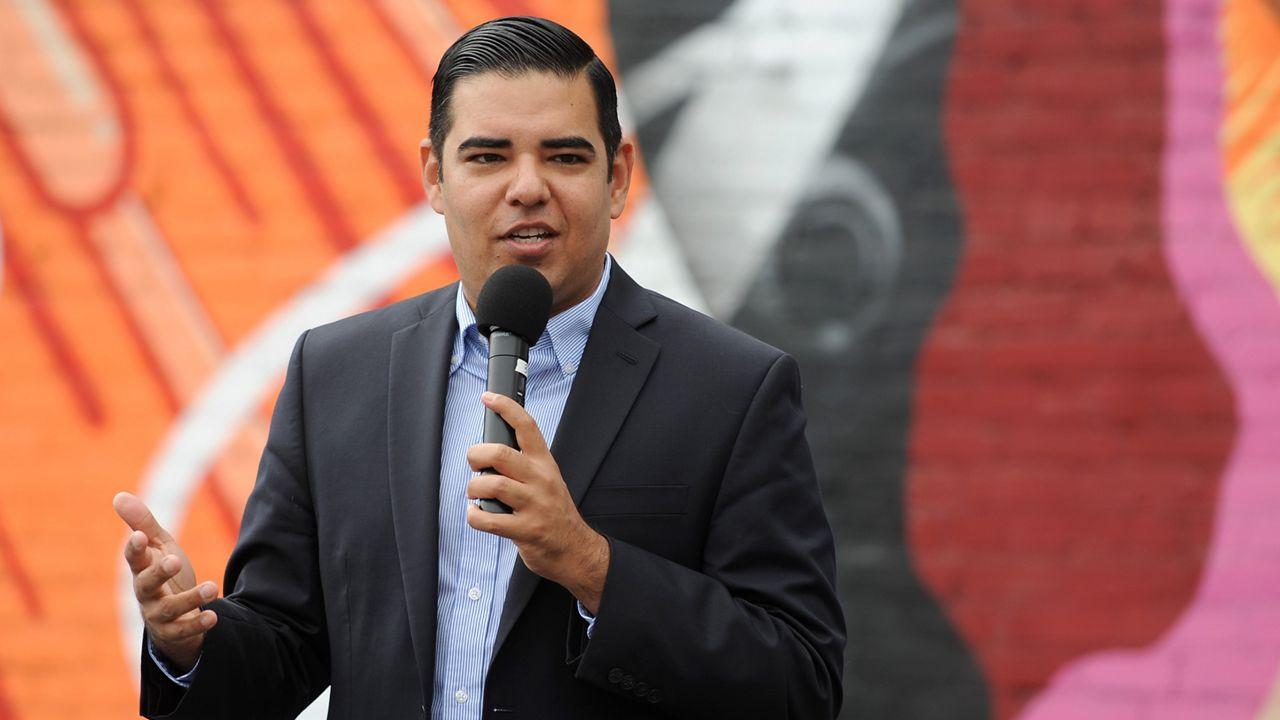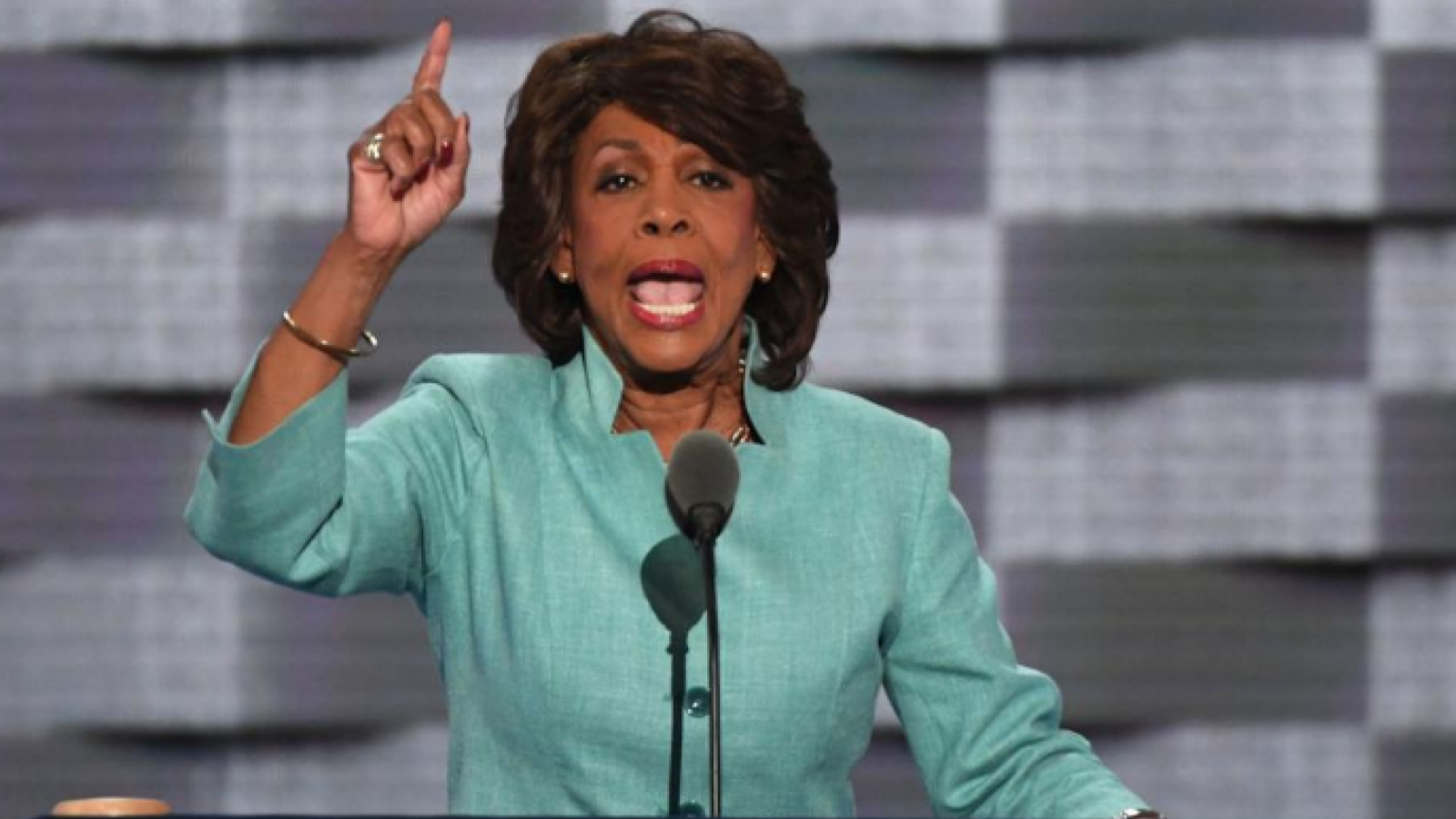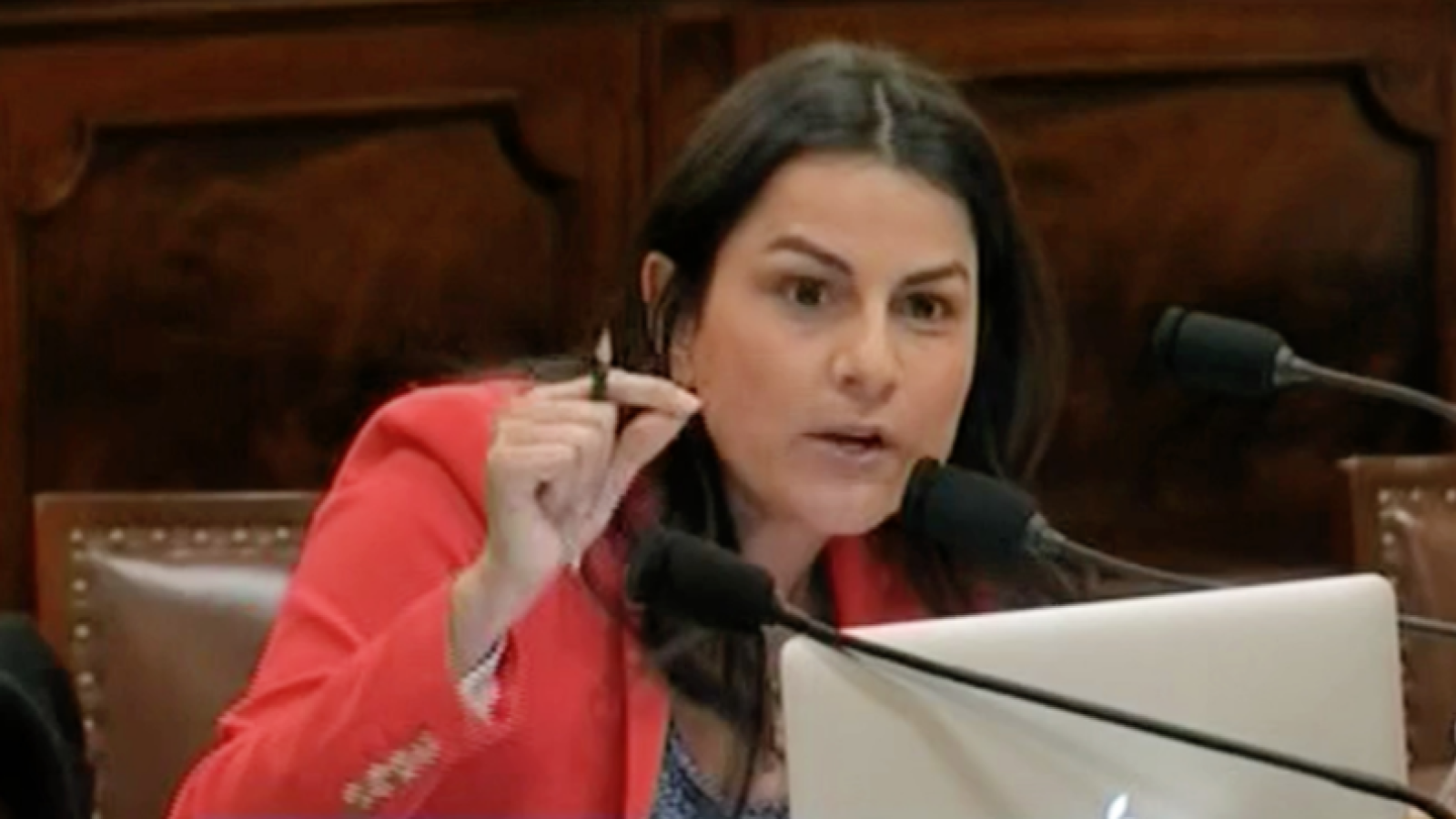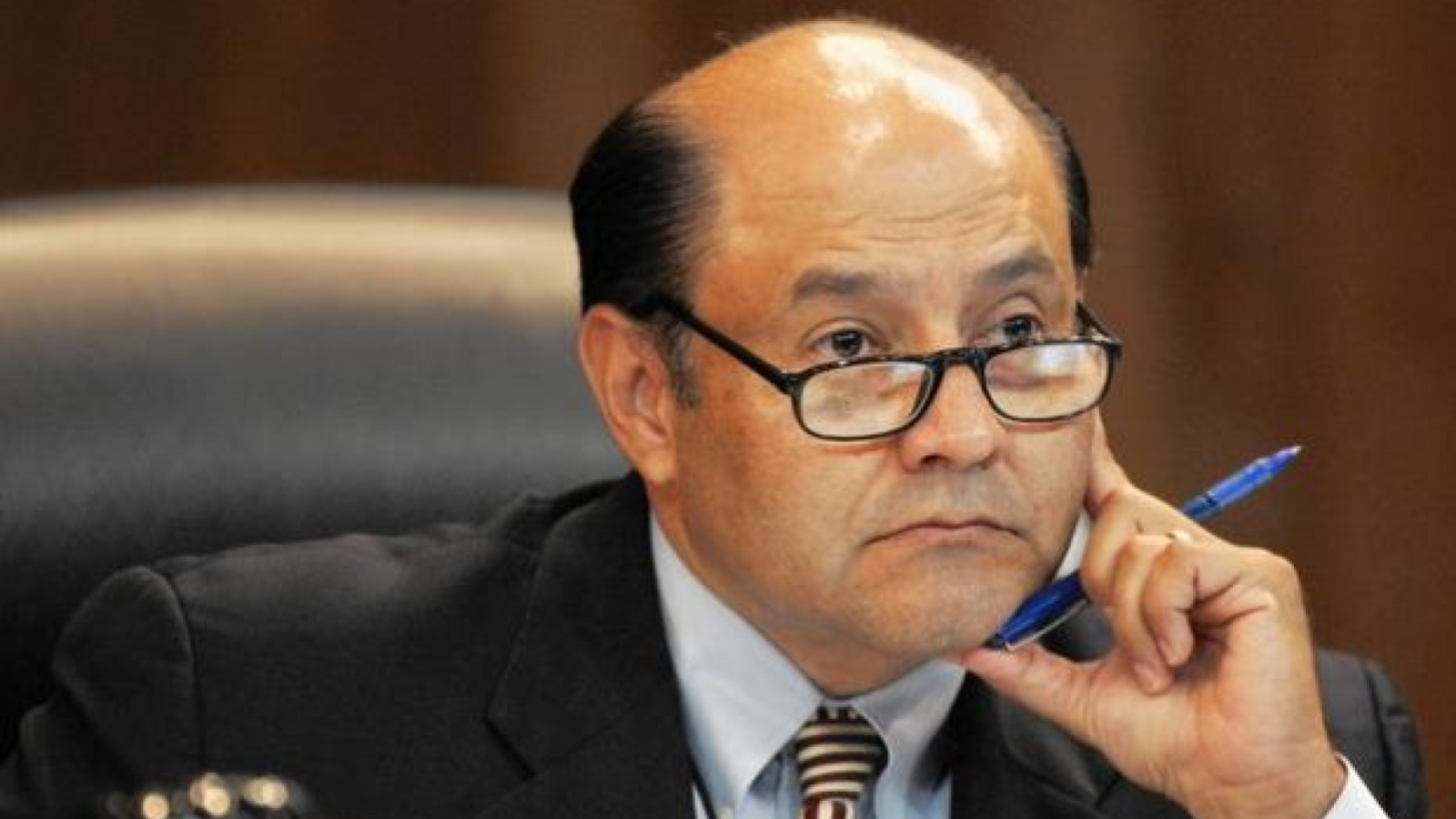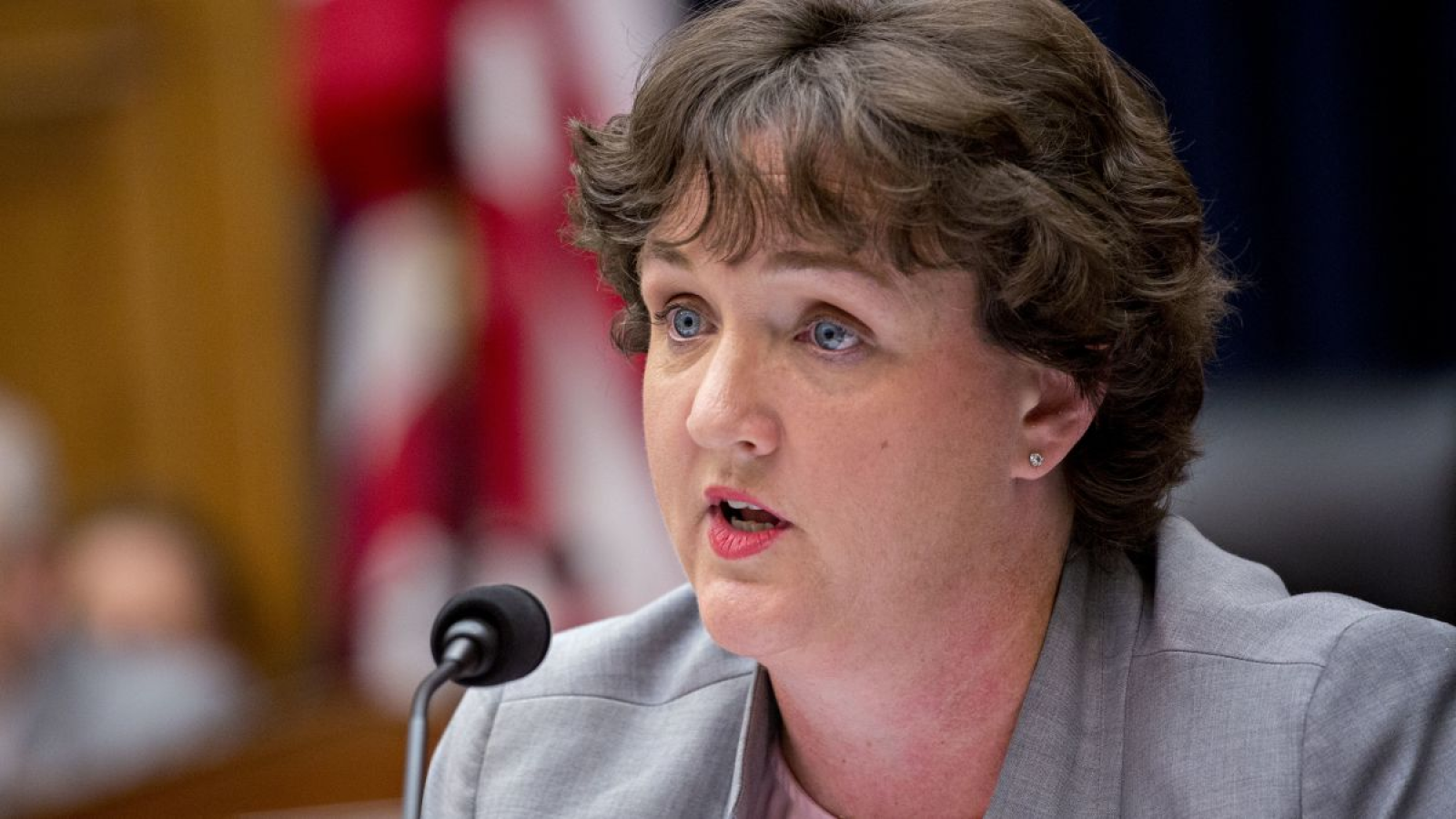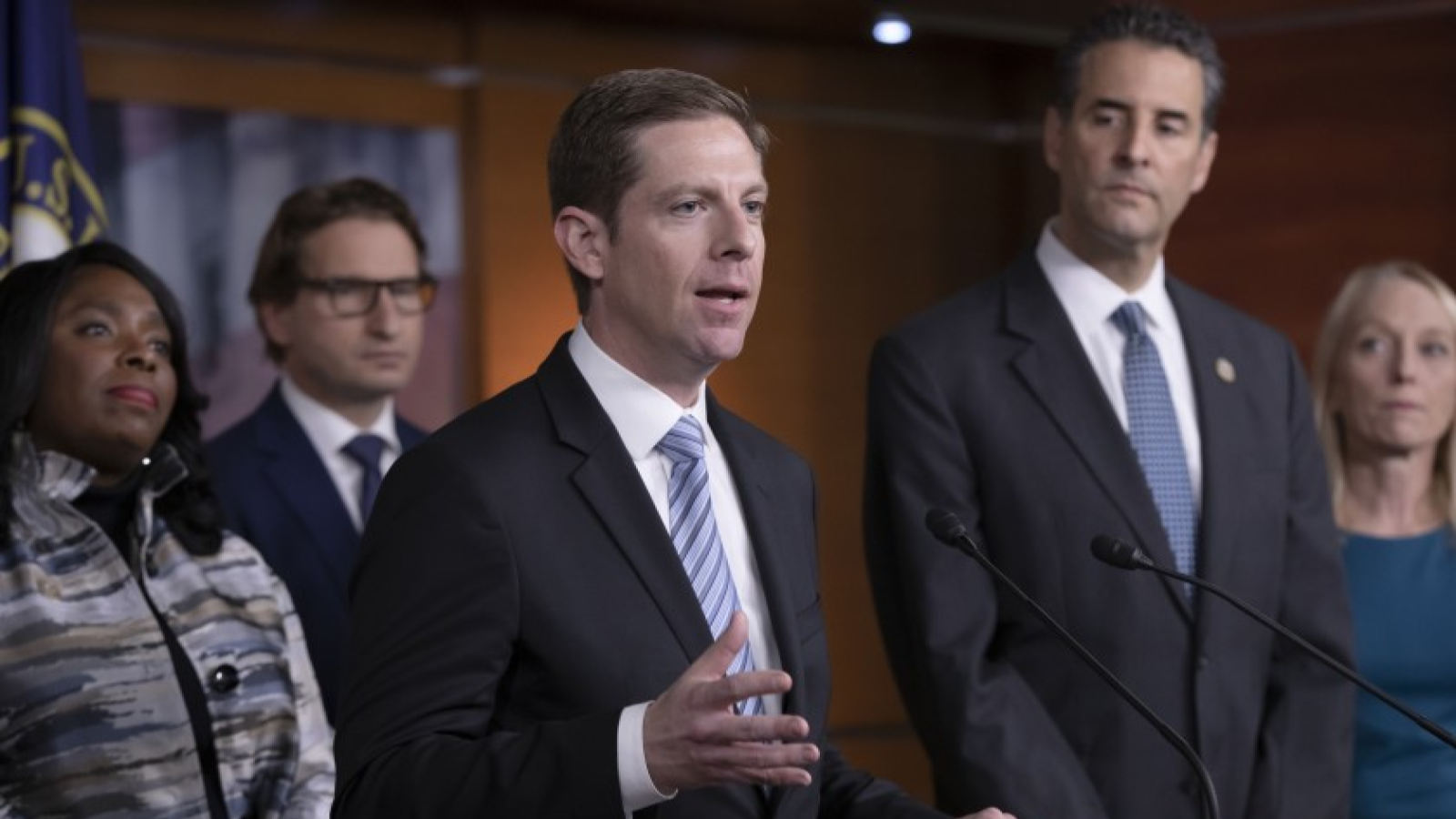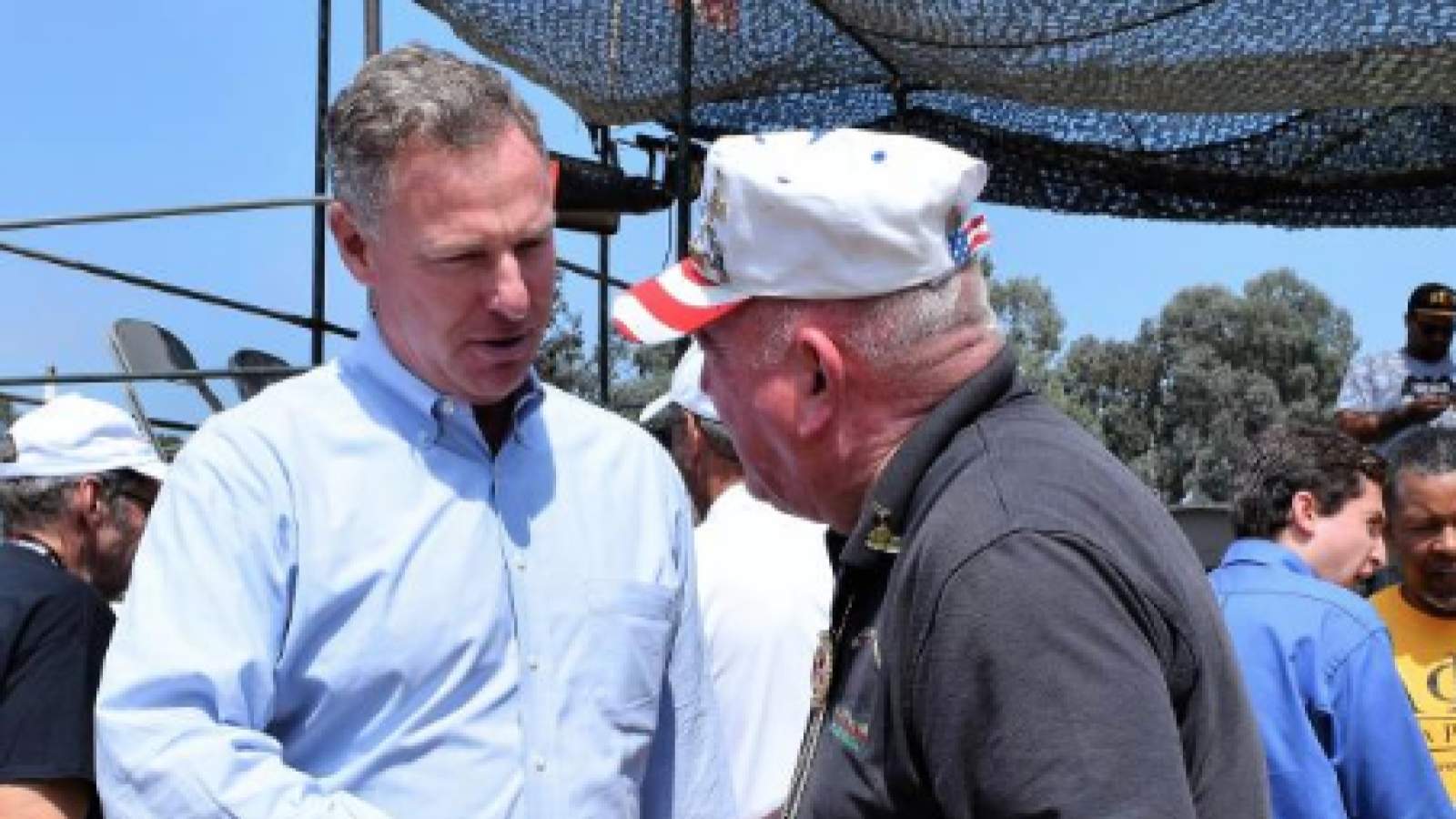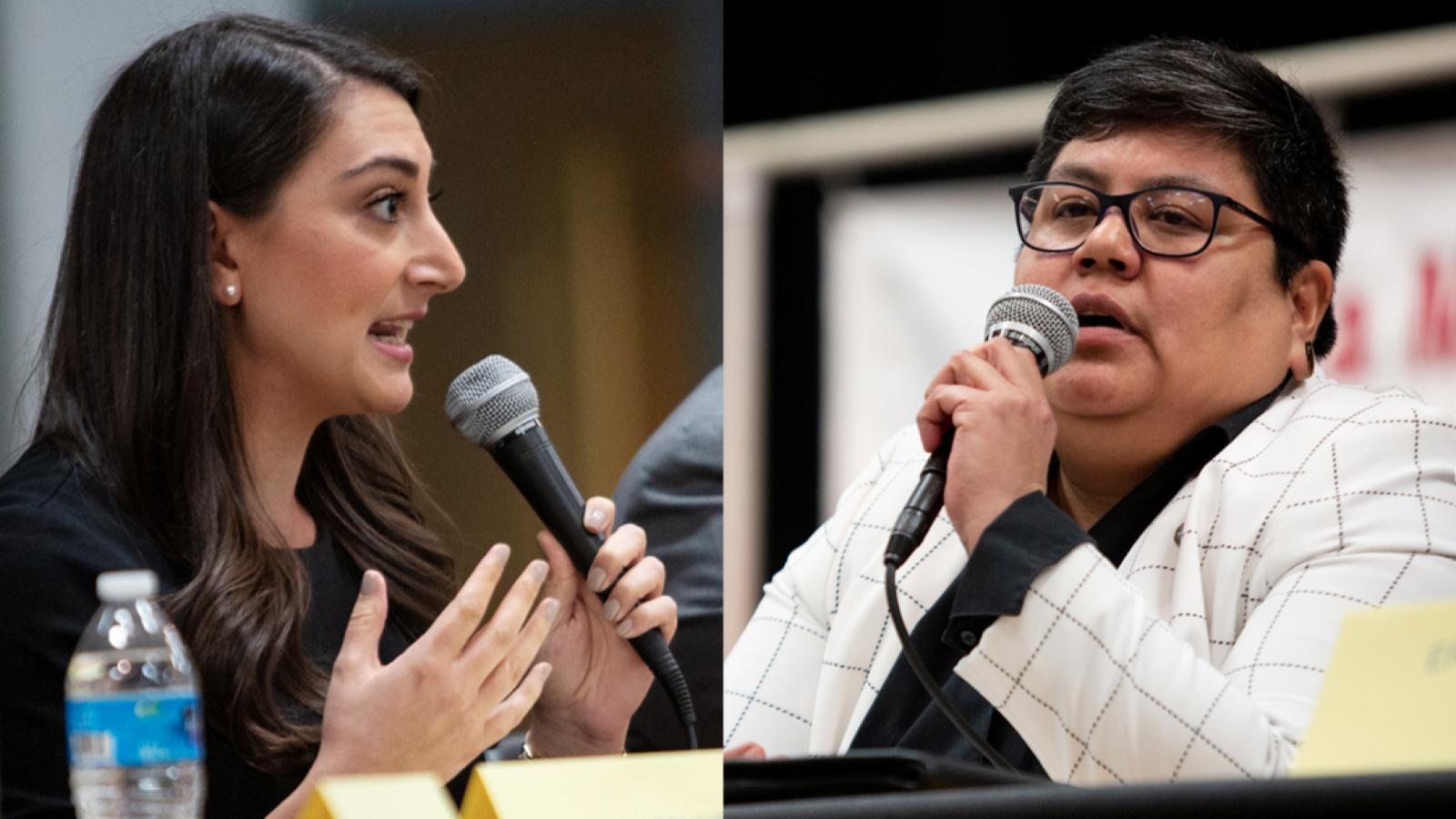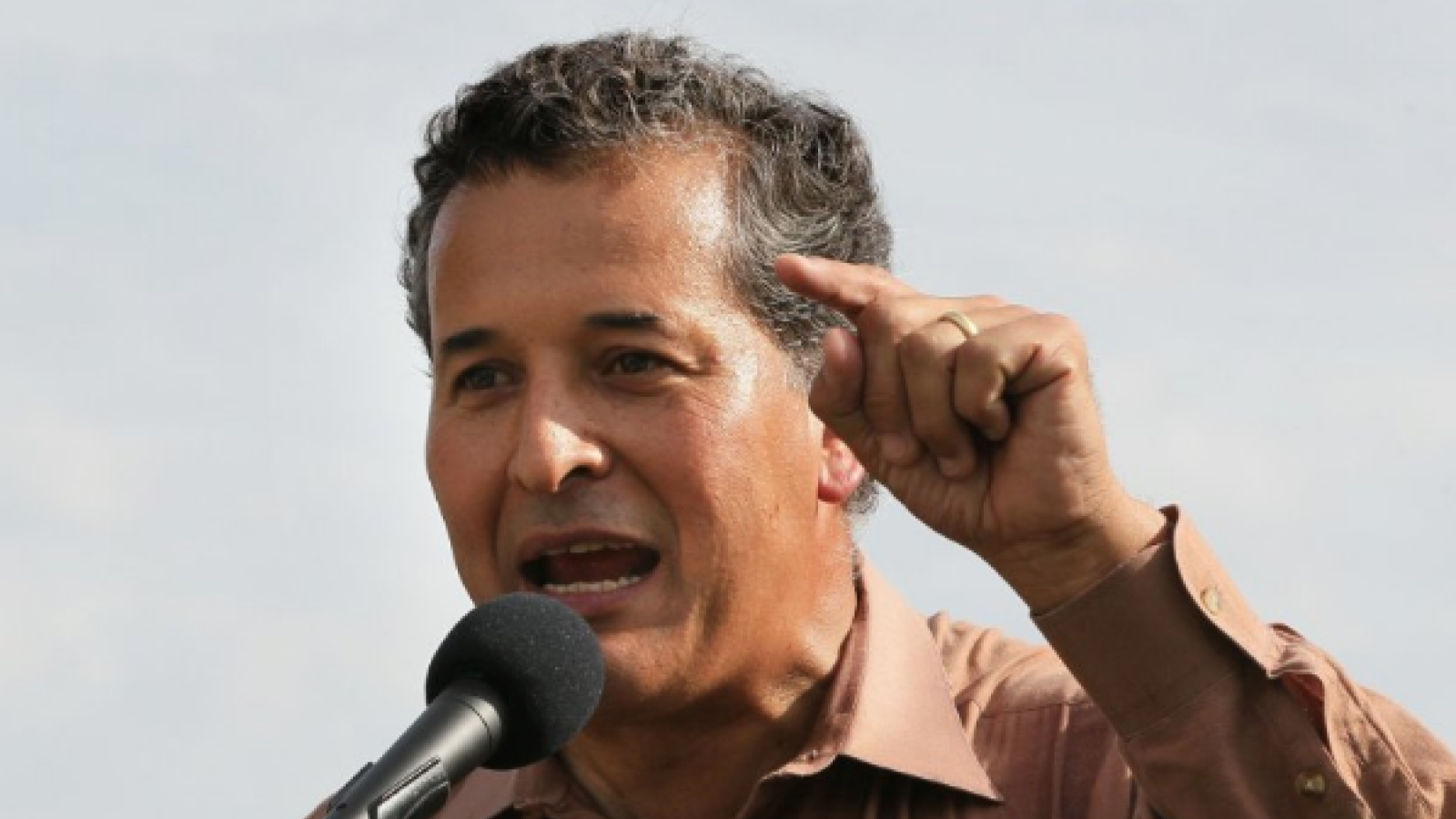Summary
The California onAir Hub supports Californians to become more informed about and engaged in local, state, and federal politics while facilitating more civil and positive discussions with their representatives, candidates, and fellow citizens.
- California onAir is one of 50 state governance and elections hubs that the US onAir Network is providing to help reinvigorate US democracy. This post has short summaries of current state and federal representatives with links to their complete Hub posts. Students curate post content from government, campaign, social media, and public websites. Key content on the California onAir Hub is also replicated on the US onAir national Hub at: us.onair.cc.
- California students will be forming onAir chapters in their colleges and universities to help curate Hub content. As more students participate and more onAir chapters are started, we will expand to include more state and local content as well as increase the number of aircasts – student-led, livestreamed, online discussions with candidates, representatives, and the public.
Find out more about Who Represents Me in California
Learn more about the US onAir Network
News
December 21, 2023
The base content in each post in this California onAir Hub has been updated as of 12/20/23. In addition to the eight posts on the home page, in depth posts on each US House member and posts on California government and elections have been started. These posts have been shared with the US onAir Hub and will updated in the US onAir automatically when they are updated in this hub.
If your university or nonpartisan organization (such as a government focused research center, citizen engagement program or a League of Women Voters chapter) is interested in assisting the US onAir network to help curate new issue posts or other posts on this Hub and moderate the forums in each post, contact Ben Murphy at Ben.Murphy@onair.cc.
We are also supporting college students to start an onAir chapter on the their campus to coordinate the curation and moderation of posts especially on state and local representatives and government.
About
All hub content in onAir hubs is free to the public. Hub ontent is under the Creative Commons Attribution-NonCommercial license which permits content sharing and adaptation by nonprofit organizations as long as proper attribution is given to its author(s) and is used for non-commercial purposes. Content and moderation guidelines reinforce our commitment to fact-based, comprehensive content and civil and honest discourse.
To participate in aircast and post discussions, email usdemocracy@onair.cc and include your first name last name, and zipcode. Your real name and any other profile information will not be displayed unless you choose to do so. Your personal information is not shared with any other website or organization.
Hub membership will enable you to:
- Participate in issue and interview aircasts (student-led livestreamed discussions);
- Interact directly with post authors and curators giving them feedback, content suggestions, and asking questions;
- Ask questions, make suggestions, and give endorsement to representatives
Web Links
State Representatives
California is located in the Western region of the USA with Sacramento as its capital. Gavin Newsom (D) is Governor
The California legislature has 40 Senate members and 80 House members.
Governor Gavin Newsom
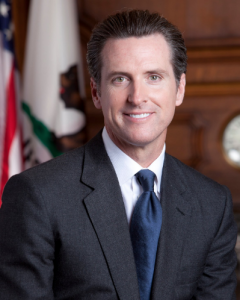 Current Position: Governor since 2019
Current Position: Governor since 2019
Affiliation: Democrat
Former Positions: Lt. Governor from 2010 – 2018; Mayor San Francisco from 2003 – 2010
Gavin Newsom founded the boutique winery PlumpJack Group with billionaire heir and family friend Gordon Getty as an investor. The company grew to manage 23 businesses, including wineries, restaurants, and hotels.
As lieutenant governor, Newsom hosted The Gavin Newsom Show from 2012 to 2013. He also wrote the 2013 book Citizenville, which focused on using digital tools for democratic change.
In 2023, Newsom launched Campaign for Democracy, a PAC to take on authoritarian leaders. It is thought to be a starting point for a possible 2028 presidential bid.
OnAir Post: Gavin Newsom – CA
US Representatives
Senator Alex Padilla
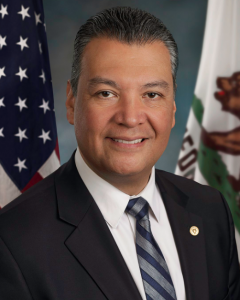 Current Position: US Senator since 2021
Current Position: US Senator since 2021
Affiliation: Democrat
Former Positions: Secretary of State from 2015 – 2020; State Senator for 20th District from 2006 – 2014; President Los Angeles City Council from 2001 – 2006
Quotes:
The sad fact is that basic scientific illiteracy and rampant misinformation is ending lives prematurely from COVID 19, and contributing to climate catastrophes here at home and around the world.
Senate gives standing ovation to Sen. Alex Padilla after passionate speech about equality
Governor Gavin Newsom appointed Padilla to the United States Senate after then-Senator Kamala Harris was elected Vice President of the United States.
OnAir Post: Alex Padilla – CA
Senator Laphonza Butler
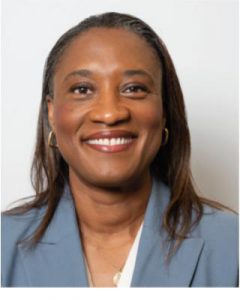 Current Position: US Senator since 2023
Current Position: US Senator since 2023
Affiliation: Democrat
Former Positions: State Senator from 2010 – 2012; State Delegate from 2002 – 2008
Laphonza Romanique Butle is an American labor union official and politician serving as the junior United States senator from California since 2023. Butler began her career as a union organizer, and served as president of California SEIU State Council from 2013 to 2018. A member of the Democratic Party, she was a regent of the University of California system from 2018 to 2021, and the president of EMILY’s List from 2021 to 2023.
On October 1, 2023, California Governor Gavin Newsom chose Butler to fill the United States Senate seat left vacant by the death of Dianne Feinstein. She is the first LGBT African American to serve in the Senate.
OnAir Post: Laphonza Butler – CA
Doug LaMalfa CA-01
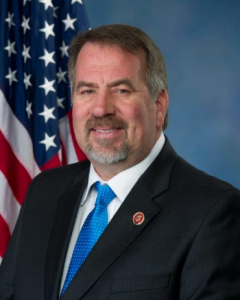 Current Position: US Representative of CA District 1 since 2013
Current Position: US Representative of CA District 1 since 2013
Affiliation: Republican
Former Positions: State Senator from 2010 – 2012; State Delegate from 2002 – 2008
Other positions: Ranking Member, Elections and Constitutional Amendments and Natural Resources and Water subcommittees
District: counties of Butte, Colusa, Glenn, Lassen, Modoc, Shasta, Siskiyou, Sutter, and Tehama, and most of Yuba County. The largest cities in the district are Chico, Redding, and Yuba City.
Upcoming Election:
OnAir Post: Doug LaMalfa CA-01
Jared Huffman CA-02
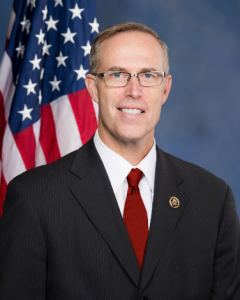 Current Position: US Representative of CA District 2 since 2013
Current Position: US Representative of CA District 2 since 2013
Affiliation: Democrat
Former Position: State Delegate from 2006 – 2012
Other positions: Chair, Subcommittee on Water, Oceans and Wildlife
District: Golden Gate Bridge to the Oregon border, and includes all of the portions of Highway 101 within California that are north of San Francisco, excepting a stretch in Sonoma County.
Upcoming Election:
Quotes:
At a time when we’re seeing unfathomable water shortages, the federal govt shouldn’t be an obstacle to water conservation. My bill w/ @SenFeinstein @SenAlexPadilla @RepJudyChu is a smart solution to encourage water efficiency & build resilient communities.
OnAir Post: Jared Huffman CA-02
Kevin Kiley CA-03
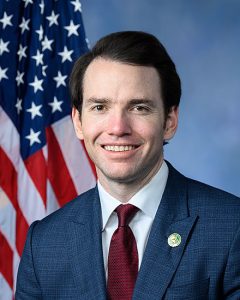 Current Position: US Representative of CA District 3 since 2023
Current Position: US Representative of CA District 3 since 2023
Affiliation: Democrat
District: Alpine, Inyo, Mono, Nevada, Placer, Plumas, and Sierra counties, as well as parts of El Dorado, Sacramento, and Yuba counties. It includes the Sacramento suburbs of Roseville (the district’s largest city), Folsom, Orangevale, Rocklin, and Lincoln, and the mountain towns of Quincy, South Lake Tahoe, Truckee, Mammoth Lakes, and Bishop.
Upcoming Election:
Kevin Patrick Kiley attorney and former educator who represented the 6th district in the California State Assembly from 2016 to 2022. Kiley was a candidate to replace California governor Gavin Newsom in the voter-initiated recall election on September 14, 2021.
OnAir Post: Kevin Kiley CA-03
Mike Thompson CA-04
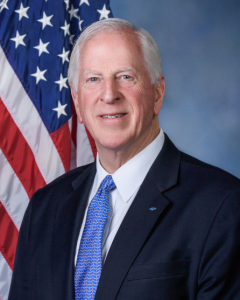 Current Position: US Representative of CA District 4 since 1999 (formerly 5th)
Current Position: US Representative of CA District 4 since 1999 (formerly 5th)Affiliation: Democrat
Former Position: State Senator from 1990 – 1996
Other positions: Chair, Select Revenue Measures Subcommittee
District: all of Lake County and Napa County, most of Yolo County, and parts of Solano County and Sonoma County. Major cities in the district include Davis, Woodland, Napa, Vacaville, and most of Santa Rosa.
Upcoming Election
Quotes:
Met with members of the @nasw
to discuss the importance of improving mental health access and expanding the use of telehealth. Thank you for highlighting this crucial topic.
OnAir Post: Mike Thompson CA-04
Tom McClintock CA-05
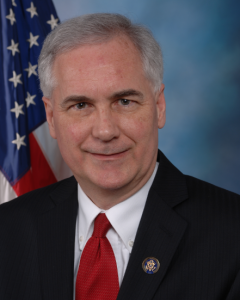 Current Position: US Representative of CA District 5 since 2009 (previously 4th)
Current Position: US Representative of CA District 5 since 2009 (previously 4th)
Affiliation: Republican
Former Positions: State Senator from 2000 – 2008; State Delegate from 1982 – 2000
Other positions:
Ranking Member, Subcommittee on Immigration and Citizenship
Quotes:
DHS, ICE, & CBP officials work tirelessly every day to uphold the rule of law. The left’s push to defund these agencies is reckless. Honored to join my House GOP colleagues in cosponsoring H. Res. 530 which supports the heroes who keep the U.S. safe.
OnAir Post: Tom McClintock CA-05
Ami Bera CA-06
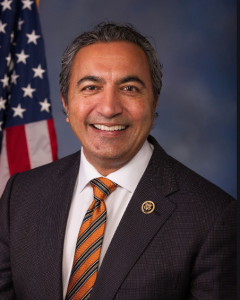 Current Position: US Representative of CA District 6 since 2013 (previously 7th)
Current Position: US Representative of CA District 6 since 2013 (previously 7th)
Affiliation: Democrat
Other positions: Subcommittee on Asia, the Pacific, Central Asia, and Nonproliferation
District: the 6th district is entirely in Sacramento County and includes the north side of the city of Sacramento
Upcoming Election:
Quotes:
We need a serious investigation into the January 6 insurrection, not a partisan sideshow. Yet, Kevin McCarthy has proven time and again that he’d rather choose political theatrics over seeking the truth. @SpeakerPelosi
made the right decision.
OnAir Post: Ami Bera CA-06
Doris Matsui CA-07
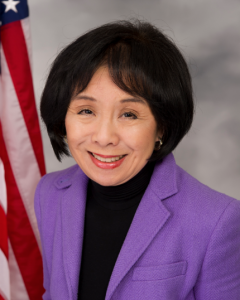 Current Position: US Representative of CA District 7 since 2005 (formerly 6th)
Current Position: US Representative of CA District 7 since 2005 (formerly 6th)
Affiliation: Democrat
District: Southern Sacramento County, part of Yolo County, and a tiny portion of Solano County. It includes all of Sacramento south of the American River, including Downtown Sacramento, and its suburbs of West Sacramento, Elk Grove, and Galt.
Upcoming Election:
Quotes:
In April, SCOTUS took away a major tool from the @FTC that protected Americans from fraudsters & scammers. Today, I voted to #ProtectConsumers & restore the agency’s powers to return money that was unlawfully taken to people who have been defrauded in Sacramento & nationwide.
Rep. Doris Matsui calls anti-Asian hate a “systemic problem”
OnAir Post: Doris Matsui CA-07
John Garamendi CA-08
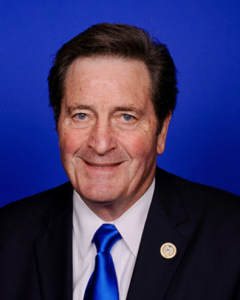 Current Position: US Representative of CA District 8 since 2009 (formerly 3rd)
Current Position: US Representative of CA District 8 since 2009 (formerly 3rd)
Affiliation: Democrat
Former Positions: Lt. Governor from 2007 – 2009; California Insurance Commissioner from 1991 – 2007
Other positions: Subcommittee on Readiness
District: arts of the Bay Area counties of Contra Costa County and Solano County, including the cities of Vallejo, Fairfield, Richmond and parts of Martinez.
Upcoming Election:
Quotes:
There’s nothing more important than my sworn duty to keep Californians safe. That’s why I voted to pass the #PFAS Action Act, which will protect Americans from dangerous PFAS chemicals that are currently present in nearly every American’s bloodstream.
OnAir Post: John Garamendi CA-08
Josh Harder CA-09
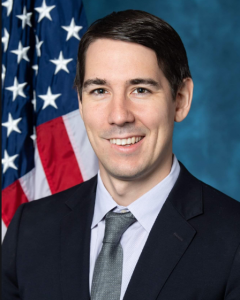 Current Position: US Representative of CA District 9 since 2019 (formerly 10th)
Current Position: US Representative of CA District 9 since 2019 (formerly 10th)
Affiliation: Democrat
District: majority of San Joaquin County centered on Stockton
Upcoming Election:
Quotes:
Our Dreamers deserve so much better than this and we know exactly how to do it. Let’s stop leaving the fate of our neighbors up to some judge somewhere and actually pass the Dream Act.
In 2014, Bessemer Venture Partners hired Harder in its New York office. He moved back to San Francisco and became a vice president of the company. In 2017, Harder left Bessemer to campaign full-time. He moved back to Turlock and taught business at Modesto Junior College.[
OnAir Post: Josh Harder CA-09
Mark DeSaulnier CA-10
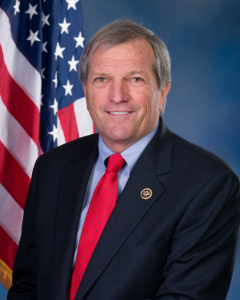 Current Position: US Representative of CA District 10 since 2005 (formerly 11th)
Current Position: US Representative of CA District 10 since 2005 (formerly 11th)
Affiliation: Democrat
Former Positions: US Senator from 2008 – 2015; State Delegate from 2006 – 2008
Other positions: Subcommittee on Health, Employment, Labor, and Pensions Subcommittee
District: parts of the eastern San Francisco Bay Area
Upcoming Election:
Quotes:
Women have been disproportionately impacted by job loss during the pandemic. For those looking to return to the workforce, we must offer the resources that will enable them to do so, including child care & paid family leave.
DeSaulnier worked as a probation officer, truck driver, and hotel services employee. He later owned and operated several restaurants in the San Francisco Bay Area.
OnAir Post: Mark DeSaulnier CA-10
Nancy Pelosi CA-11
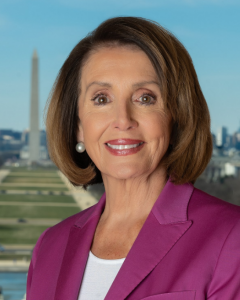 Current Position: US Representative of CA District 11 since 1987 (formerly 12th)
Current Position: US Representative of CA District 11 since 1987 (formerly 12th)
Affiliation: Democrat
Other positions: Former Speaker of the House
District: entirely in San Francisco
Upcoming Election:
Quotes:
For more than a decade Dodd-Frank has stood as a pillar of Democrats’ leadership to protect families’ financial security. After reckless actions by predatory lenders & Wall Street ignited the Great Recession, Democrats delivered an historic transformation of our financial system.
Pelosi was born and raised in Baltimore, and is the daughter of mayor and congressman Thomas D’Alesandro Jr.
OnAir Post: Nancy Pelosi CA-11
Barbara Lee CA-12
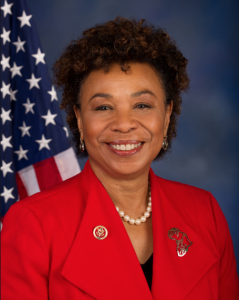 Current Position: US Representative of CA District 12 since 1993 (Formerly 13th)
Current Position: US Representative of CA District 12 since 1993 (Formerly 13th)
Affiliation: Democrat
Other positions: Co-Chair Democratic Steering and Policy Committee
District: Alameda County and includes the cities of Oakland, Berkeley, Emeryville, Alameda, Albany, Piedmont, and most of San Leandro.
Upcoming Election:
Quotes:
@SpeakerPelosi said it: We cannot jeopardize the integrity of the Jan. 6th investigation with people that don’t take it seriously & played a role in threatening our democracy. Nothing will stand in the way of the truth.
OnAir Post: Barbara Lee CA-12
John Duarte CA-13
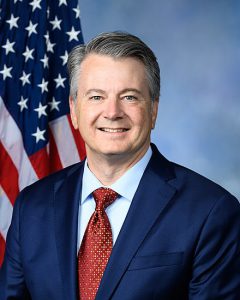 Current Position: Farmer, businessman of District 13
Current Position: Farmer, businessman of District 13
Affiliation: Republican
District: all of Merced County; most of the population of Madera County; and parts of Stanislaus, Fresno, and San Joaquin Counties. It includes the cities of Merced, Madera, Ceres, Patterson, Lathrop, Chowchilla, Atwater, Coalinga, and Mendota; as well as the southern parts of both Modesto and Turlock.[
Upcoming Election:
John Scott Duarte is an American politician, businessman, nurseryman, and pistachio farmer. In 1989, Duarte began his career as a vice president of sales for Duarte Trees & Vines, which was founded by his parents in 1988. In 2007, he became the company’s chief executive officer and president.
OnAir Post: John Duarte CA-13
Eric Swalwell CA-14
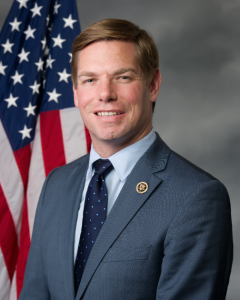 Current Position: US Representative of CA District 15 since 2013 (formerly 15th)
Current Position: US Representative of CA District 15 since 2013 (formerly 15th)
Affiliation: Democrat
Other positions: Intelligence Modernization and Readiness Subcommittee
District: Alameda County and includes the cities of Hayward, Pleasanton, Livermore, Union City, Castro Valley, and parts of Dublin and Fremont
Upcoming Election:
Quote:
When I say “letting democracy die” what does that mean? “Democracy” is not just a concept. It’s concrete. It’s something you own and possess. It’s your right to vote. That right is being taken from Texas voters.
After college, Swalwell returned to California and worked as a deputy district attorney in Alameda County. He was appointed to multiple municipal commissions in Dublin and later served two years on the Dublin City Council.
OnAir Post: Eric Swalwell CA-14
Kevin Mullin CA-15
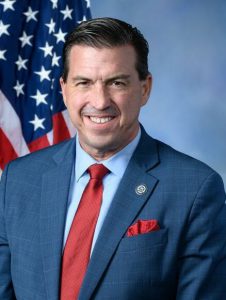 Current Position: US Representative of CA District 15 since 2013
Current Position: US Representative of CA District 15 since 2013
Affiliation: Democrat
District: most of San Mateo County and the southeast side of San Francisco.
Upcoming Election:
Mullin is the son of Gene Mullin, who served three terms in the Assembly. Before being elected to the Assembly in 2012, he was an entrepreneur and served on the city council of South San Francisco, including one year as mayor. He served as speaker pro tempore of the Assembly from 2014 to 2022.
OnAir Post: Kevin Mullin CA-15
Anna Eshoo CA-16
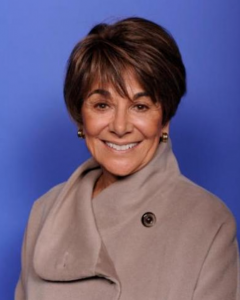 Current Position: US Representative of CA District 16 since 1993 (formerly 18th)
Current Position: US Representative of CA District 16 since 1993 (formerly 18th)
Affiliation: Democrat
Other positions: Ranking Member, Energy and Commerce Committee’s Subcommittee on Communications and Technology
District: portions of Santa Clara, San Mateo, and Santa Cruz counties, extending from the southwestern San Francisco Bay Area through the Santa Cruz Mountains to the Pacific coast.
Upcoming Election:
Quotes:
During last year’s wildfires, millions were subjected to dirty air and for days, my constituents endured the worst air quality in the world. As climate change makes wildfires more frequent, poor air quality will remain a persistent public health concern in the Bay Area.
OnAir Post: Anna Eshoo CA-16
Ro Khanna CA-17
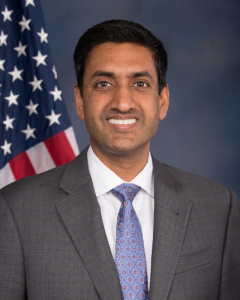 Current Position: US Representative of CA District 17 since 2017
Current Position: US Representative of CA District 17 since 2017
Affiliation: Democrat
Other positions: Oversight Environmental Subcommittee
District: parts of Alameda County and Santa Clara County. It encompasses the cities of Sunnyvale, Cupertino, Santa Clara, Milpitas, Newark, parts of Fremont, and the northernmost and westernmost parts of San Jose.
Upcoming Election:
Quotes:
The US spends more on defense than the next 11 countries combined. College for All, Medicare for All, public education—this is money we can spend on helping the American people instead of too much for the executives of defense contractors.
OnAir Post: Ro Khanna CA-17
Zoe Lofgren CA-18
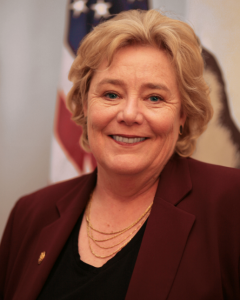 Current Position: US Representative of CA District 18 since 1995 (formerly 19th)
Current Position: US Representative of CA District 18 since 1995 (formerly 19th)
Affiliation: Democrat
Other positions: Subcommittee on Immigration and Citizenship
District: all of San Benito County and parts of Santa Clara and Monterey counties, including Salinas, Hollister, Watsonville, Gilroy, Soledad, and downtown and eastern San Jose.
Upcoming Election:
Quotes:
A company can simultaneously be helping people get vaccinated & spreading misinformation. When it comes to Facebook, like President Biden, I am concerned about the latter.
OnAir Post: Zoe Lofgren CA-18
Jimmy Panetta CA-19
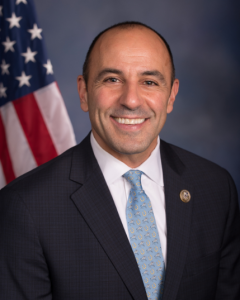 Current Position: US Representative of CA District 20 since 2017 (formerly 19th)
Current Position: US Representative of CA District 20 since 2017 (formerly 19th)
Affiliation: Democrat
District: most of Santa Cruz County and parts of Santa Clara County, Monterey County and San Luis Obispo County
Upcoming Election:
Quotes:
Americans deserve a nonpartisan inquiry into the #January6th attack on our democracy. I voted for the independent commission, but that was rejected. Now, we must allow the Select Committee investigation to hold those responsible to account.
Congressman Panetta Speaks on the House Floor in Support of the HOSPICE Act
OnAir Post: Jimmy Panetta CA-19
Jim Costa CA-21
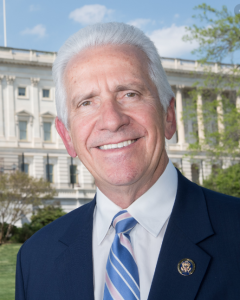 Current Position: US Representative of CA District 21 since 2005 (formerly 16th)
Current Position: US Representative of CA District 21 since 2005 (formerly 16th)
Affiliation: Democrat
Former Positions: State Senator from 1994 – 2002; State Delegate from 1978 – 1994
Other positions: Livestock and Foreign Agriculture Subcommittee.
District: parts of Fresno County and Tulare County. Cities in the district include the majority of Fresno, the north side of Visalia, and all of Sanger, Selma, Kingsburg, Parlier, Reedley, Orange Cove, Dinuba, Orosi, Cutler, Farmersville, Woodlake and Exeter.
Upcoming Election:
Quotes:
“This fix will restore and increase funding to the Crime Victims Fund, which is essential to local agencies that provide life-saving services to victims of all types of crime,” said Rep. Costa, who voted in support of the legislation in the House on March 17, 2021. “This bill retains VOCA’s historic underlying principle that convicted offenders should pay for services that help crime victims and survivors.”
OnAir Post: Jim Costa CA-21
David Valadao CA -22
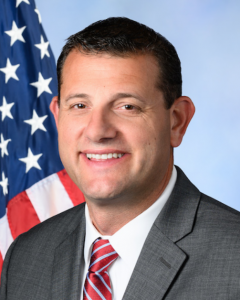 Current Position: US Representative of CA District 21 since 2019
Current Position: US Representative of CA District 21 since 2019
Affiliation: Republican
District: most of Kings County and parts of Tulare and Kern Counties.
Upcoming Election:
Quotes:
It’s time we put people before fish. My second amendment would codify the 2019 BiOps, following the most accurate, best available science. Following the science really should be a no-brainer, but the Majority party voted no
OnAir Post: David Valadao CA -22
Jay Obernolte CA-23
Current Position: US Representative of CA District 23 since 2021 (formerly 8th)
Affiliation: Republican
Other positions: Subcommittee for Indigenous Peoples of The United States and
Subcommittee on Investigations and Oversight
District: Anchored in San Bernardino County, also includes parts of Kern and Los Angeles counties.
Upcoming Election:
Quotes:
The best way to stop wildfires is through comprehensive forest management, but often federal regulations designed to protect our public lands end up preventing actions to protect our communities. I introduced the Salvage Act today to address this problem.
OnAir Post: Jay Obernolte CA-23
Salud Carbajal CA-24
Current Position: US Representative of CA District 24 since 2017
Affiliation: Democrat
Former Position: Santa Barbara County Board of Supervisors from 2004 – 2012
Other positions: Coast Guard and Maritime Transportation
District: Santa Barbara County, most of San Luis Obispo County, and part of Ventura County. Cities in the district include Santa Barbara, Ventura, San Luis Obispo, Santa Maria, and Ojai.
Upcoming Election:
Quotes:
We have been debating infrastructure investment for years and we always come back to ‘how do we pay for it?’ A national infrastructure bank takes partisan politics out of the equation, serving as an additional revenue source to finance current and long-term infrastructure needs.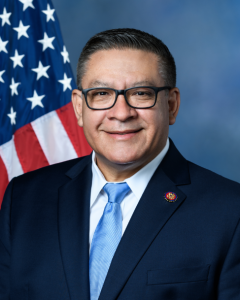
OnAir Post: Salud Carbajal CA-24
Raul Ruiz CA-25
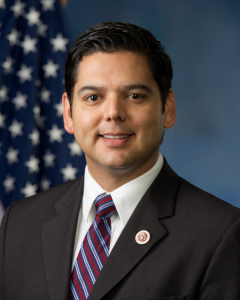 Current Position: US Representative of CA District 36 since 2013 (formerly 25th)
Current Position: US Representative of CA District 36 since 2013 (formerly 25th)
Affiliation: Democrat
Former Position: Physician from 2006 – 2013
District: all of Imperial County and parts of Riverside County and San Bernardino County.
Upcoming Election:
Quotes:
I am grateful and honored to have earned the vote and confidence of the @HispanicCaucus
members to lead the Caucus through the 117th Congress.
Each summer, I am honored to host incredible interns and fellows who are interested in learning more about how our government works. Thank you to Ariana, Michelle, Ashley, Alexandria, Fatima, Socheata, Isabella, and Christina for your hard work and dedication to serving others
OnAir Post: Raul Ruiz CA-25
Julia Brownley CA-26
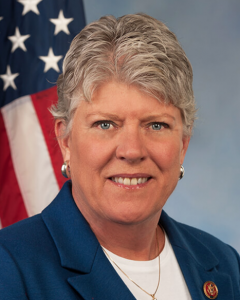 Current Position: US Representative of CA District 26 since 2013
Current Position: US Representative of CA District 26 since 2013
Affiliation: Democrat
Former Position: State Delegate from 2006 – 2012
District: located on the South Coast, comprising most of Ventura County as well as a small portion of Los Angeles County.
Upcoming Election:
Brownley served on the Santa Monica-Malibu Unified School District Board of Education from 1994 to 2006. During her time on the school board, she served three terms as president.
OnAir Post: Julia Brownley CA-26
Mike Garcia CA-27
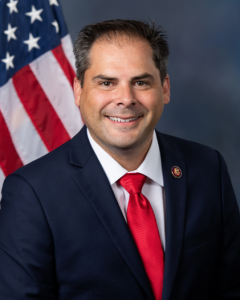 Current Position: US Representative of CA 25th District since 2020 (formerly 27th)
Current Position: US Representative of CA 25th District since 2020 (formerly 27th)
Affiliation: Republican
District: Most of northern Los Angeles County, including the cities of Santa Clarita, Palmdale, and Lancaster, and parts of the northwestern San Fernando Valley
Upcoming Election:
Quotes:
Decades of mismanagement have left our forests as overstocked tinderboxes waiting to burn. I’m taking steps to improve forest management policy by cosponsoring @RepWesterman’s Resilient Federal Forests Act of 2021, which would address the many threats of wildfire. @NatResources
OnAir Post: Mike Garcia CA-27
Judy Chu CA-28
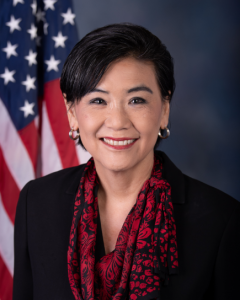 Current Position: US Representative of CA District 27 since 2009
Current Position: US Representative of CA District 27 since 2009
Affiliation: Democrat
Former Position: State Delegate from 2001 – 2006
Other positions: Subcommittee on Investigations, Oversight and Regulations.
Congressional Asian Pacific American Caucus
District: San Gabriel Valley in Los Angeles County and includes portions of Burbank and Glendale.
Upcoming Election:
Quotes:
#MyNameIs 趙美心 or Zhao-Mei-Shin. It means ‘beautiful heart’ in Mandarin. My grandparents risked it all & came here to offer their kids a better life. Now, their grandchild is the 1st Chinese American Congresswoman. #IWillVote bc Joe & Kamala know our diversity is our strength. @JudyChuCampaign
OnAir Post: Judy Chu CA-28
Tony Cárdenas CA-29
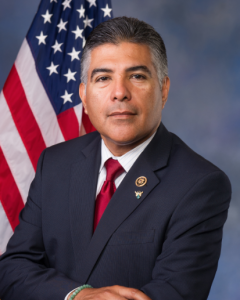 Current Position: US Representative of CA District 29 since 2013
Current Position: US Representative of CA District 29 since 2013
Affiliation: Democrat
Former Positions: Los Angeles City Council from 2003 – 2013; State Delegate from 1996 – 2002
Other positions: Subcommittee on Consumer Protection and Commerce
District: North central San Fernando Valley including the city of San Fernando, as well as the Los Angeles communities of Van Nuys, Pacoima, Arleta, Panorama City, Sylmar, and parts of Sun Valley and North Hollywood.
Upcoming Election:
Quotes:
In my community, the verdict is in on the reality of climate change. You can see it. You can breathe it. You can feel it. We’ve done work at a local, state and federal level, but we need to do more. The Green New Deal framework is the way forward.
OnAir Post: Tony Cárdenas CA-29
Adam Schiff CA-30
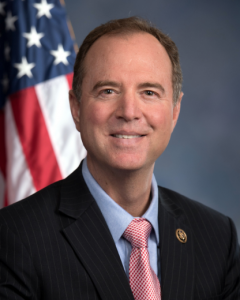 Current Position: US Representative of CA District 28 since 2001 (formerly 3oth)
Current Position: US Representative of CA District 28 since 2001 (formerly 3oth)
Affiliation: Democrat
Former Position: State Delegate for CA-21 from 1996 – 2000
District: Linda Vista neighborhood of Pasadena, and the Los Angeles area communities of Tujunga, Burbank, Glendale, Hollywood, West Hollywood, Edendale, Park La Brea, Hancock Park, and westside Echo Park.
Upcoming Election:
Quotes:
Our most sacred value – the right to vote – is on the line. @RepHankJohnson
and activists know the stakes. And they’re willing to risk their own freedom to preserve ours. We cannot let that sacrifice be in vain. We must end the filibuster. We must protect our democracy.
OnAir Post: Adam Schiff CA-30
Grace Napolitano CA-31
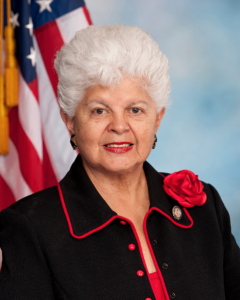 Current Position: US Representative of CA District 32 since 1999
Current Position: US Representative of CA District 32 since 1999
Affiliation: Democrat
Former Position: State Delegate from 1992 – 1998
District: Los Angeles County in the San Gabriel Valley
Upcoming Election:
Quotes:
DACA has allowed hundreds of thousands of immigrant youth to build lives here/make tremendous contributions to their communities & our economy. While no heartless ruling can change this fact, enough is enough! Time to deliver permanent protections/pathway to citizenship is now!
OnAir Post: Grace Napolitano CA-31
Brad Sherman CA-32
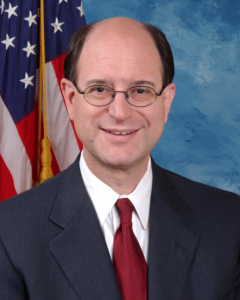 Current Position: US Representative of CA District 30 since 1997 (formerly 32nd)
Current Position: US Representative of CA District 30 since 1997 (formerly 32nd)
Affiliation: Democrat
Former Position: California Board of Equalization from 1991 – 1997
Other positions: Subcommittee on Investor Protection, Entrepreneurship, and Capital Markets
District: Malibu and the Los Angeles neighborhoods of Pacific Palisades, Beverly Glen, Bel Air, Studio City, Sherman Oaks, Woodland Hills, West Hills, Canoga Park, Winnetka, Reseda, Encino, Chatsworth, Northridge, Brentwood, North Hills, as well as the south side of Granada Hills.
Upcoming Election:
Quotes:
The House passed two important bills I helped to introduce, H.R. 826 and H.Res. 294. Both support reunions for the 100,000 or more Americans who are still divided from family members in North Korea.
OnAir Post: Brad Sherman CA-32
Pete Aguilar CA-33
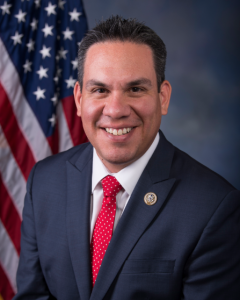 Current Position: US Representative of CA District 31 since 2015 (formerly 33rd)
Current Position: US Representative of CA District 31 since 2015 (formerly 33rd)
Affiliation: Democrat
Former Position: Mayor Redlands from 2006 – 2014
District: centered on San Bernardino
Upcoming Election:
Quotes:
This shouldn’t just be a bipartisan committee, it should be a nonpartisan committee. We will hold a fair and fact-based investigation in pursuit of the truth. That’s what the American people deserve and it’s what our oath requires. A Committee Member
Congressman Pete Aguilar: We need a path to citizenship and the American public is behind us
OnAir Post: Pete Aguilar CA-33
Jimmy Gomez CA-34
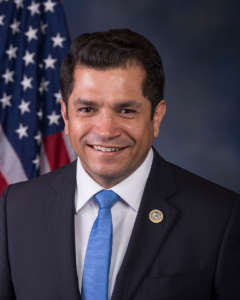 Current Position: US Representative of CA District 34 since 2023
Current Position: US Representative of CA District 34 since 2023
Affiliation: Democrat
District: The district is almost entirely within the City of Los Angeles and includes the following neighborhoods in Central, East, and Northeast Los Angeles: Boyle Heights, Chinatown, City Terrace, Cypress Park, Downtown Los Angeles, Eagle Rock, El Sereno, Garvanza, Glassell Park, Highland Park, Koreatown, Little Bangladesh, Little Tokyo, Lincoln Heights, Montecito Heights, Monterey Hills, Mount Washington, and Westlake.
Upcoming Election:
Before entering electoral politics, Gomez was a labor organizer, serving as the legislative and political director for the United Nurses Associations of California/Union of Health-Care Professionals (UNAC/UHCP) and the political representative for the American Federation of State, County, and Municipal Employees (AFSCME)
Norma Torres CA-35
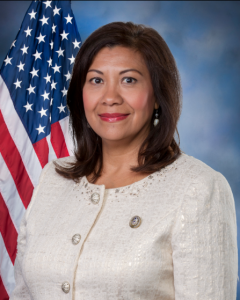 Current Position: US Representative of CA District 35 since 2015
Current Position: US Representative of CA District 35 since 2015
Affiliation: Democrat
Former Positions: State Delegate from 2008 – 2013; Mayor Pomona from 2006 – 2008
District: in the Inland Empire, including the communities of Chino, Eastvale, Fontana, Montclair, Ontario, Pomona, Rancho Cucamonga, and Upland.
Upcoming Election:
Quotes:
I’m greatly thankful to be recognized by @Forbes_CA
as one of the #100MostPowerfulWomen in Central America – it’s an honor to be among these women that are making a difference.
OnAir Post: Norma Torres CA-35
Ted Lieu CA-36
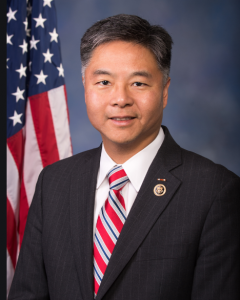 Current Position: US Representative of CA District 36 since 2015 (formerly 33rd)
Current Position: US Representative of CA District 36 since 2015 (formerly 33rd)
Affiliation: Democrat
Former Positions: State Senator from 2011 – 2014; State Delegate from 2005 – 2010
District: The 36th district is located primarily in the South Bay and Westside regions of Los Angeles.
Upcoming Election:
Quotes:
At the end of the day, we are all Americans.
White House officials and close allies of the president have expressed confidence that it is possible to “out-organize voter suppression.” That may be true. But we can’t out-organize gerrymandering. Want to see chaos? Speaker McCarthy. That’s why we need a filibuster exception.
OnAir Post: Ted Lieu CA-36
Sydney Kamlager-Dove CA-37
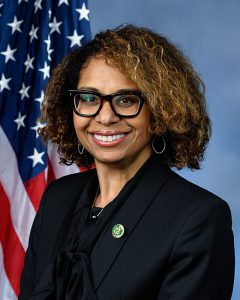 Current Position: US Representative of CA District 37 since 2023
Current Position: US Representative of CA District 37 since 2023
Affiliation: Democrat
District: The district includes Culver City, Inglewood, and the City of Los Angeles neighborhoods of Mid City, Century City, Beverlywood, View Park-Windsor Hills, Pico-Robertson, Exposition Park, University Park, Vermont Knolls, West Adams, Leimert Park, Jefferson Park, Vermont Square, Ladera Heights, Hyde Park, Crenshaw, and Baldwin Hills.
Upcoming Election:
Sydney Kai Kamlager-Dove previously served in the California State Senate, representing the 30th district. She has also served in the California State Assembly and as a trustee for the Los Angeles Community College District. She received her Master’s in arts management from the Heinz College at Carnegie Mellon University.[3] Her mother is actress Cheryl Lynn Bruce and her stepfather is artist Kerry James Marshall.[
OnAir Post: Sydney Kamlager-Dove CA-37
Linda Sánchez CA-38
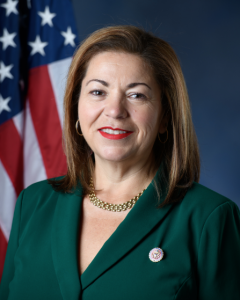 Current Position: US Representative of CA District 38 since 2003
Current Position: US Representative of CA District 38 since 2003
Affiliation: Democrat
Former Position:
District: suburban eastern Los Angeles County and Orange County, California
Upcoming Election:
Other positions: Co-Founder and Co-Chair, Congressional Labor and Working Families Caucus
Vice Chair, Congressional LGBTQ+ Equality Caucus (Vice Chair)
Quotes:
We can keep families together, grow our economy and protect workers, and effectively manage our borders. The #USCitizenshipAct will do just that. And I’m proud to sponsor it.
OnAir Post: Linda Sánchez CA-38
Mark Takano CA-39
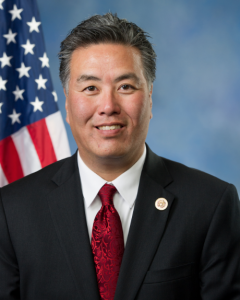 Current Position: US Representative of CA District 39 since 2013 (formerly 41st)
Current Position: US Representative of CA District 39 since 2013 (formerly 41st)
Affiliation: Democrat
Former Position: English Teacher from 1990 – 2013
Other positions: House Veterans Affairs Committee
District: parts of Riverside County, including Jurupa Valley, Riverside, Moreno Valley, and Perris.
Upcoming Election:
Quotes:
In 2012, I became the first openly gay person of color elected to Congress. Today I’m serving as Speaker Pro Tem as the House prepares to vote on the #EqualityAct. I’m thinking of those who marched and built a movement to protect the lives of LGBTQ+ people and expand our rights.
OnAir Post: Mark Takano CA-39
Young Kim CA-40
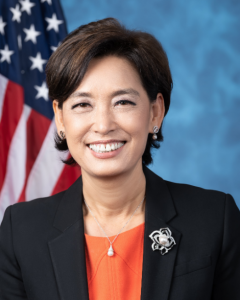 Current Position: US Representative of CA 40th District since 2021 (formerly 39th)
Current Position: US Representative of CA 40th District since 2021 (formerly 39th)
Affiliation: Republican
Former Position: State Delegate from 2014 – 2016
District: Orange, San Bernardino, and Riverside counties.
Upcoming Election:
Quotes:
More reckless federal spending is not the answer. It will only drive up inflation and lead to increased taxes, and debt. This reckless spending is irresponsible and unproductive. As a result, American taxpayers will be left with the check.
OnAir Post: Young Kim CA-40
Ken Calvert CA-41
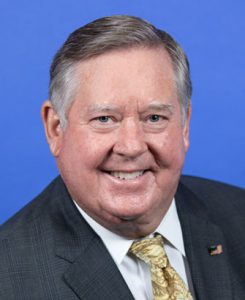 Current Position: US Representative of CA District 41 since 1993 (Formerly 42nd)
Current Position: US Representative of CA District 41 since 1993 (Formerly 42nd)
Affiliation: Republican
Former Position: Real Estate Industry from 1975 – 1999
Other positions: Subcommittee on Defense
District: includes the cities of Palm Springs, Menifee, Calimesa, Norco, Lake Elsinore, Wildomar, Rancho Mirage, Palm Desert, Indian Wells, La Quinta, and most of Corona
Upcoming Election:
Quotes:
In my op-ed in today’s Washington Times I explain how we can build infrastructure quicker and at a lower cost while maintaining environmental protections.
OnAir Post: Ken Calvert CA-41
Robert Garcia CA-42
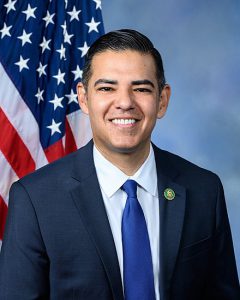 Current Position: US Representative of CA District 42 since 2023
Current Position: US Representative of CA District 42 since 2023
Affiliation: Democrat
District: located entirely within Los Angeles County, and is centered around Long Beach and its surrounding suburbs.
Upcoming Election:
Robert Julio Garcia is an American educator who served as the 28th mayor of Long Beach, California from 2014 to 2022. He was both the city’s youngest and first elected openly LGBT mayor, as well as the first Latino to hold the office. A former member of the Long Beach City Council, he was vice mayor from 2012 to 2014.
Mayor of Long Beach, California from 2014 to 2022. He was both the city’s youngest and first elected openly LGBT mayor, as well as the first Latino to hold the office. A former member of the Long Beach City Council, he was vice mayor from 2012 to 2014.
OnAir Post: Robert Garcia CA-42
Maxine Waters CA-43
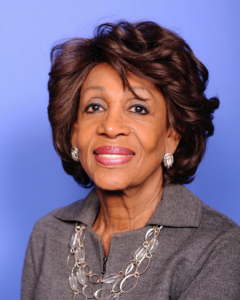 Current Position: US Representative of CA District 43 since 1991
Current Position: US Representative of CA District 43 since 1991
Affiliation: Democrat
Former Position: State Delegate from 1976 – 1990
District: southern part of Los Angeles County and includes portions of the cities of Los Angeles (including LAX) and Torrance.
Upcoming Election:
Other positions:
Chair, Committee on Financial Services
Chief Deputy Whip
Quotes:
Today is #NelsonMandelaDay! Had he lived, he would be 103 yrs old. As a legislator in California, I was able to have a bill signed that divested Calif. pension funds from corporations doing business in South Africa. We got Mandela released from prison & ended apartheid!
OnAir Post: Maxine Waters CA-43
Nanette Barragán CA-44
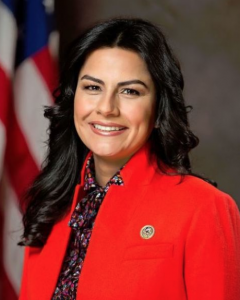 Current Position: US Representative of CA District 44 since 2017
Current Position: US Representative of CA District 44 since 2017
Affiliation: Democrat
Former Position: Hermosa Beach City Council from 2013 – 2015
District: The district is centered in South Los Angeles and the Los Angeles Harbor Region.
Upcoming Election:
Quotes:
Great to see @VP Harris meeting with #DACA recipients today and make clear the urgency in getting to a permanent solution. #HomeisHere for these talented individuals and Congress must act to support a permanent pathway to citizenship.
OnAir Post: Nanette Barragán CA-44
Michelle Steel CA-45
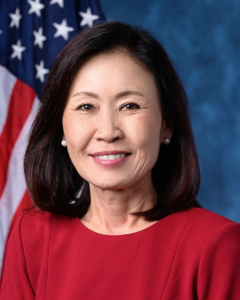 Current Position: US Representative of CA 45th District (formerly 48th)
Current Position: US Representative of CA 45th District (formerly 48th)
Affiliation: Republican
Candidate: 2023 US Representative for District 45
Former Position: Orange County Board of Supervisors from 2015 – 2021
District: Based in Orange and Los Angeles counties and includes all of Garden Grove, Westminster, Cerritos, Buena Park, Placentia, Hawaiian Gardens, Cypress, Fountain Valley, Artesia, Los Alamitos, Rossmoor, and La Palma, as well as parts of Brea, Lakewood, and Fullerton.
Upcoming Election:
Quotes:
As an immigrant whose parents fled a communist government, freedom and democracy are very personal to me. The authoritarian regime in Cuba is committing atrocious human rights violations against the protestors, and must be held accountable.
OnAir Post: Michelle Steel CA-45
Lou Correa CA-46
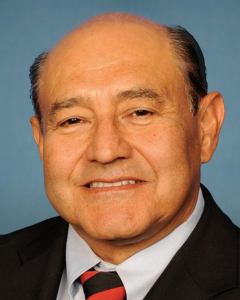 Current Position: US Representative of CA District 46 since 2017
Current Position: US Representative of CA District 46 since 2017
Affiliation: Democrat
Former Positions: State Senator from 2006 – 2014; Orange County Board of Supervisors from 2004 – 2006; State Delegate from 1998 – 2004
Other positions: Subcommittee on Oversight, Management, & Accountability
District: Based in Orange County and includes the communities of Anaheim, Santa Ana, and Stanton, as well as parts of Orange and Fullerton.
Upcoming Election:
Quotes:
Ds & Rs are working together to pass the #EqualAct & reform drug sentencing laws. We must eliminate policies that have disproportionate effects on different groups. Our decades-long war on drugs must turn to treatment and cure, as opposed to incarceration.
OnAir Post: Lou Correa CA-46
Katie Porter CA-47
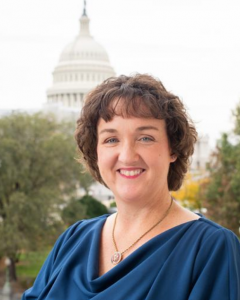 Current Position: US Representative of CA District 47 since 2019 (formerly 45th)
Current Position: US Representative of CA District 47 since 2019 (formerly 45th)
Affiliation: Democrat
Former Position: Lawyer from 2001 – 2019
District: Orange County to contain Irvine, Huntington Beach, Costa Mesa, Newport Beach and Seal Beach
Upcoming Election: US Senate candidate
Other positions:
Chair, Subcommittee on Oversight and Investigations
Vice Chair, Subcommittee on Government Operations
Quotes:
Big Pharma says they need to charge astronomical prices to pay for research and development. Yet, the amount they spend on manipulating the market to enrich shareholders completely eclipses what’s spent on R&D. Today, I confronted a CEO about the industry’s lies, with visuals
OnAir Post: Katie Porter CA-47
Darrell Issa CA-48
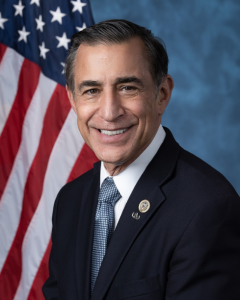 Current Position: US Representative of CA District 48 since 2021 (formerly 50th district)
Current Position: US Representative of CA District 48 since 2021 (formerly 50th district)
Affiliation: Republican
Former Position: Businessman from 1980 – 2001
Other positions: Subcommittee on Courts, Intellectual Property, and the Internet
District: San Diego County
Upcoming Election:
Quotes:
The solution is not for Twitter to suspend many of my Democrat colleagues and much of the White House staff for their serial misinformation over social media. The solution is for Big Tech to end its war on free speech.
OnAir Post: Darrell Issa CA-48
Mike Levin CA-49
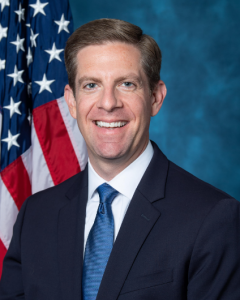 Current Position: US Representative of CA District 49 since 2019
Current Position: US Representative of CA District 49 since 2019
Affiliation: Democrat
Former Position: Trade Association Executive from 2002 – 2017
Other positions: Subcommittee on Economic Opportunity
District: covers the northern coastal areas of San Diego County, including Oceanside, Vista, Carlsbad, and Encinitas, as well as a portion of southern Orange County, including San Clemente, Dana Point, San Juan Capistrano, Ladera Ranch, and Coto de Caza.
Upcoming Election:
Quotes:
NEWS! I’m excited to announce the formation of my @SpentFuelCaucus. Spent fuel is an important issue for residents here in #CA49, and I’m eager to work with other Members who have similar situations in their districts. (P.S. go and give us a follow for updates on our progress).
OnAir Post: Mike Levin CA-49
More Information
Wikipedia
Contents
 |
|---|
The government of California is the governmental structure of the U.S. state of California as established by the California Constitution. California uses the separation of powers system to structure its government. It is composed of three branches: the executive, consisting of the governor of California and the other constitutionally elected and appointed officers and offices; the legislative, consisting of the California State Legislature, which includes the Assembly and the Senate; and the judicial, consisting of the Supreme Court of California and lower courts. There is also local government, consisting of counties, cities, special districts, and school districts, as well as government entities and offices that operate independently on a constitutional, statutory, or common law basis. The state also allows direct participation of the electorate by initiative, referendum, recall and ratification.
Executive branch
California’s elected executive officers are:
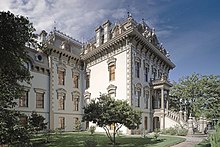
All offices are elected separately to concurrent four-year terms, and each officer may be elected to an office a maximum of two times.[1][2] The governor has the powers and responsibilities to: sign or veto laws passed by the Legislature, including a line item veto; appoint judges, subject to ratification by the electorate; propose a state budget; give the annual State of the State address; command the state militia; and grant pardons for any crime, except cases involving impeachment by the Legislature.[3] The lieutenant governor is the president of the California Senate and acts as the governor when the governor is unable to execute the office, including whenever the governor leaves the state.[4] The governor and lieutenant governor also serve as ex officio members of the University of California Board of Regents and of the California State University Board of Trustees.[5] Regulatory activity is published in the California Regulatory Notice Register and the general and permanent rules and regulations are codified in the California Code of Regulations.[6]
State agencies
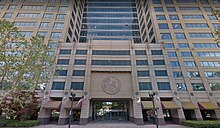

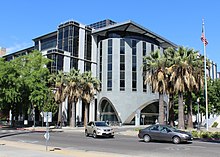
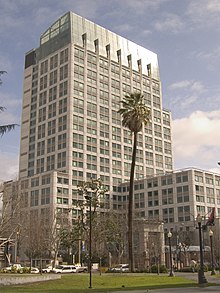
State government is organized into many departments, of which most have been grouped together into several huge Cabinet-level agencies since the administration of Governor Pat Brown. These agencies are sometimes informally referred to as superagencies, especially by government officials, to distinguish them from the general usage of the term “government agency”.[7][8] When Brown took office, he was dismayed to discover that under California law, approximately 360 boards, commissions, and agencies all reported directly to the governor, and proposed his “super-agency” plan (then spelled with a hyphen) in February 1961 to impose order on such chaos.[9] Brown appointed the secretaries of the first four superagencies (of eight then planned) in September 1961.[10]
The superagencies operate as “umbrella organizations”[7] or “semiautonomous fiefdoms,” but their Cabinet-level secretaries are not quite as powerful as they may appear at first glance.[11] The governor continues to directly appoint the leaders of superagency components. The appointments are announced by the governor rather than by the secretaries, who are merely a layer of management installed to ensure that the components of their respective superagencies can stay outside of the governor’s “routine attention span” (unless something goes wrong).[11] Today, the Cabinet-level agencies (superagencies) are the:[12]
- California Business, Consumer Services and Housing Agency (BCSH)
- California Government Operations Agency (CalGovOps)
- California Environmental Protection Agency (CalEPA)
- California Health and Human Services Agency (CalHHS)
- California Labor and Workforce Development Agency (LWDA)
- California Natural Resources Agency (CNRA)
- California State Transportation Agency (CalSTA)
The independently elected officers run separate departments not grouped within the superagencies, and there are other Cabinet-level departments:
- Department of Corrections and Rehabilitation (CDCR)
- Department of Education (CDE)
- Department of Finance (DOF)
- Department of Food and Agriculture (CDFA)
- Department of Insurance (CDI)
- Department of Justice (DOJ)
- Military Department
Independent entities
Most (but not all) of the leaders of these entities are normally appointed by the governor and confirmed by the state Senate. Despite their independence, the governor can exert influence on them over time by waiting for incumbent leaders to reach the ends of their terms and appointing new ones who support the governor’s current agenda.[13]
Examples include the:
- Regents of the University of California
- California State University Board of Trustees
- California Community Colleges Board of Governors
- California Public Utilities Commission
- California State Auditor
- Fair Political Practices Commission
Legislative branch

The California State Legislature is the state legislature. It is a bicameral body consisting of the California State Assembly, the lower house with 80 members, and the California State Senate, the upper house with 40 members.[14] Members of the Assembly serve two-year terms; members of the Senate serve four-year terms, with half of the seats up for election on alternate (two year) election cycles.[14]
The speaker of the California State Assembly presides over the State Assembly. The lieutenant governor is the ex officio president of the Senate and may break a tied vote, and the president pro tempore of the California State Senate is elected by the majority party caucus.
The Legislature meets in the California State Capitol in Sacramento. Its session laws are published in the California Statutes and codified into the 29 California Codes.
Judicial branch
The judiciary of California interprets and applies the law, and is defined under the Constitution, law, and regulations. The judiciary has a hierarchical structure with the Supreme Court at the apex. The superior courts are the primary trial courts, and the courts of appeal are the primary appellate courts.
The Judicial Council is the rule-making arm of the judiciary.[15][16]
The California Supreme Court consists of the chief justice of California and six associate justices. The court has original jurisdiction in a variety of cases, including habeas corpus proceedings, and has discretionary authority to review all the decisions of the California courts of appeal, as well as mandatory review responsibility for cases where the death penalty has been imposed. The courts of appeal are the intermediate appellate courts. The state is geographically divided into six appellate districts.[17][18] Notably, all published California appellate decisions are binding on all superior courts, regardless of appellate district.[19]
The California superior courts are the courts of general jurisdiction that hear and decide any civil or criminal action which is not specially designated to be heard before some other court or governmental agency. As mandated by the Constitution, each of the 58 counties has a superior court.[20] The superior courts also have appellate divisions (superior court judges sitting as appellate judges) which hear appeals from decisions of other superior court judges (or commissioners, or judges pro tem) in cases previously heard by inferior courts, such as infractions, misdemeanors, and “limited civil” actions (actions where the amount in controversy is below $25,000).
Direct democracy
The state also allows direct participation of the electorate by initiative, referendum, and recall.
Watchdog evaluations
In a 2015 review by the nonprofit Center for Public Integrity of how effectively states promote transparency and procedures to reduce corruption, California received a C−, the second-highest grade in the country.[21] It ranked particularly low in public access to information and judicial transparency.[21]
In 2005, Pew Research Center‘s Government Performance Project gave California a grade C−, tied for last with Alabama.[22] By 2008, when the last report was issued, California had a C, which placed it near the bottom of the states.[23] In discussing the results, the report noted that the personnel system is known to be dysfunctional, and that the Human Resources Modernization Project was underway to address the issue.[24]
Local government
California is divided into counties which are legal subdivisions of the state.[25] There are 58 counties, 482 California cities,[26] about 1,102 school districts,[27] and about 3,400 special districts.[28] Counties and incorporated cities may promulgate local ordinances, which are usually codified in county or city codes, respectively, and are misdemeanor crimes unless otherwise specified as infractions.[29] School districts, which are independent of cities and counties, handle public education.[27] Special Districts deliver specific public programs and public facilities to constituents, and are defined as “any agency of the state for the local performance of governmental or proprietary functions within limited boundaries”.[30]
- City halls in California
See also
References
- ^ Alfieri, Joe (18 October 2010). “Jerry Brown defies intent of California term limits”. Contra Costa County Conservative Examiner. Examiner.com.
- ^ Constitution of California, article 5, section 2
- ^ Ferguson, Margaret R., ed. (2006). “Roles, Functions, and Powers of the Governors”. The Executive Branch of State Government: People, Process and Politics. ABC-CLIO.
- ^ In re Governorship, 26 Cal.3d 110, 401 (Supreme Court of California 1979) (“we conclude that the Lieutenant Governor has authority to exercise all gubernatorial powers of appointment while the Governor is physically absent from the state and that the Governor has authority to withdraw the appointment until the confirmation of appointment becomes effective.”).
- ^ “Overview, Board of Trustees”. California State University. Archived from the original on 1 February 2010. Retrieved 15 June 2011.
- ^ Watt, Robert; Johns, Francis (2009). Concise Legal Research. Federation Press. p. 223. ISBN 978-1-862-87723-8.
- ^ a b Van Vechten, Renée B. (2011). California Politics: A Primer (2nd ed.). Los Angeles: SAGE. p. 63. ISBN 9781452203065. Retrieved 25 February 2019.
- ^ Lawrence, David G.; Cummins, Jeffrey (2019). California: The Politics of Diversity (10th ed.). Lanham: Rowman & Littlefield. p. 167. ISBN 9781538129302.
- ^ Blanchard, Robert (February 14, 1961). “Brown Criticized for His Super-Agency Proposal”. Los Angeles Times. p. 1. Available through ProQuest Historical Newspapers.
- ^ Gillam, Jerry (October 1, 1961). “Brown Picks 8-Member Cabinet: Four Named to Head New State Super-Agencies”. Los Angeles Times. p. 1. Available through ProQuest Historical Newspapers.
- ^ a b Lawrence, David G.; Cummins, Jeffrey (2019). California: The Politics of Diversity (10th ed.). Lanham: Rowman & Littlefield. p. 168. ISBN 9781538129302.
- ^ “Governor Brown’s Government Reorganization Plan Becomes Law”. Office of the Governor of California. 3 July 2012. Archived from the original on 18 October 2012. Retrieved 26 July 2012.
- ^ Kerr, Clark (2001). The Gold and the Blue: A Personal Memoir of the University of California, 1949-1967, Volume 2. Berkeley: University of California Press. p. 301. ISBN 9780520925014. Retrieved 3 July 2020.
- ^ a b Constitution of California, article 4, section 2(a)
- ^ Constitution of California, Article 6, Section 6(d)
- ^ “Judicial Council”. Judicial Council of California.
- ^ Constitution of California, Article 6, § 3
- ^ California Government Code § 69100
- ^ Auto Equity Sales, Inc. v. Superior Court,, 57 Cal. 2d 450, 369 P.2d 937, 20 Cal. Rptr. 321 (1962).
- ^ Constitution of California, Article 6, § 4
- ^ a b “California gets C- grade in 2015 State Integrity Investigation”. Center for Public Integrity. 2015-11-09. Retrieved 2016-12-05.
- ^ “State civil service reform: California’s Human Resource Modernization project in a comparative perspective – SEIU Local 1000”. www.seiu1000.org. Retrieved 2016-12-04.
- ^ Johnson, Neal. “NLPES/NALFO Seminar Madison, Wisconsin September 26, 2008” (PDF). Pew Center on States.
- ^ “Grading the States 2008: Pew’s 50-State Report Card Evaluates How States Manage Public Resources”. www.pewtrusts.org. Retrieved 2016-12-05.
- ^ Constitution of California, article 11, section 1
- ^ “Learn About Cities”. League of California Cities. Retrieved 13 March 2014.
- ^ a b Individual State Descriptions: 2007 (PDF), 2007 Census of Governments, United States Census Bureau, November 2012, pp. 25–26
- ^ Mizany, Kimia; Manatt, April. What’s So Special About Special Districts? A Citizen’s Guide to Special Districts in California (PDF) (3 ed.). California Senate Local Government Committee. Archived from the original (PDF) on 2011-07-04. Retrieved 2008-12-09.
- ^ California Government Code §§ 25132, 36900 et seq.
- ^ California Government Code § 16271(d)
External links
